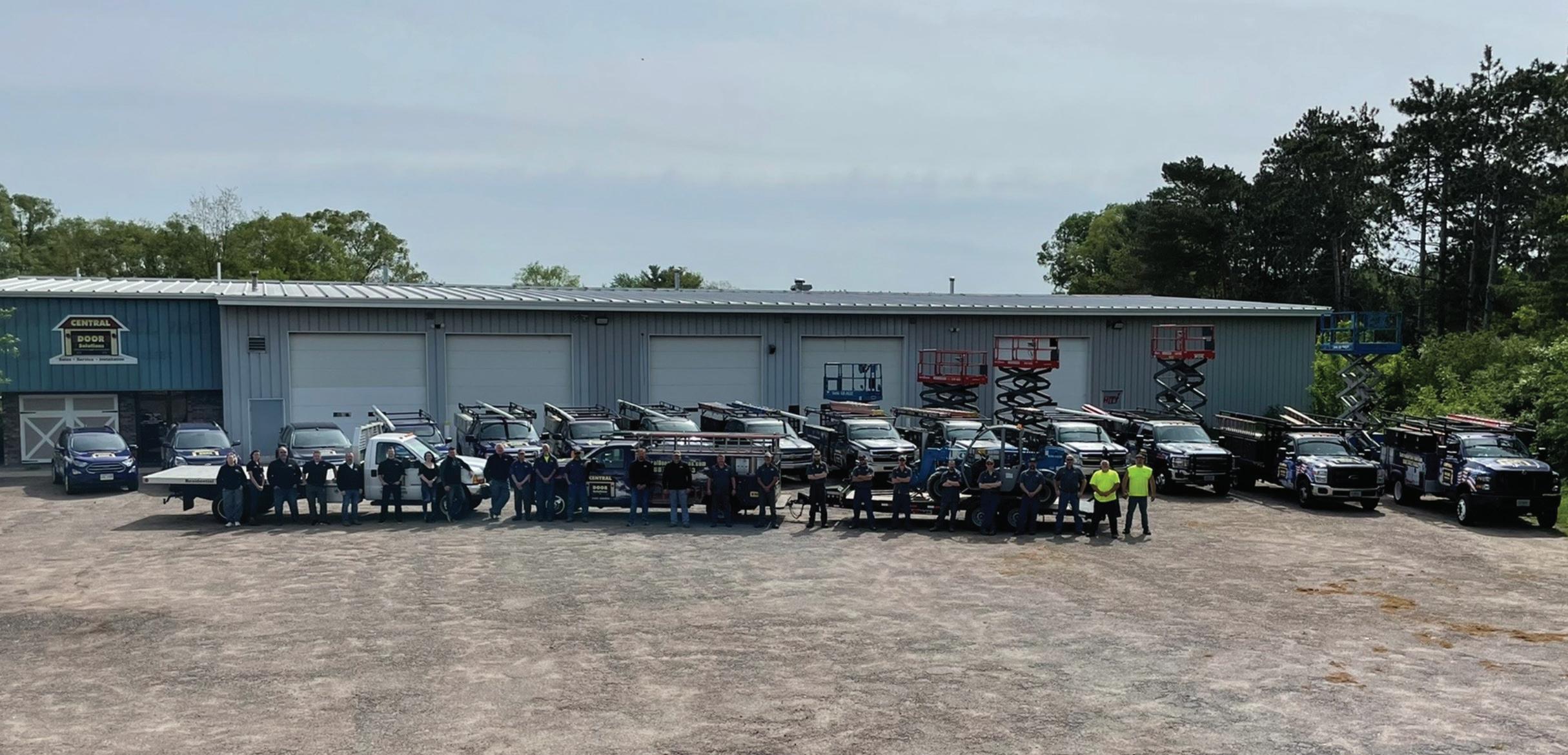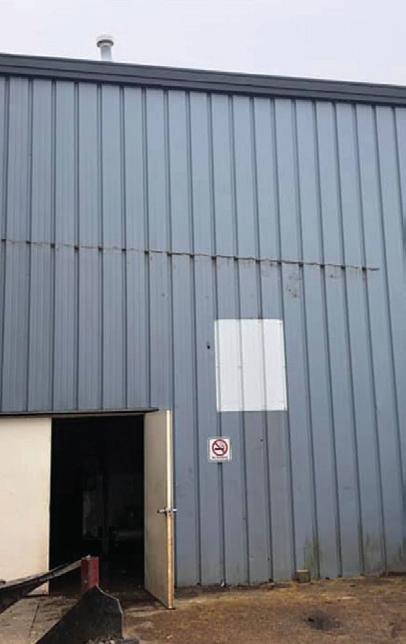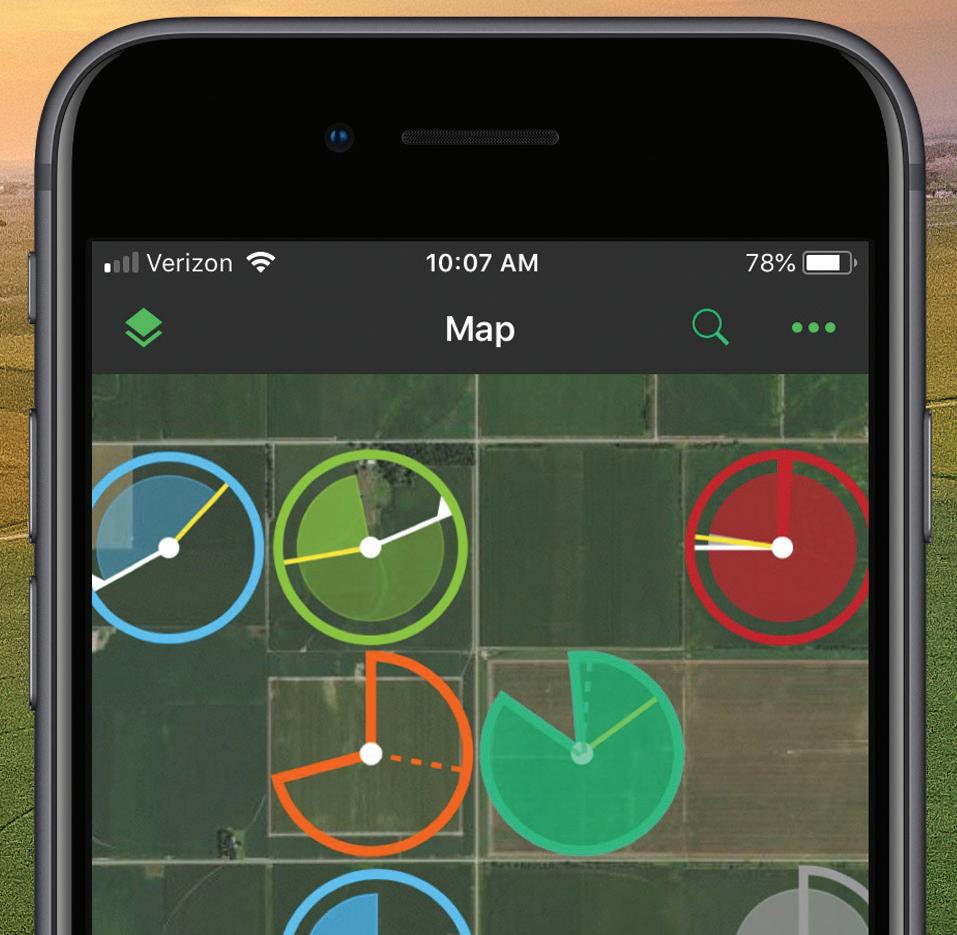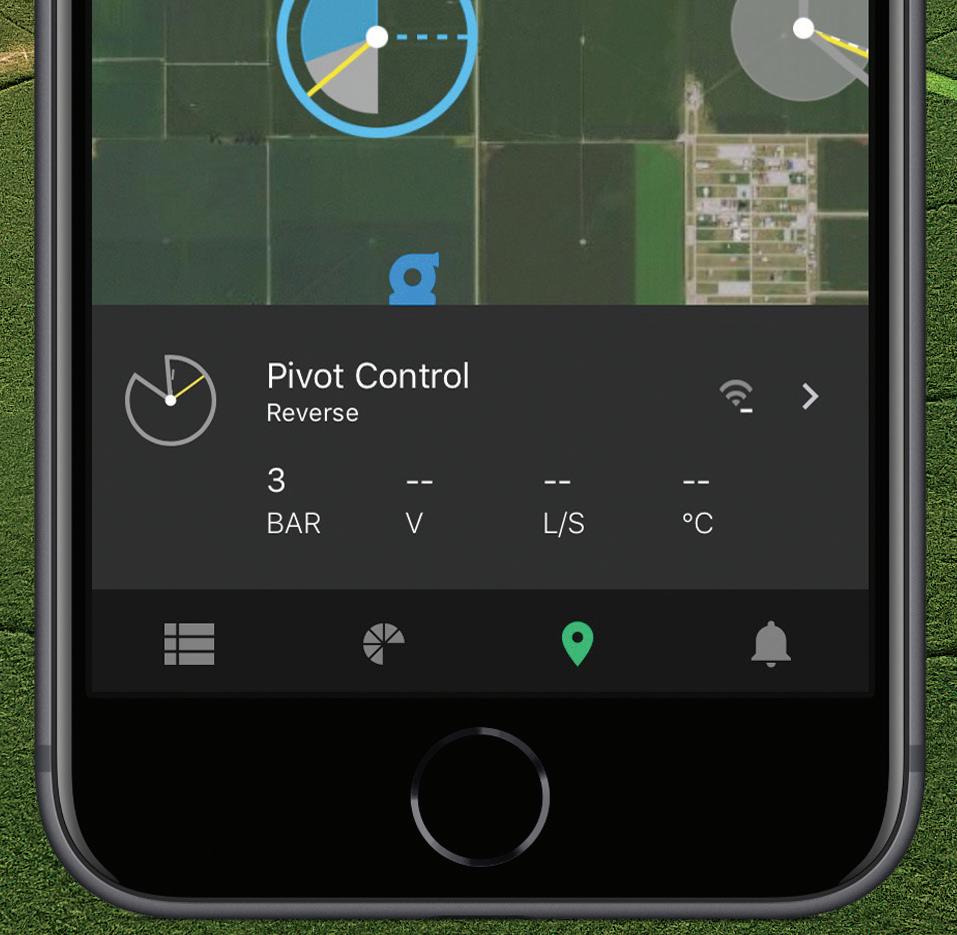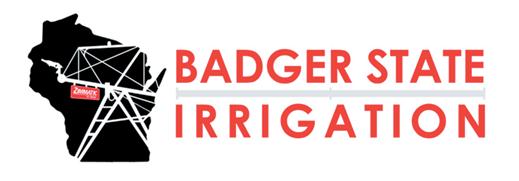




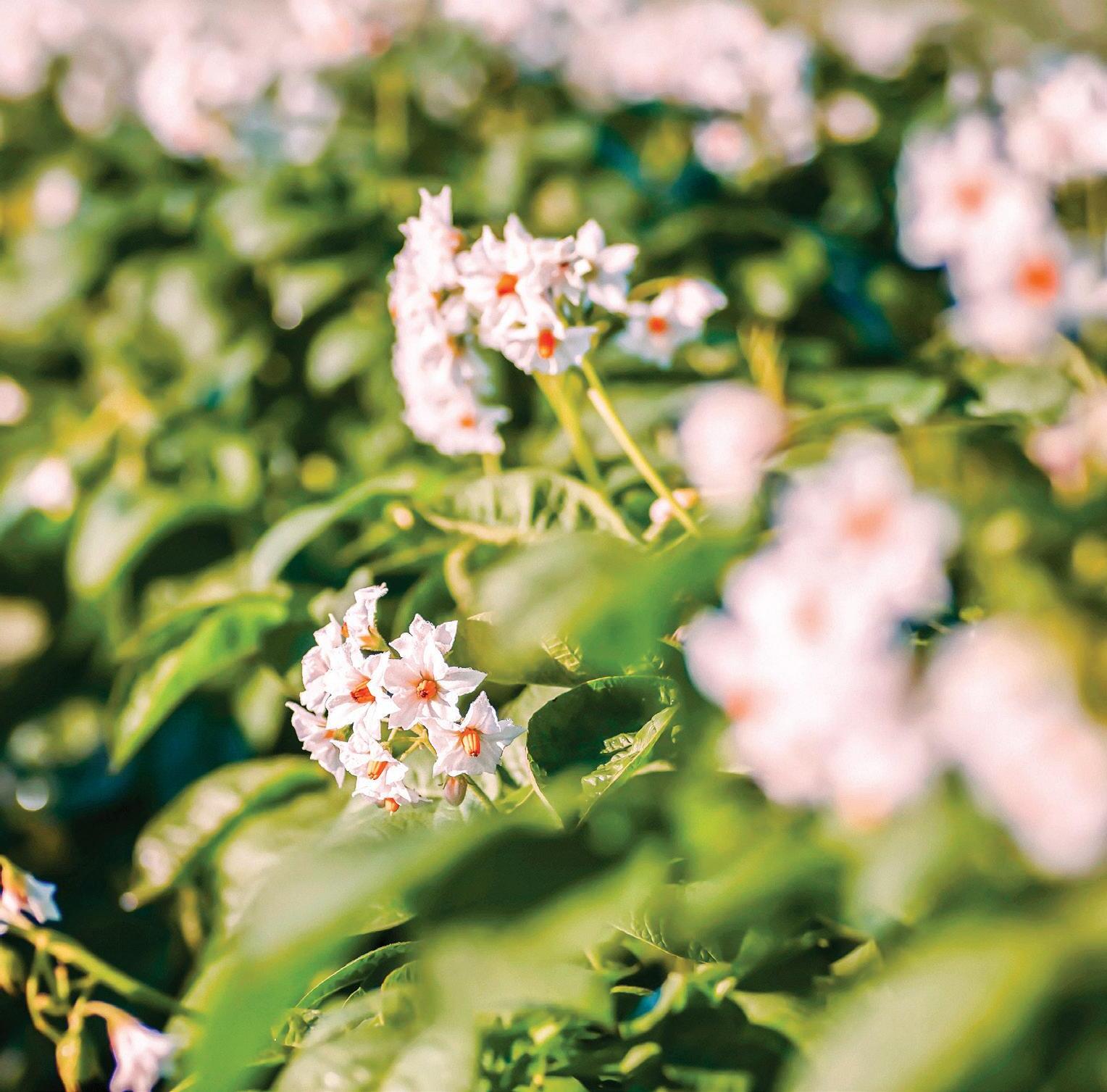


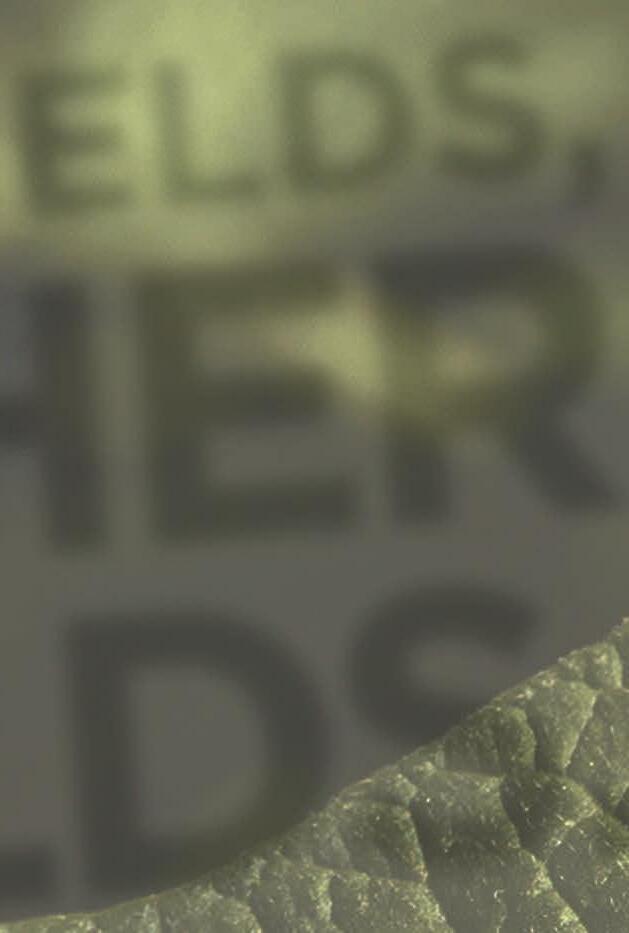


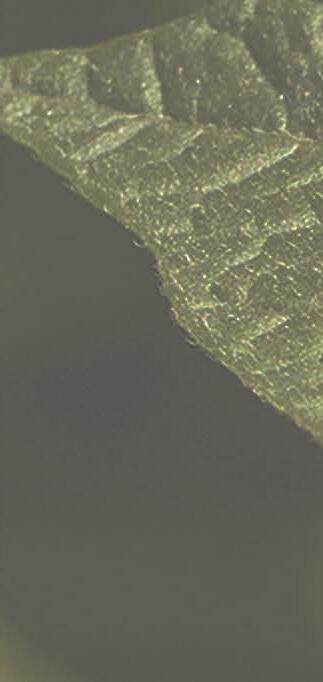

Including PureGrade® Liquid Fertilizers in your program will ensure your crop has the nutrients to reach its full potential. PureGrade Liquid Fertilizers include both Low-Salt Starters and Low-Salt Foliars, and are compatible with MicroSolutions EDTA Chelated Micronutrients. Contact Nutrien-Great Lakes, leaders in high leverage crop fertility programs, to learn more about PureGrade Liquid Fertilizers and MicroSolutions Micronutrients.


FEATURES
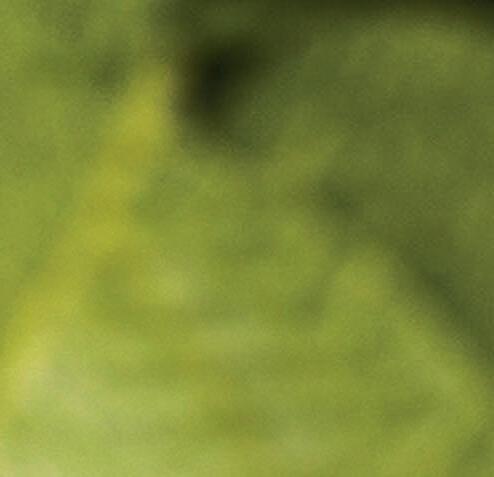
•Chloride free
•Near neutral pH
•100% water soluble
•Trouble-free
•Non-corrosive
•Low rates per acre

AVAILABLE PRODUCTS
7-25-5 GoldStart®
9-18-9 GoldStart
5-15-15 GoldStart
6-24-6 GoldStart
3-18-18 GoldStart 10-10-10 GoldStart
5-18-10-1 GoldStart Chelated Micronutrients

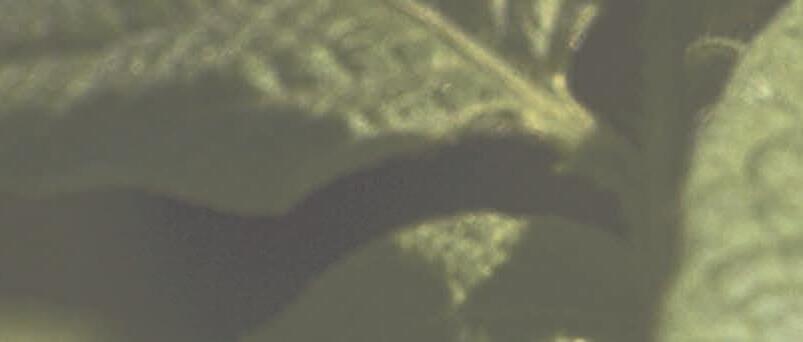



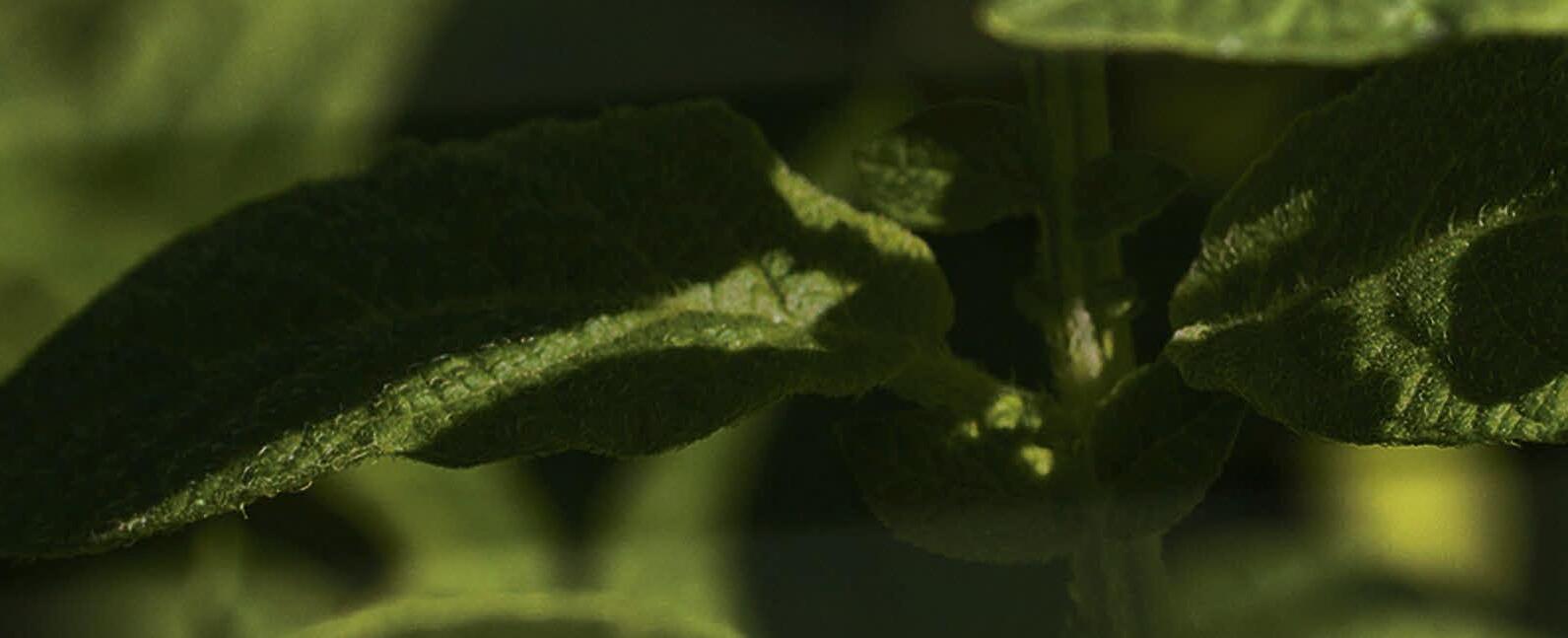

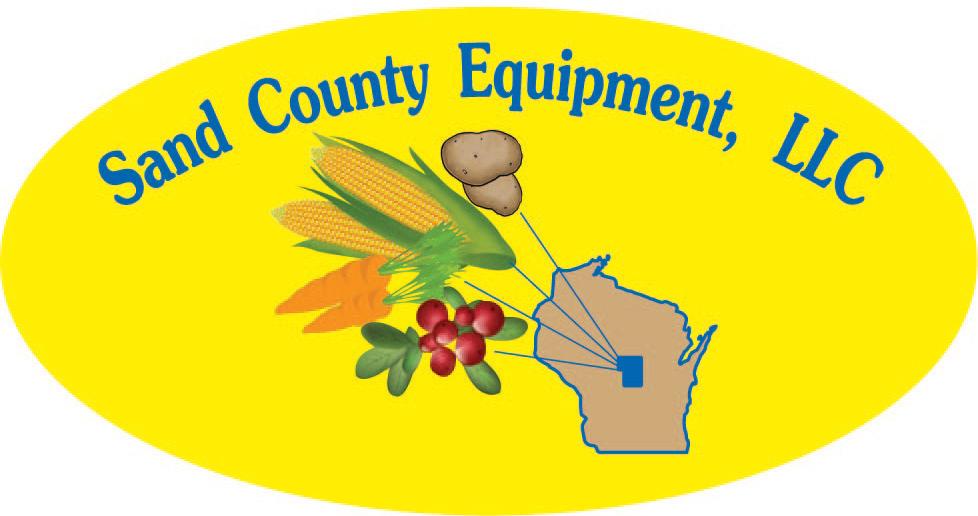
Please join us for a Seed Cutting Class • Thursday, February 6
Milestone and more vendor reps will be present • 1:00 p.m. at Sand County Equipment Lunch will be served beforehand, at noon, with beverages!

Bryan and Lacey Bula of Bryan Bula Farms, LLC, in Grand Marsh, Wisconsin, stand by one of the numerous crates it takes to store their potato crop. A new storage and grading facility being built on the farm is 172x110 feet with a 24-foot ceiling for storing potatoes in boxes 20 feet high. Bryan Bula Farms was one of the first five potato operations in the state contracted by The Little Potato Company when it opened a facility in Deforest, Wisconsin.
On the Cover: Treated Purple Prince seed potatoes grown for The Little Potato Company (LPC) are loaded into a planter at Bryan Bula Farms, LLC, in Grand Marsh, Wisconsin. In 2024, the family-owned operation raised 420 acres for LPC, including summer and storage crops, and a 36-acre field of A-size potatoes for Alsum Farms & Produce.



Seed Potato Certification

Spudly & the Spudmobile serve Madison Marathon runners baked potatoes
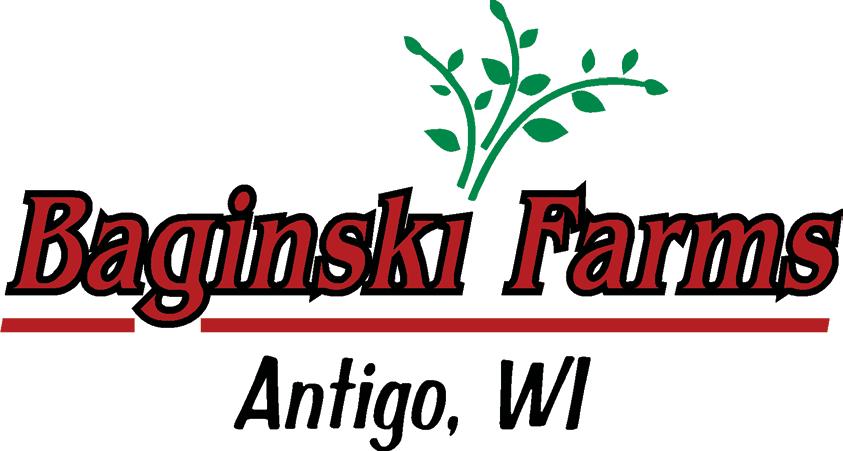
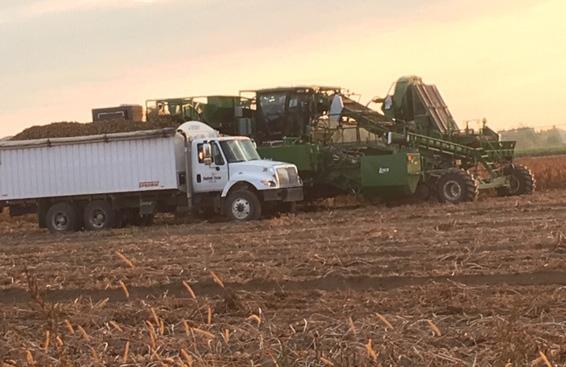
WPVGA Board of Directors:
PresideNt: Charlie Mattek
Vice PresideNt: JohN Bustama Nte
Secretary: Alex Okray
Treasurer: WeNdy Dykstra
Directors: Mike BagiNski, Ra Ndy Fleishauer, JohN HopfeNsperger, Josh KNights & J.D. Schroeder
Wisconsin Potato Industry Board:
PresideNt: Heidi Alsum-Ra Ndall
Vice PresideNt: ANdy Diercks
Secretary: Nicola Carey
Treasurer: Keith Wolter
Directors: JohN FeNske, Rod Gumz, Jim Okray, Eric Schroeder & Tom Wild
WPVGA Associate Division Board of Directors:
PresideNt: Matt SeleNske
Vice PresideNt: Etha N OlsoN
Secretary: Morga N Smolarek
Treasurer: Paul Salm
Directors: Melissa Heise, Brady Patoka, Scott Scheer, Sally Suprise & Bra NdoN Taylor
Wisconsin Seed Potato Improvement
Association Board of Directors:
PresideNt: Jeff SuchoN
Vice PresideNt: Charlie HusNick
Secretary/Treasurer: Mitch Mattek
Directors: ANdy Schroeder & CloVer Spacek
Wisconsin Potato Growers
Auxiliary Board of Directors: PresideNt: Heidi Schleicher
Vice PresideNt: Dakotah Smiley
Secretary/Treasurer: Sama Ntha Cypher
Directors: Jody BagiNski, Misti KiNNisoN, JeNN a SuchoN & EriN Meister
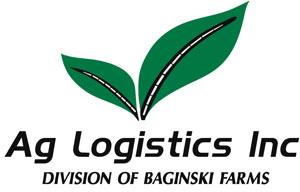
WPVGA Staff
ExecutiVe Director: Tamas Houliha N
Ma N agiNg Editor: Joe Kertzma N Director of PromotioNs & CoNsumer
EducatioN: Da N a Rady
FiN a Ncial Officer: KareN RasmusseN
ExecutiVe Assista Nt: Julie BrauN
Program Assista Nt: Ja Ne GuilleN
Spudmobile EducatioN a Nd Outreach
AdmiNistrator: George Neuber
WPVGA Office
(715) 623-7683 • FAX: (715) 623-3176
E-mail: wpvga@wisconsinpotatoes.com
Website: www.wisconsinpotatoes.com
LIKE US ON FACEBOOK: www.facebook.com/WPVGA
We had a Santa sighting at Plover River Farms in Plover, Wisconsin, over the holiday season. Dan Walsch, agronomist for Plover River Farms, phoned me one day and asked if I’d stop out and take some pictures at night when the lights were shining, and there in the potato truck was Santa. I caught him red suited, and here I thought he was still going about his business in a sleigh with reindeer. Don’t tell the kiddies, though I’m not sure a potato truck is an upgrade. Regardless, it’s nice to know Dan thought of me and asked me to take some pictures, and that the holiday spirit is alive and well. I hope you all had happy holidays.


Ushering in 2025 is Potato Expo in Orlando, Florida, January 9-10, which we’ll have complete coverage of in our February 2025 issue. In this issue is a preview of the University of Wisconsin (UW) Division of Extension and WPVGA Grower Education Conference & Industry Show, to be held February 4-6 in Stevens Point. Dr. Russell L. Groves, a WPVGA base-funded researcher in the UW-Madison Department of Entomology, and the Grower Education Conference Committee have put together an incredible lineup or speakers who will address issues pertinent to potato and vegetable growers and ag industry professionals. See the preview story.
We had good news in the latter half of 2024, with Walmart accepting Wisconsin Healthy Grown as a valid Integrated Pest Management (IPM) certification program meeting the retailer’s strict sustainability and U.S. Pollinator Health Position requirements. Starting with the 2025 season, those certified in the Healthy Grown program can provide documents to Walmart and will be able to sell produce into the retail giant’s stores. Read the complete feature article in this issue.
The Wisconsin potato crop looks good despite heavy spring rains during the 2024 growing season. WPVGA Executive Director Tamas Houlihan reports on the crop, acreage, and yield in this issue, giving a region-byregion rundown on everything from crop quality to potato size profiles and more. The quality is very good, there was no late blight and no frost damage, and reports indicate about a 5% loss in planted acreage statewide due to excessively wet conditions. Yields for early potatoes were close to average, while yields and quality for early processing varieties were also good. See his complete report herein.
Please email me with your thoughts and questions. If you wish to be notified when our free online magazine is available monthly, here is the subscriber link: http://wisconsinpotatoes.com/blog-news/subscribe.
Joe Kertzman Managing Editor

N1435 Cty Rd D
Antigo, WI (715) 623-2689 farm@sbfi.biz johnt@sbfi.biz

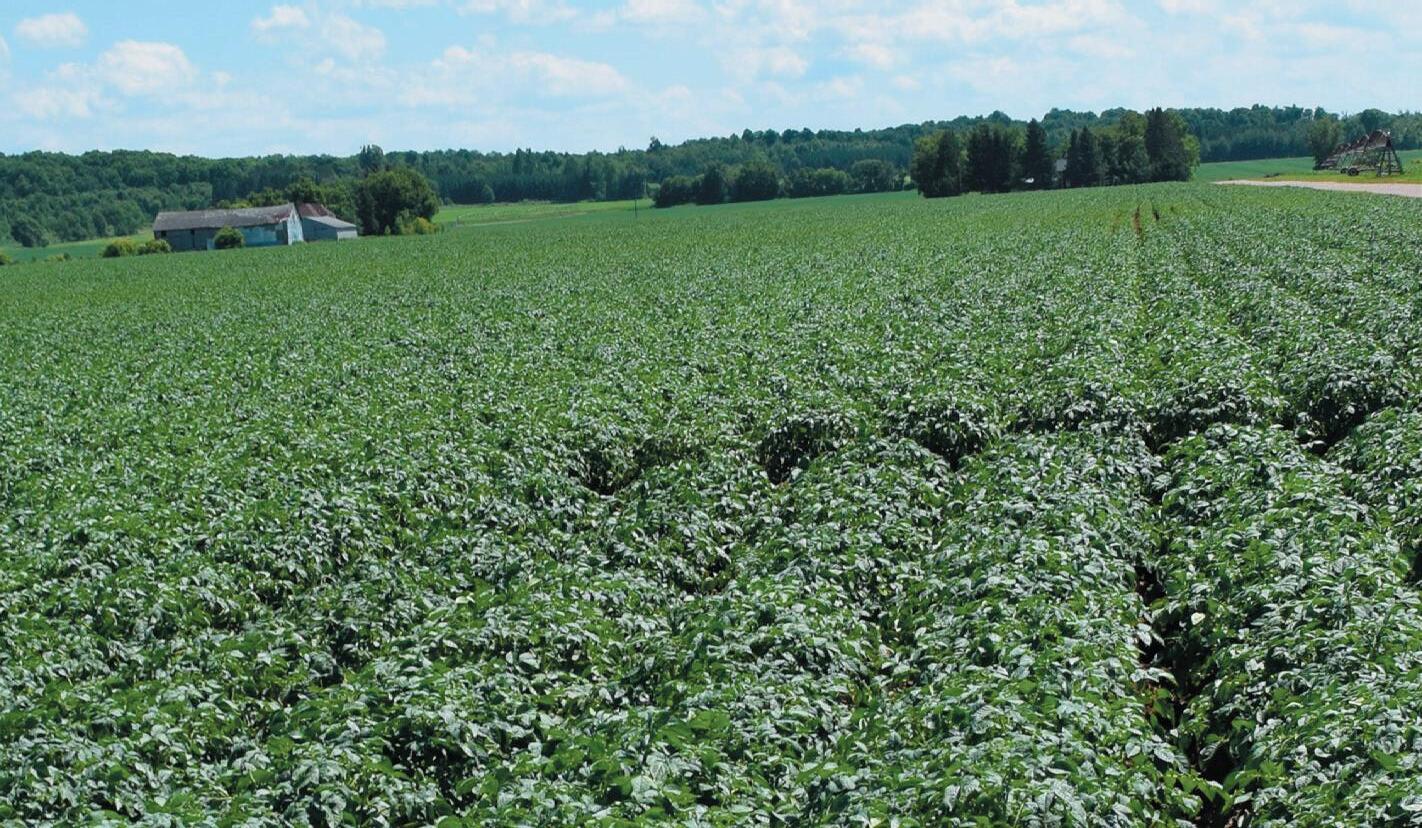
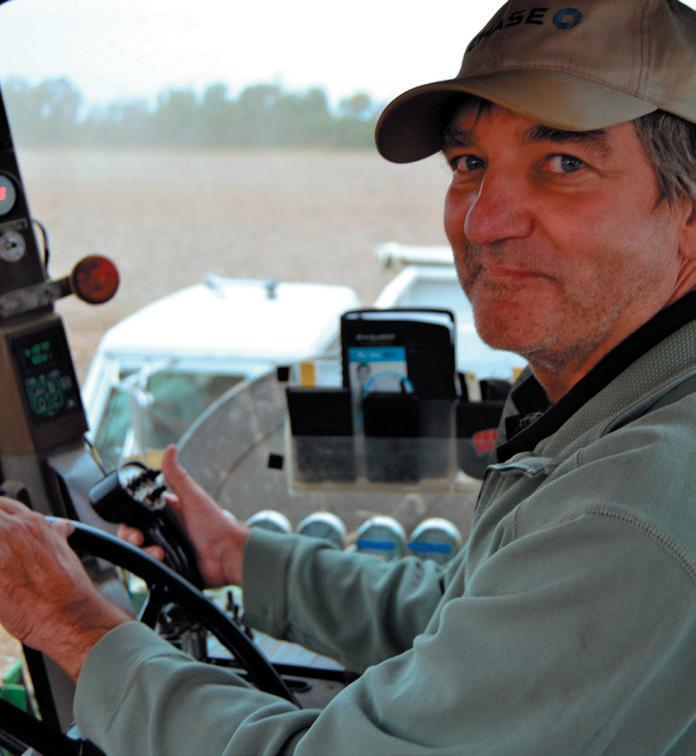

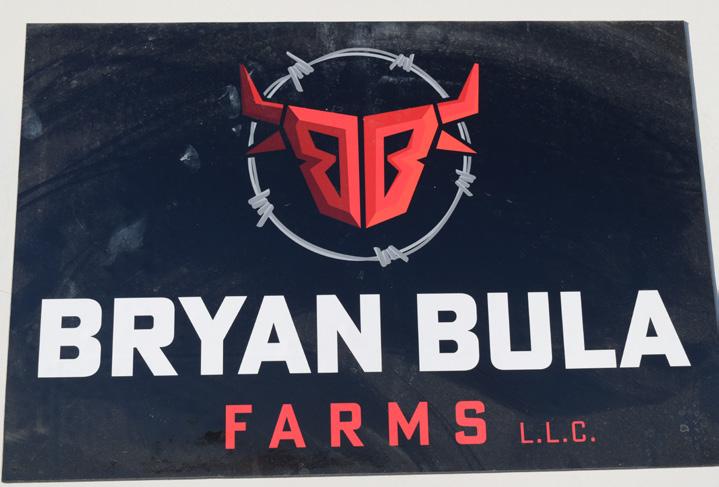
NAME: Bryan Bula
TITLE: Owner
COMPANY: Bryan Bula Farms, LLC
LOCATION: Grand Marsh, WI
HOMETOWN: Born in Antigo, but has lived most of his life in Grand Marsh
YEARS IN PRESENT POSITION: Twenty-five
PREVIOUS EMPLOYMENT: Farm manager for the family farm, Gary Bula Farms (still current in this position)
SCHOOLING: Adams-Friendship High School, and UW-Madison Agricultural Short Course
ACTIVITIES/ORGANIZATIONS: Member of the Wisconsin Potato & Vegetable Growers Association and American Angus Association
AWARDS/HONORS: Several corn and soybean yield awards from Allied Coop and a The Little Potato Company
FAMILY: Wife, Lacey, who has a business management and software developer degree; and children, Ayziah (24), who’s in cosmetology school, Jaiden (22), in his third year of school for physical therapy, and Kera (20), who’s in her first year of school for marketing
HOBBIES: Bear hunting with hounds, deer hunting, and snowmobiling
By Joe Kertzman, managing editor, Badger Common’Tater
“It’s the country in me,” Bryan Bula says about why he stuck with farming after graduating from high school and enrolled in the Agricultural Short Course at UW-Madison. “I don’t know what else I’d see myself doing. I don’t think I could handle working indoors.”
Bula was one of the first five potato growers contracted by The Little Potato Company when it opened a facility in Deforest, Wisconsin. Those growers included Bryan Bula Farms, Taterland Farms, Flyte Family Farms, Kevin Sigourney Farm, and Coloma Farms.
Now several other Wisconsin potato growers also raise Creamers for The Little Potato Company.
At a young age, Bryan started out by farming some dryland parcels on his parents’ farm and then began renting small parcels from neighboring
properties with corn and soybean rotation.
While in college, he began gearing up for a beef cow-calf operation with rotational grazing on irrigated pastures.
Not one to rest on his laurels, Bryan also embarked on custom sprayer work, purchasing a 126-foot selfpropelled spray rig and using it to do work on the family farm. He also picked up additional spraying
Above: Bryan Bula poses in front of a John Deere 8345 R, his main tractor for potato planting and harvest.
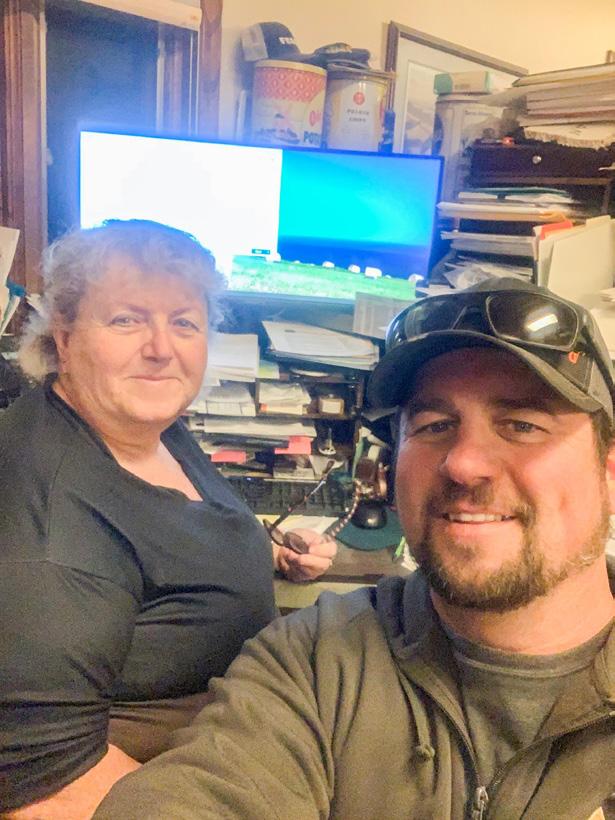

work on canning crop acreage for Lakeside Foods, and seed corn acres for Kaltenberg Seeds, now called DSP (Diversified Seed Producers).
What was it like growing up on Gary Bula Farms, and what were your responsibilities? I worked on the farm after school and on weekends helping plant potatoes and, in the fall, helped harvest the crops at our Wisconsin farm.
I was running a big disc tractor by the time I was in 7th grade, and was cutting, raking and baling hay before that.

I spent a lot of my summers through middle school and high school going to Benton, Missouri. In 1993, my parents established a farm in southeast Missouri, and I’d go down and help during harvest to run the piler, load trucks, and as I got older, run the potato harvester.
Then, we grew potatoes in Dixon, Illinois, for McCain Foods, so I spent a couple summers hilling potatoes down there.
I enjoy going back to our family farm in Missouri more now than I did then. After Lacey and I married and continued on pg. 10
Above: Bryan Bula is shown with his father, Gary, in the image above and mother, Lynda, in the photo at left, both of whom instilled a solid work ethic in him. “Mom taught me and my family that farming isn’t always about the work done in the field; the office work is just as important,” Bryan says. The John Deere 4430 that Bryan and Gary are standing next to is the first new tractor purchased by Gary and Lynda Bula and is still being used today. It was the first second-generation John Deere in Antigo at the time, and the first with air conditioning. It cost $12,500 with 30 hours on it, and now has 14,000 hours and is still going. Gary’s mother scolded him for spending so much money at the time, but it may have been worth it because he says, when he dies, he’d love it if they’d bring in a backhoe, dig a hole, and bury him in it.


It’s all in the family for Bryan Bula, shown with daughter, Ayziah, above, and wife, Lacey, center in the second photo to the right, along with their son, Jaiden, and daughter, Kera. Each of them has worked on Bryan Bula Farms in one capacity or another.
while we were raising our children, it wasn’t feasible for me to go back to Missouri as often, so I primarily stayed here.
I started growing Creamers for The Little Potato Company, in 2016, and a


year later, they asked me to fill a void at the plant in Deforest by growing a summer crop fresh off the field in southeast Missouri.
In the summer of 2017, I traveled back to Missouri, renting land from

my parents, and grew 36 acres of Creamer potatoes. I would dig at night with a Grimme harvester when the temperature was cooler and load them early in the morning for delivery to the Deforest plant the following day.
That year was a success, but when I went back in 2018 after I had my crops planted, it was an awfully hot year. Once vine killing occurs and you’re digging in the heat of July, the quality of the potatoes can rapidly diminish.
That, in combination with the costs of trucking and shipping, prompted us to come to a mutual agreement and abandon trying to grow a summer crop in that part of the country.
How many acres of potatoes do you grow for The Little Potato Company and Alsum Farms & Produce, and on what rotation? In 2024, I raised 420 acres for The Little Potato Company, including a summer crop and a storage crop, and a 36-acre field of A-size yellows for Alsum Farms & Produce.
I’m on a two-year rotation, sometimes three, with green beans, soybeans, field corn and seed corn contracted to DSP, Henry Farms, Allied Coop or United Grain in Westfield.
Do you continue to raise beef on the farm? I recently decreased from 200 down to 50 head of beef. I used to do some AI (artificial insemination) breeding, but now I rely on my bulls. I market our calves in Bloomington, Wisconsin, at the Bloomington Livestock sale barn. I enjoy the beef and find raising cattle relaxing and a change of pace.
Did you and your siblings each buy land from your parents? I’m continuing to build up acreage of my own. Throughout the past several years, I have bought and developed irrigated land and have some dryland as well.
My parents are currently working on transition planning, which may lead
to me and/or my siblings purchasing some parcels from them in the future.
Is your wife involved on the farm? She is, and without her, I couldn’t do what I’m doing today. She works a full-time job and handles all the paperwork side of the farm business, such as payroll for employees, paying the bills, handling all the accounts receivable, assisting with insurance, and preparing and completing the farm audits.
–
Bryan Bula
Lacey will even run a tractor, help disc, drive the combine, hill potatoes, mark the field ahead of me, plant, and cut and bale hay. There’s not much she won’t do to help, including loading semis late at night for nextday deliveries.
How many people do you employ?
Aside from my wife and myself, I have two full-time employees, one is my brother-in-law, and the
continued on pg. 12
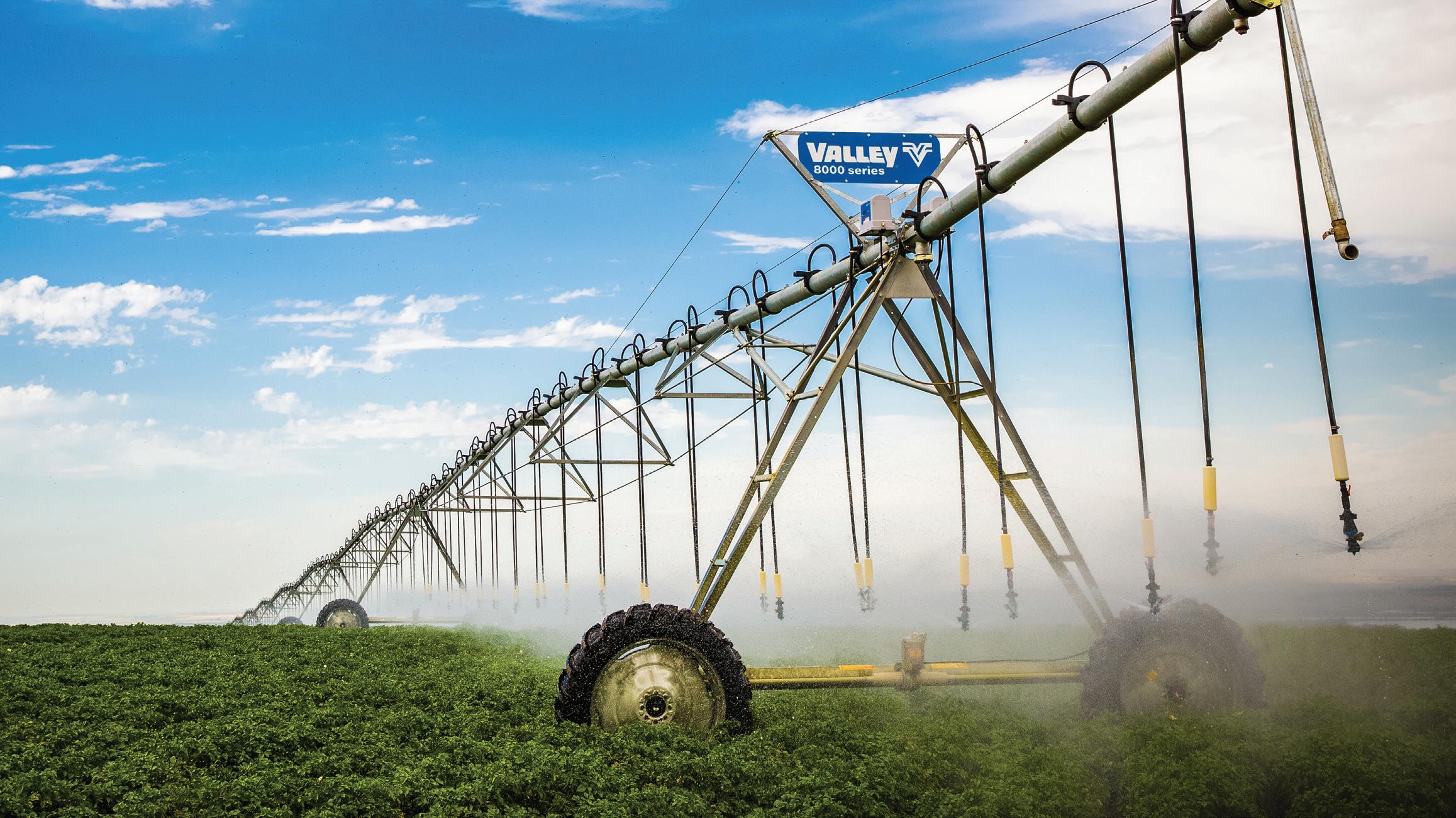
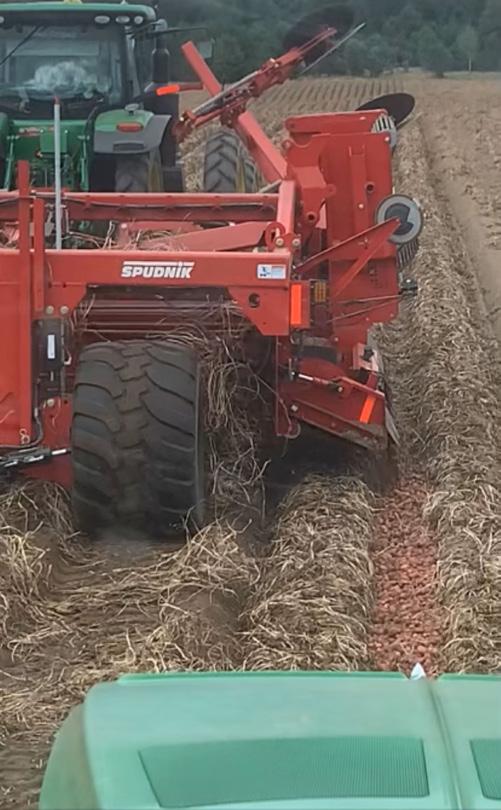

other a good friend. I also have several part-time employees, and I hire migrant workers during the summer and fall months, but it seems like, by the time we’re through the season, they’re working year-round.
Was it tough obtaining financing and branching out on your own? It was tough, and I relied on my parents in the beginning to help me get started. Even though I was dedicated to making it work, I couldn’t have branched out without them.
Starting out, I had to borrow equipment and was given the opportunity to rent and farm their land, but now that I’m established, I’m able to return the favor and let them utilize some of my equipment.
As far as financing, I started out small, and initially, with my parents’ help, I was able to get financing by them cosigning. Throughout the years, I have built up and retained equity and am able to obtain financing on my own.

Above: Various harvest images show: red potatoes being windrowed on Bryan Bula Farms, a Spudnik 6160 windrower digging in front of the operation’s Spudnik Airsep Harvester, and Lacey Bula driving bulk truck under a harvester.
Bottom: Bryan Bula contracted Hinze Excavating to clear and level a site for his new potato storage facility and office building.
The first time that I recall being truly sick to my stomach, signing loan papers for a significant amount, was when I upgraded to a new sprayer rig. I was uneasy for a few days.



Nowadays, to buy that same sprayer, it’s double the money.
Back then, it was $235,000, and as I recall, they gave me $30,000 for a trade-in, so I was signing my first big loan for more than $200,000 at a very young age.
Do you have a trucking arm of the operation, or how are your potatoes shipped? I have my own trucks— three semis and five trailers—that two gentlemen who work for me use to haul back and forth when delivering product to Deforest.
Does it take trust for operations like Alsum Farms & Produce or The Little Potato Company to work with a young family like yours, and how do you build that trust? It takes a lot of trust. I think the relationships I have with Alsum’s and The Little Potato Company (LPC) have been built through many years by continued honesty, dedication, hard work and integrity.
We’re not just business partners but, in a sense, like a family because we try to do business the best we can, no matter the situation. If it is a tough year, we work together to get through it so that it works out for both parties.
How many square feet will the new storage facility be and for how many hundredweight of potatoes? My building site is where my favorite spot on the family farm always was continued on pg. 14
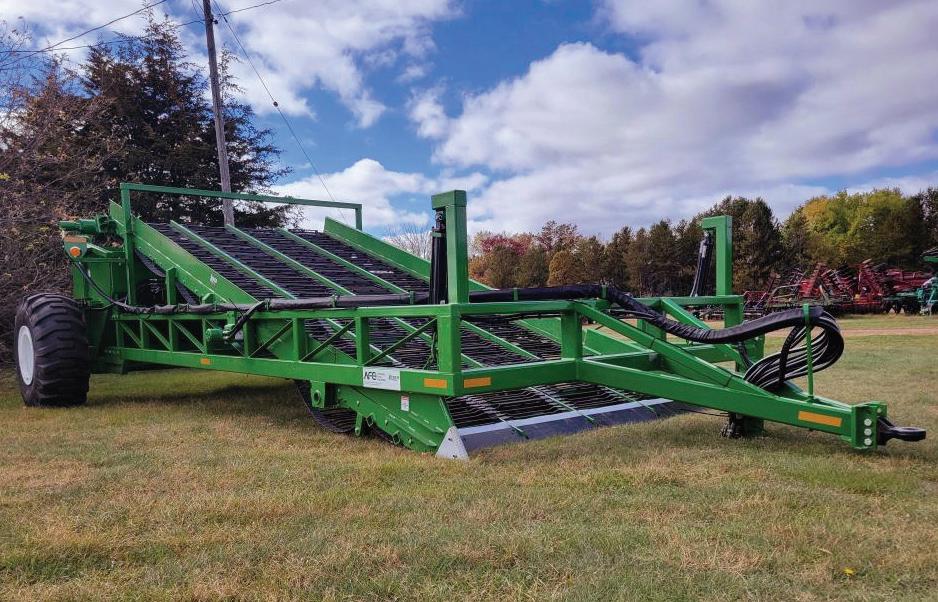
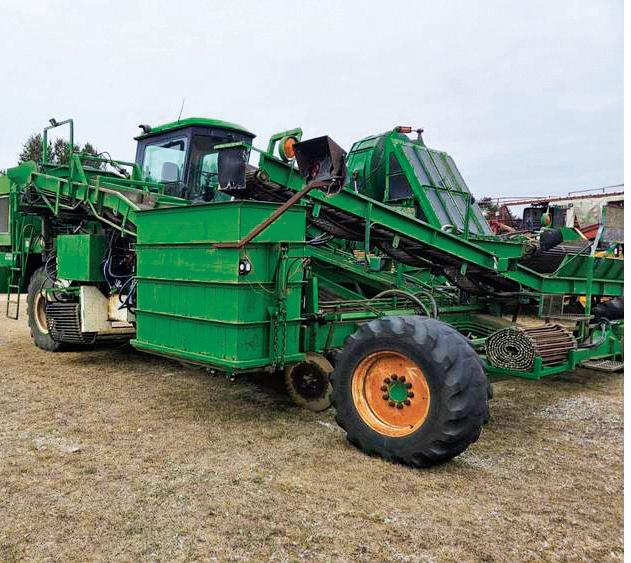













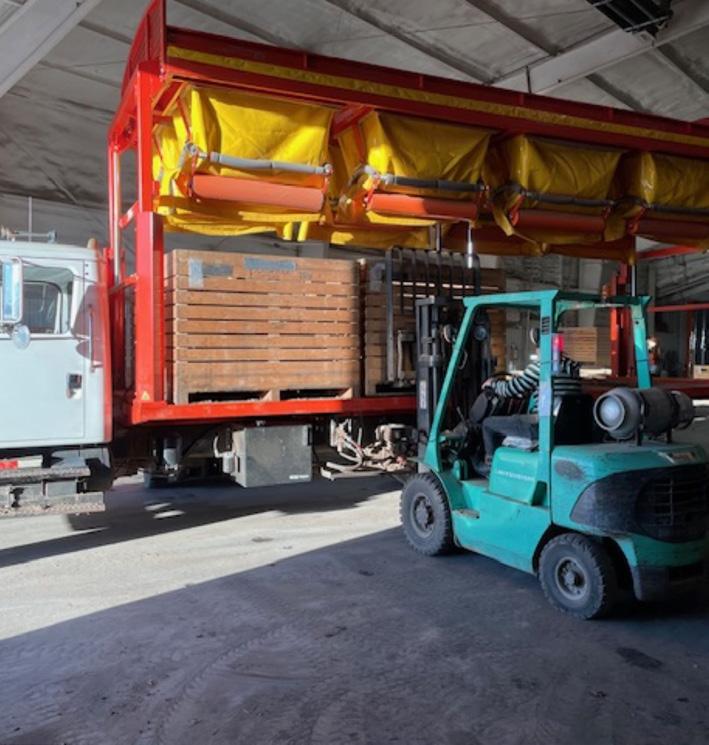
growing up. It is just north of Gary Bula Farms near where my home is now.
The new storage and grading shed will be 172 feet long by 110 feet wide with a 24-foot ceiling, so potatoes will be stored in boxes 20 feet high. I will be able to store at least 80,000 cwt. (hundredweight) between two bins. Right now, I rent four bins from my parents, which hold less than 80,000 cwt. combined when storing boxes.
There, I can stack four boxes high, and in the new building, I will be
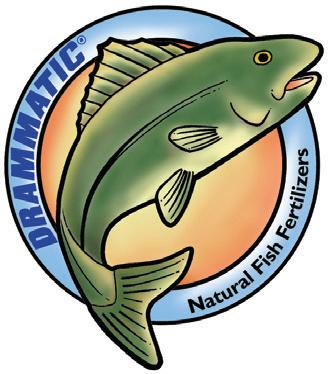
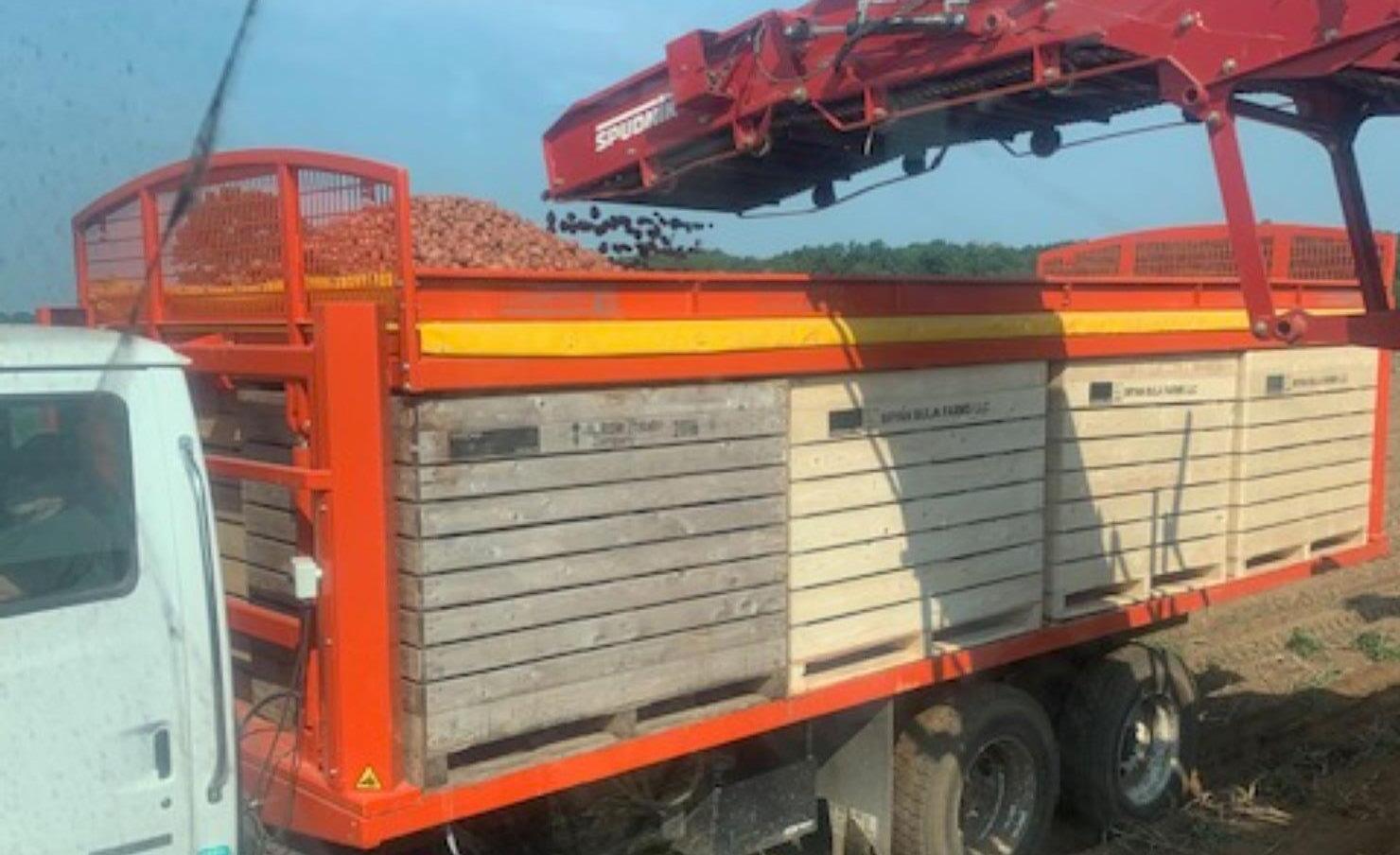
able to stack five boxes high.
Why is that important? I’m growing with The Little Potato Company and increasing acres. The goal is to have the capability to store potatoes long term or until next year’s summer crop comes off the field.
All of us current growers are moving, or have moved already, in the direction of long-term storage in boxes for LPC. That’s their goal— a year-round supply of potatoes.
My growth, what I’m building— a new storage facility for crate storage, and office—is to grow

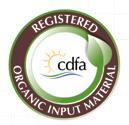

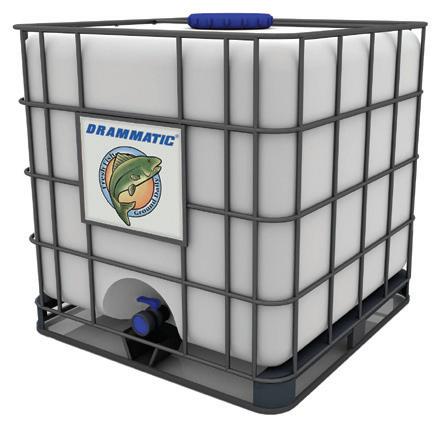
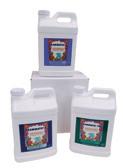

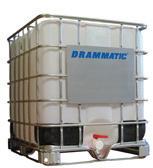






Above: A Larrington Ag trailer is used for loading summer crop Creamer potatoes for The Little Potato Company direct from the field straight into crates.
with The Little Potato Company. That’s where I’m growing.
It’s way more work with little potatoes. There’s a lot more handling involved, especially when storing in boxes. Shipping takes longer and more truck power because of the boxes. With A-size potatoes, we may ship 10-20 bulk loads a day, and with the little Creamers, it’s, at most, eight loads a day.
If you have 100 acres of Creamers, it’s like 200 acres of russets as far as workwise and storage-wise. Crates cut your storage in half. There’s more equipment involved, and it slows the process down when boxing everything.
We take the summer crop directly off the field into boxes for LPC. The Larrington Ag trailers can go right into the field with crates, and we run the potatoes into them, crashing the pulp temperatures down below 50 degrees for 24 hours. Shipping Creamers to LPC happens within days of digging. This past summer, we dug and shipped 100 acres in a week.
Have you upgraded equipment or technology? The newest implements are the Larrington Ag trailers that
we purchased when I started doing a summer crop again for LPC. There’s less skinning of the potatoes when running them directly off the field into crates.
As far as technology goes, back when I first started driving tractor for my parents, you held the steering wheel and followed row markers. We farmers pride ourselves on how straight a line we can drive, even when it comes to mowing the grass in our yards. We have that mindset.
Autosteer has made it easier. You don’t put in as many hours in the tractor seat, and you’re not as tired as you were after holding the wheel and white knuckling it all day. We had smaller equipment and worked long hours. Each year, we’ve increased acres, and in doing that, we’ve had to resort to purchasing larger equipment. Now, we struggle trying to get large equipment down township roads. It’s common to have escorts each way.

It’s amazing how much you can get done in the field. Two years ago, I bought a 24-row John Deere corn planter due to the short period between planting a summer crop for LPC and planting of the storage crop. I have a small window of about
01-25 Badger Common'Tater (7.25x4.75).v1.pdf 1 2024-12-09 9:06 am

two weeks to plant grain crops and needed something with the ability to get the job done quicker.
continued on pg. 16
How was the 2024 growing season for you? Quality was generally good but varied according to field and soil type with the heavy rains we had. Yields were fair.
Last year’s crop fared better in a dryer year. When you can control your water, you have a better outcome, and this year, we had a significant amount of rain during the growing season but a nice, dry harvest. We ran into some hot days digging when we’d have to shut down early and go back at it the next day, which made for a long harvest season. But we had a nice dry spell that carried all the way into harvest. I was able to jump right into soybeans, and I combined a thousand acres in a week and a half.
Do you have any successes or challenges you want to share? Successes include growing my operation. I guess I’m proud

of where I am today with growth. I’ve come a long way.
The big challenge every year is trying to figure out how I can grow a better-
quality product for the companies I’m growing for—not only are they going to reap the benefits, but so am I.
It’s a challenge to always have a
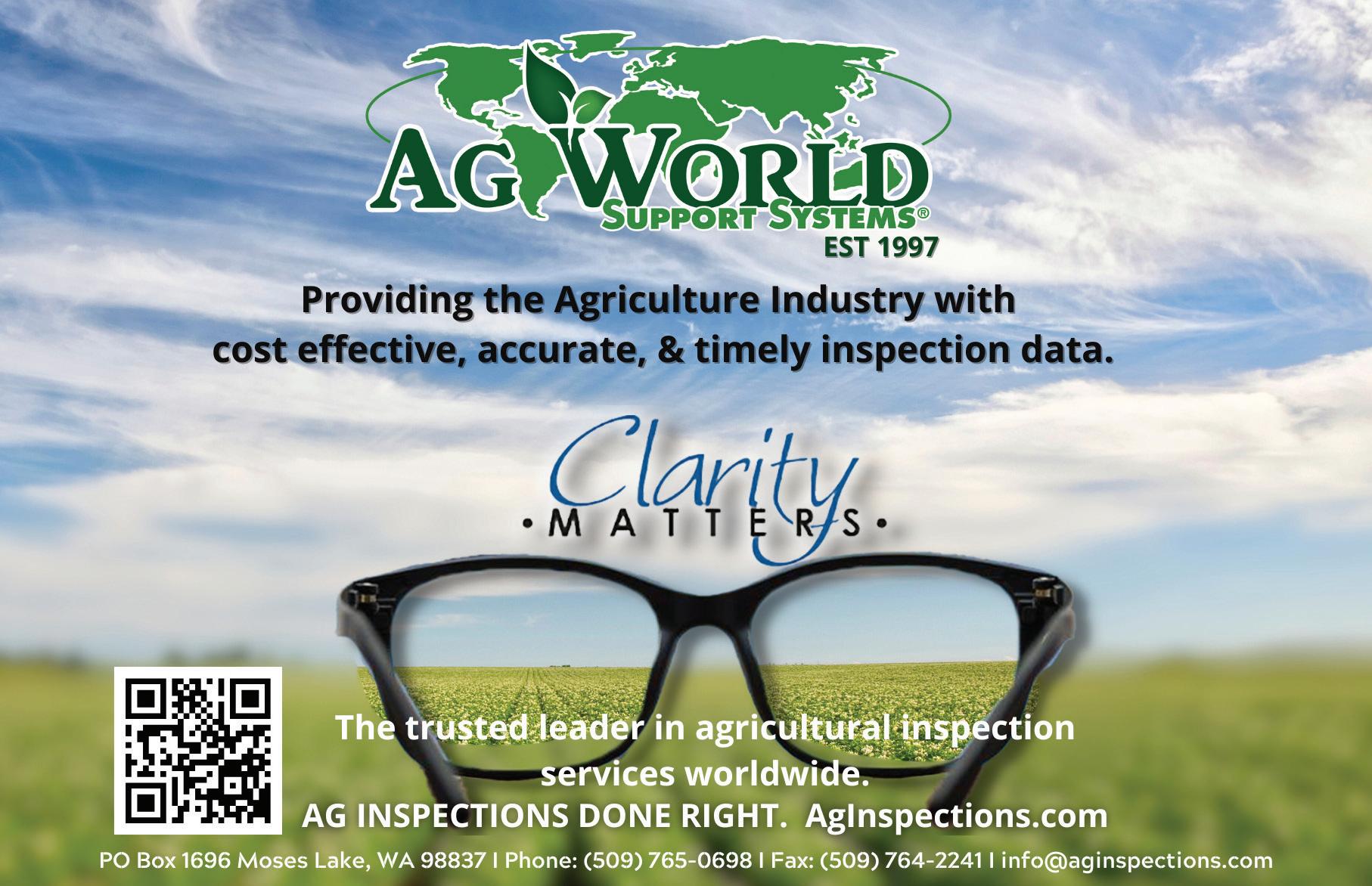
healthy and safe season year in and year out. You don’t do risky things for the most part. Just because we can get the job done quicker, is it worth it? I used to take more risks, but as I get older, I realize it makes more sense to take the time to do it right.
I like to take time to maintain equipment before it goes down the road, check tires, complete annual DOT inspections, generally keep things up to snuff. It’s not only for the safety of me and my employees on the farm, but also for other vehicles going up and down the road and ensuring the safety of pedestrians.
Do you go back to the home farm and help Gary and Lynda, or do your siblings or other family members come and help you out? Yes, I’m one of the farm managers and am there daily. I help manage fertilizer applications and irrigation across the whole farm, assist in putting a crop plan together—what gets planted where and on what rotation— and work with seed and canning companies along with planting and harvesting of all crops.
There are three canning companies that the farm works with, and I’m the main contact person. I also help determine how many acres and what varieties of seed corn we plant, and in what locations, and I’m one of the main contacts for spraying potatoes, corn and beans.
I work closely with the large New Chester Dairy located right near the home farm on lining up all applications and applying manure to fields ahead of planting of our crops.
I split time between Gary Bula Farms and my own operation. It works with employees, too. I’ll take my employees to help get things going down on the home farm, and my dad shares employees to help me get things done.
Even though you’ve been exposed to farming all your life, is there still room to grow and learn? There’s always room to grow and learn.
I think the annual Grower Education Conference & Industry Show that the University of Wisconsin and WPVGA hold in Stevens Point, and the breakout sessions, are invaluable.
The Hancock Agricultural Research Station and all the research that happens there on an annual basis, and especially with technology taking off as it has, just makes it easier to keep up. If we don’t keep up with technology, we’ll be left behind fast.
We always want more tools in the toolbox, and I don’t think that ever stops. Sometimes we farmers feel like we’ve hit the end, but we work through it and advance.
Do you plan to expand or grow the farm, or what do you hope for the future of the operation? My new
storage and office facility is obviously a big jump in growth, though we might be able to expand one more time on that site again in the future.
I want to expand acres to the point where I’m eventually on a three-to four-year rotation between potatoes and other crops. That’s growth enough right there.
When increasing acres, we had to make changes. My kids helped on the farm when they were in grade school and high school; they’d help during the summer with washing and sanitizing warehouses and equipment, helping with the cattle, and I would even wrangle them up to help grade potatoes.
I do enjoy potato farming. It has its challenges and struggles, and it can definitely be worrisome, but I don’t know what else I see myself doing. Again, it’s the country in me.


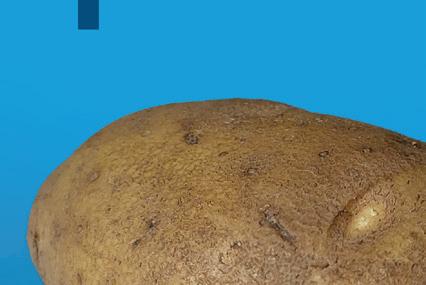







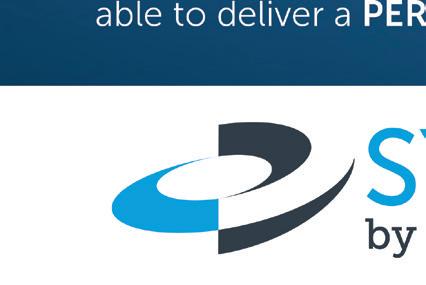

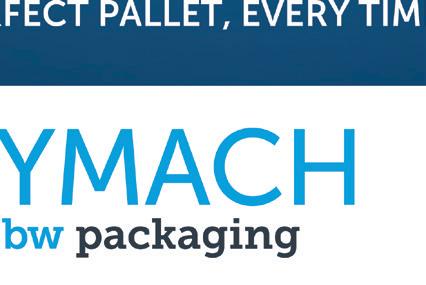








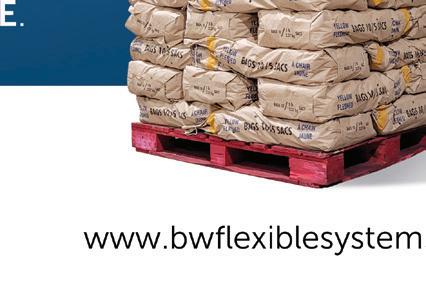



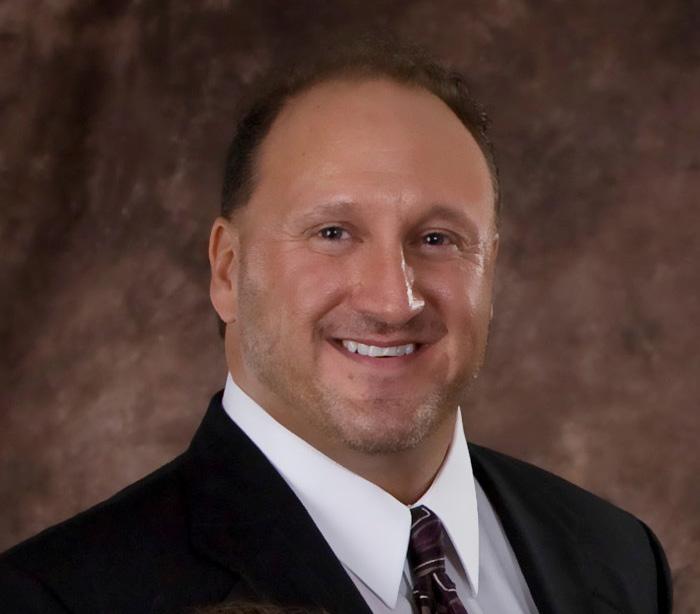
By Tamas Houlihan, Executive Director, Wisconsin Potato & Vegetable Growers Association (WPVGA)
The state experienced consistent rainfall during the first half of the growing season. Central Wisconsin growers started planting in early April, as much as seven days ahead of schedule.
The Antigo seed region experienced wet weather in May, which delayed
planting and caused flooding in some areas. However, the second half of the summer was nearly ideal for growing potatoes. There were some hot temperatures in early July, but cool nights helped crop development.
High temperatures in September caused growers to shut down harvest by noon on many days. Some drown-

outs occurred in low-lying areas, but overall, Wisconsin’s potato crop is in good condition.
The quality is very good. There was no late blight and no frost damage. Reports indicate about a 5% loss in planted acreage statewide due to excessively wet conditions.
Yields for early potatoes were close to average. Yields and quality for early processing varieties were also good.
Overall, the size profile is smaller than usual, leading to average to slightly below-average yields. The yield estimate for Wisconsin is 420 cwt. (hundredweight) per acre, a decline of about 3.5% compared to 2023 (435 cwt./acre).
Wisconsin’s planted potato acreage is estimated at 65,225, which is a decrease of about 1,000 acres compared to last year. Harvested acreage is estimated to be 62,000 acres, a decrease of 4,000 acres compared to 2023.
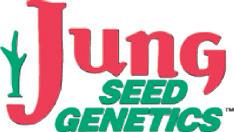

That puts Wisconsin’s production at 26.04 million cwt., a decrease of 9% compared to last year.
This estimation is a result of conversations with growers and is higher than the estimate made by the U.S. Department of Agriculture (USDA), which is 25.08 million cwt.
The USDA harvested acreage estimate for Wisconsin in 2024 is 66,000 (6.5% higher than our estimate). The USDA yield estimate for Wisconsin in 2024 is 380 cwt./ acre (9.5% lower than our estimate).
West and Northwest Wisconsin
In western Wisconsin, the crop was planted on time and this area of the state did not see the heavier rains that Central Wisconsin received. Potato harvest started later than usual due to high heat. All acres were able to be harvested.
Yields are reported to be up from last year and are at average this year (470-480 cwt./acre). Yields are higher on Russet Burbanks and lower on Umatillas. Size profile is average at best, with Umatillas having a smaller size profile than average. Quality is good.
In northwestern Wisconsin, the planting season was also on time
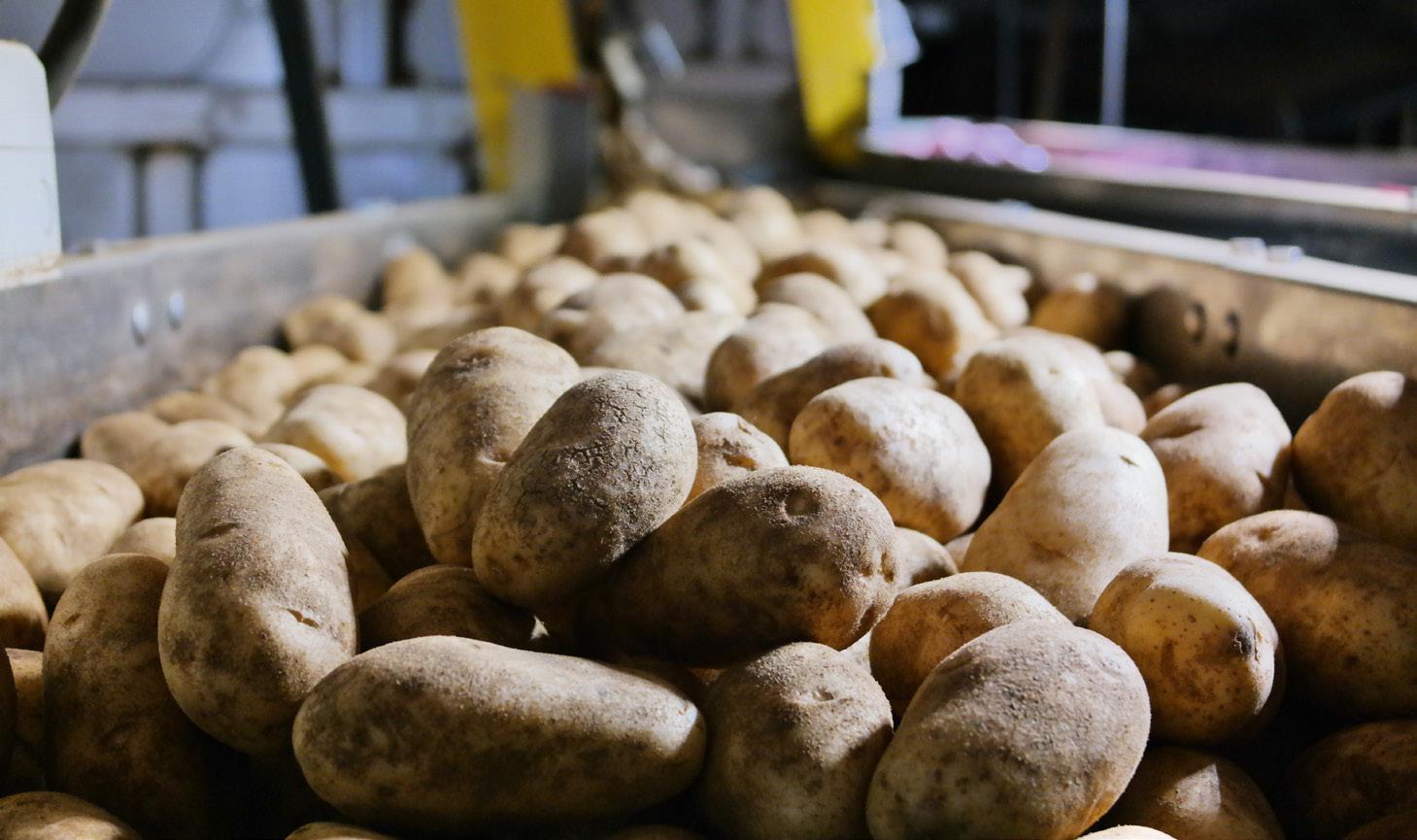
and the rain was not nearly as heavy as in the rest of the state. There was no flooding, and no acres lost to drown-out.
The harvest season also went well, with no rain delays. There were high temperatures, however, which resulted in a lot of partial
days of harvest.
Russet Burbanks averaged 500 to 525 cwt./acre, which is down about 5% compared to last year. There is a good mix on the crop size profile, as some fields yielded very large tubers while other fields had smaller potatoes.

Contact: Jim or John
There were some issues with early dying and aphid pressure, but quality is reported to be good. There are no concerns with the crop in storage.
Antigo, Rhinelander, Eagle River
Antigo seed growers reported a challenging planting season due to very wet conditions, with many farms beginning in late May and completing planting in early June.
The growing season was good overall, and other than high temperatures in September, harvest conditions were very good throughout September and well into October.
Most growers reported yields ranging from 300-400 cwt./acre. Silvertons yielded 430 cwt./acre, while Snowdens were closer to 415. Atlantics and Lamokas ranged from 315 to 350. Some varieties were lower, with yields topping out at 275300. Overall, average yields were about 375 cwt./acre.
Wisconsin’s seed authorities certified 9,616 acres of potatoes from the 2024 crop. That is 109 acres less than they certified a year ago, a 1.1% reduction.

The seed area for major chip potato varieties increased by 53 acres, to 6,050 acres. That included a 64-acre increase in the state’s Frito-Lay seed area and an 11-acre reduction in other chip potato varieties.
The Lamoka seed area increased by 66 acres, while the Atlantic seed area dropped by 77 acres. The seed area also dropped for Snowden, Mackinaw, Lady Liberty, and Superior. Acreage increased for Manistee and several newer chip varieties including Bliss NY 163, Petoskey, Acclimate, and Hodag.
Above: Antigo seed growers reported a challenging planting season due to very wet conditions, with many farms beginning in late May and completing planting in early June. However, the second half of the summer was nearly ideal for growing potatoes. There were some hot temperatures in early July, but cool nights helped crop development.
area fell by 77 acres, to 1,488 acres. That included a 55-acre drop in the Goldrush seed area and a 29-acre reduction in Norkotah acreage. The seed area for Silverton, the top Russet table potato variety, was nearly flat at 624 acres. The Reveille Russet seed area increased by 63 acres, to 136 acres.

Wisconsin’s area certified for major red potato varieties fell by 9.5%, to 891 acres. The 13-acre increase in the Red Norland seed area was offset by acreage reductions for Dark Red Norland (-58 acres), Red LaSoda (-12 acres) and Red Prairie (-20 acres).
Colomba is Wisconsin’s only major yellow potato variety with 137 acres. In the processing sector, the Caribou Russet certified area increased by 166 acres, or 53.7%, to 475 acres.
Frito-Lay varieties represent the highest number of certified seed acres in Wisconsin (2,774), followed by Atlantic (866), Lamoka (756), Silverton (624), Snowden (537), Caribou Russet (475), Dark Red Norland (410) and Goldrush (338).
Central Wisconsin/Stevens Point/ Plover/Amherst
Planting started on time, with most growers starting in early- to midApril. Planting season went well overall, with the rains not coming until May. Heat was a challenge at harvest, which started slightly later than usual. Growers couldn’t dig full days due to high temperatures.
It was very dry, so there were no delays from rain or saturation. Everything dried up, so all the potatoes that weren’t lost in the spring were able to be harvested. Growers lost about 2-3% in the spring due to saturation.
The average yield was about 400410 cwt./acre across all varieties, as some poor fields brought it down (40-50 bags less than last year).
Other growers reported good yields on russets with Caribou and Reveille yielding over 500 cwt./acre and Silvertons at 475-500 cwt./acre.
Yellows did very well, with some fields yielding over 600 cwt./acre, and reds were average, while russets were down the most. Size profile was good overall.
Growers are very satisfied with the quality, which is reported to be better than last year. Everything is holding well in storage. There was little disease pressure and very little hollow heart.
Central Wisconsin/Plainfield/ Bancroft/Nekoosa
Planting started on time around April 10 and most of the crop was planted before the heavy rains came. Harvest was also on time, but there were short days in September due to heat. Growers reported average to below average yields and good quality, with a slightly smaller size profile than last
continued on pg. 22
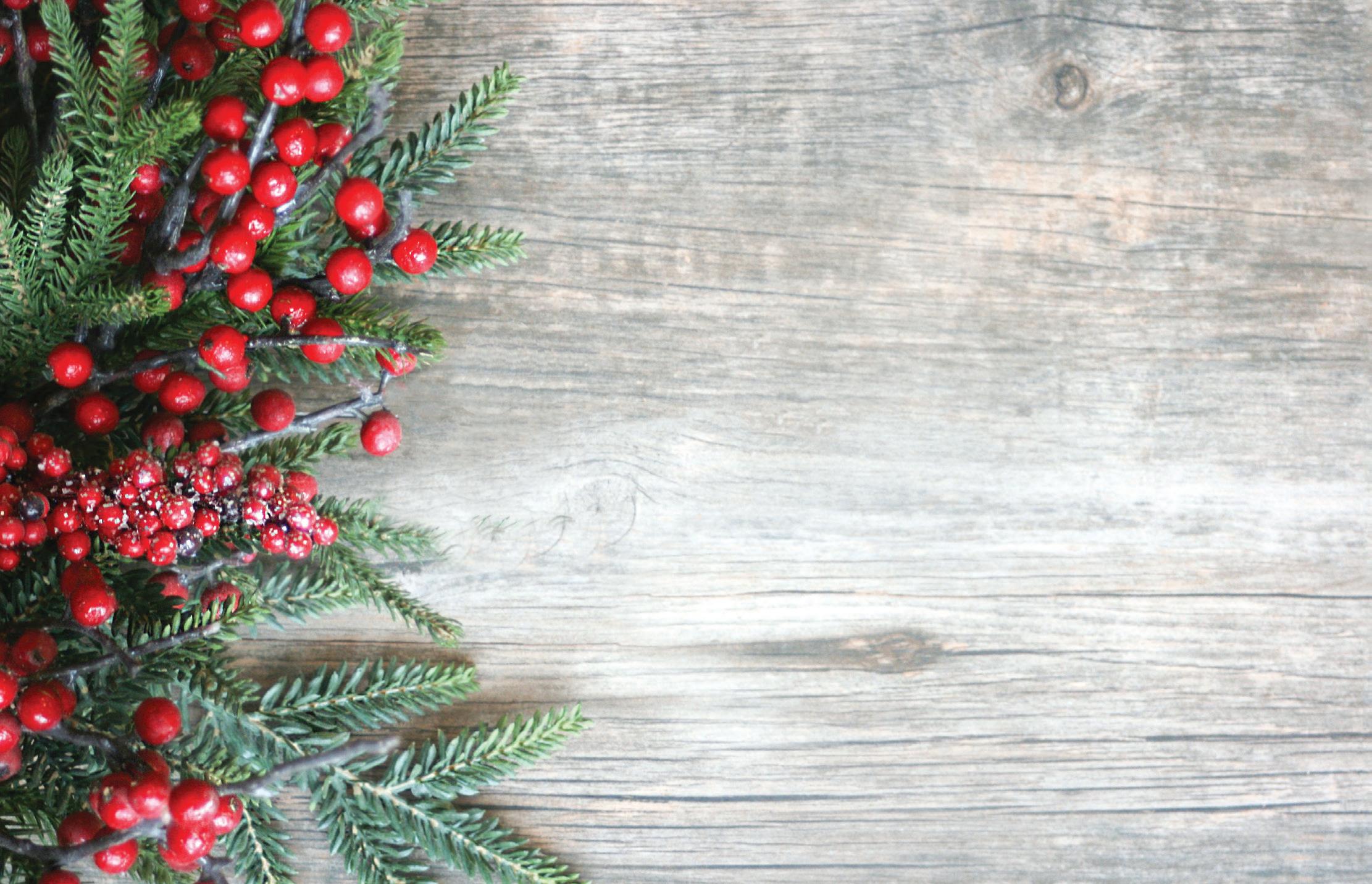
2024 Wisconsin Potato Crop Report . . . continued from pg. 21
year. There was variability by field and variety, with yields anywhere from 400 to 600 cwt./acre.
Area potato growers report yields about 10% below last year, with 440 cwt./acre on russets and 470 on storage chips, while off-the-field chips were closer to 370 cwt./acre.
The early rain was a challenge and a beetle problem in June caused some defoliation. The Nekoosa area saw the most saturation between April and September that the region has ever seen. There were some storage rot issues occurring in November, which is rare.
Central Wisconsin/Hancock Planting started on time around April 10. This area did not have the excessive rains other areas experienced. Harvest also started on time around September 10. The harvest season went well with a lot of

early mornings and stopping due to heat before noon.
Growers reported an average crop with very good quality. Chip crop yields were in the usual 450-550 cwt./acre range. Some chip fields produced excellent yields, topping 600 cwt./acre. Processing potatoes yielded on average to slightly below average at 440-480 cwt./acre.
One grower reported that he had half a field yield 375 cwt./acre, and another field was over 500, averaging 455-460 cwt./acre, so down a bit compared to last year. That grower was still happy because the field that was bad was very saturated.

The size profile is very good across the board. Quality is average and comparable to last year. The processing crop had lower gravities than usual with bruise-free readings about the same. There was very little disease pressure, which is unusual. Growers have not seen any storage issues to date.
Planting season started on time in mid-April. The growing season was good other than excessive rain in May and June. Harvest season also started on time and went well but took longer than usual due to high temperatures. Some growers did not finish harvesting until mid-October.
Yields are like last year, with some growers reporting an increase of 10%. One grower reported that early russets yielded 550 cwt./acre and full-season russets were as high as 700. The size profile is smaller than last year, with not a lot of big-size tubers and most being medium-sized.
Another grower reported an overall average yield of 390 cwt./acre, but this is due to The Little Potato Company (LPC) potatoes included in the total. LPC yield was 290 cwt./ acre, and other potatoes averaged 458 cwt./acre. These figures are down slightly from last year.
Size is reported to be decent and similar to last year with about 30% being over 10-ounce potatoes. The quality is good like last year. Rain early in the season impacted everything, especially storability.
There are no significant issues in shipping yet, but growers/shippers/ packers are expecting issues due to the rain early and the warm harvest season. There likely will be more rot and more storage shrink than average.
In Endeavor, growers planted a little later than usual (about a week to 10 days). It was dry to begin with, wet
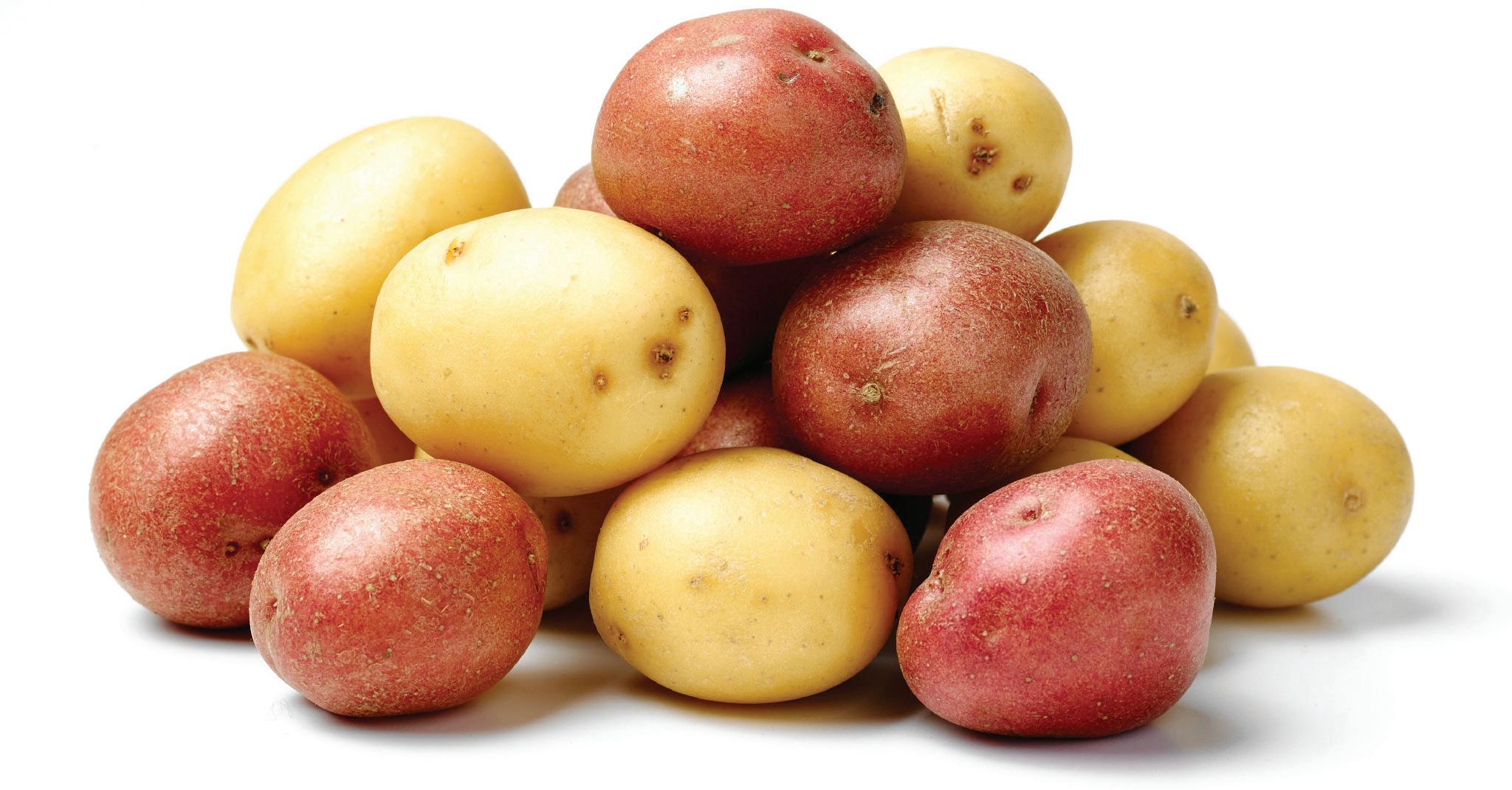
in the middle of the growing season, and dry for harvest, so variable growing conditions.
There were no acres lost due to saturation/weather in the Endeavor area. This is attributed to tiling and other practices that are done to mitigate being too wet (and luck of the draw for some fields that weren’t as wet as others).
In the Spring Green area, there was a great deal of variability based on location and rainfall. Approximately 8% of the acreage was unharvested due to excessive spring rains. Harvest was delayed by about one week, but that time was made up during the warm, dry harvest season.
Yields are down about 10% from last year—a little less than 10% on yellows and a little more than 10% on reds. Total production is down approximately 15% when unharvested acres are included.
The average yield across all varieties is approximately 440 cwt./acre. Russets averaged 450-460 cwt./acre. Yellows had a lot of variability, with some fields hitting 600 cwt./acre and others only yielding 350. Red potatoes experienced below-average yields.
Growers report smaller size on both reds and yellows. There is a higher percentage of B’s this year than last year, with 25-30% B-size this year, compared to 15% last year.
Quality is average to good, with minimal breakdowns. There was a little more early blight reported because of stress from the wet conditions, but no late blight and only minor storage issues to date.

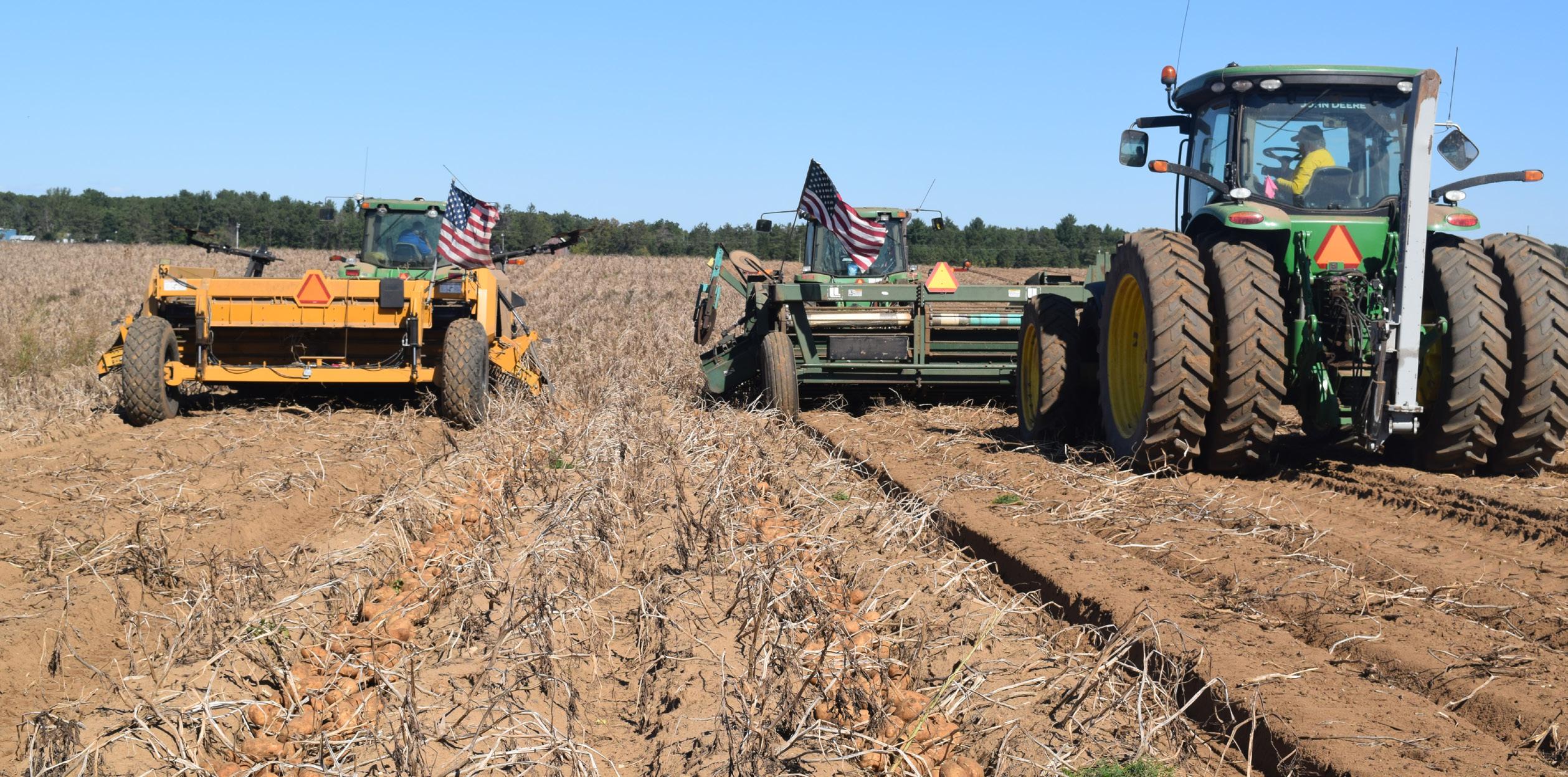

By Deana Knuteson, University of Wisconsin-Madison Department of Plant Pathology and Healthy Grown Coordinator
Wisconsin’s Healthy Grown® has recently been awarded access to the Walmart U.S. Pollinator Health Position as a valid Integrated Pest Management (IPM) certification program meeting the retailer’s requirements.
Healthy Grown documents IPM, sustainability, and ecological restoration efforts and certifies potatoes, carrots, and onions under the high-bar program.
Growers implement landscape-level restoration practices on wetlands, prairies, forests, and other natural habitats, providing certified value to non-production acreage.
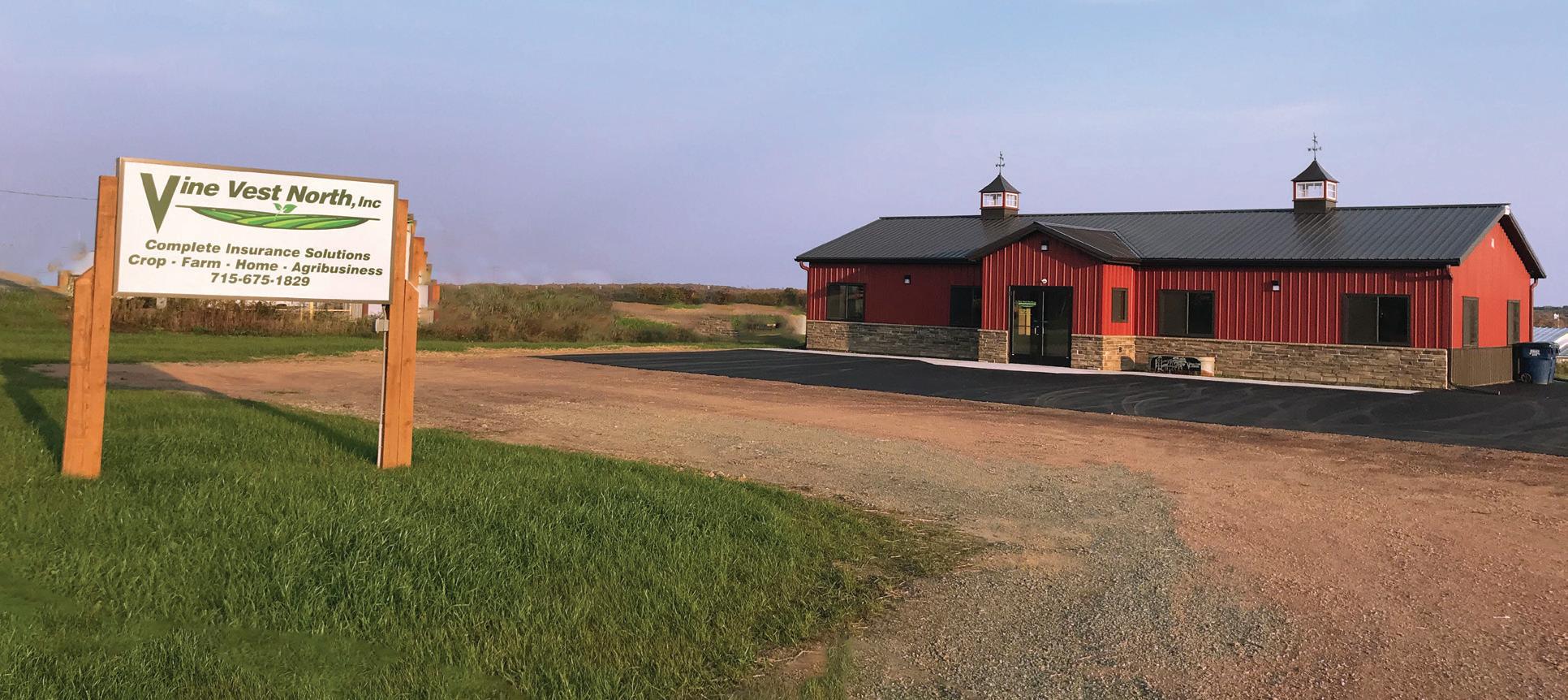
Starting with the 2025 season, those certified in the Healthy Grown program can provide their documents to Walmart and will be able to sell produce into the retail giant’s stores.
In 2020, Walmart started to prioritize regenerative agriculture and identify programs that require IPM practices and promote pollinator health.
Those goals are already incorporated into the Healthy Grown standard. Since Healthy Grown has been working on sustainability goals since 2000, staff shared the program with Walmart’s sustainability experts and demonstrated what Wisconsin has already accomplished.
Above: Healthy Grown potatoes are windrowed at an Alsum Farms & Produce field in Grand Marsh, Wisconsin.

During the summer of 2024, the Healthy Grown standard and its corresponding certification program were reviewed by the IPM Institute that ranks the validity of external programs and ensures they are verified and maintain the rigor needed to meet Walmart’s goals.
This past September, Healthy Grown passed that review and received accreditation to be one of the Walmart approved programs.
According to the retailer’s corporate website, “Walmart has been reviewing third-party certifications that verify IPM adoption or that are protective of pollinator health and include robust IPM criteria.”
Healthy Grown is now listed as one of the third-party accredited programs. Only 18 programs fit under their current pollinator protection criteria, and Healthy Grown is proud to be one of them. Details on the Walmart sustainability initiative can be found here: https:// corporate.walmart.com/policies.
Currently, Healthy Grown accounts for roughly half of the fresh market potato acreage in Wisconsin.
Over the years, Wisconsin’s IPM certification program has provided some positive gains into marketplace access and helped position growers as preferential produce suppliers
While these gains have helped growers and marketers locally and advanced the program, the news of Walmart accepting Healthy Grown catapults it into the mainstream of national sustainability efforts.
While Walmart is just one company, this could be the start of much larger gains in the marketplace.


Walmart Accepts Healthy Grown as a Valid IPM Certification Program. . . continued from pg. 25
POSITIVE RESULTS
Such positive results are achieved based on relationships between the growers, industry, and University of Wisconsin faculty and staff who work together to promote proven research, educational programming and grower-driven innovative solutions.
In all, this is why Healthy Grown has been successful in advancing
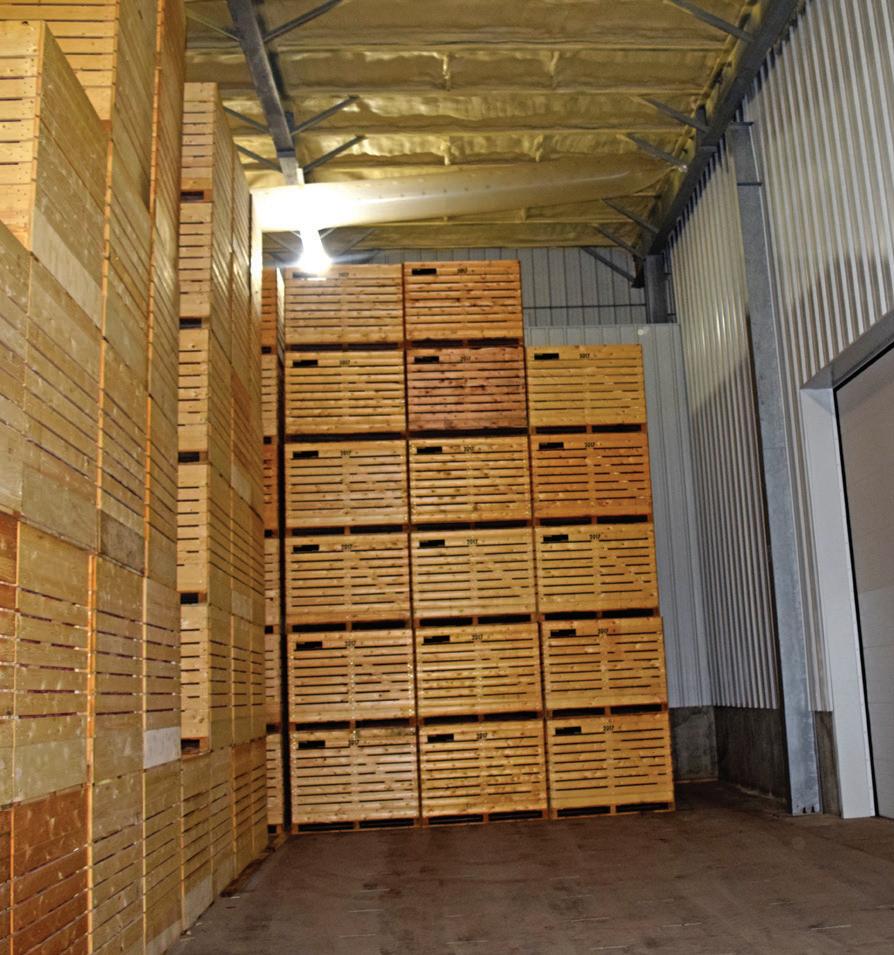
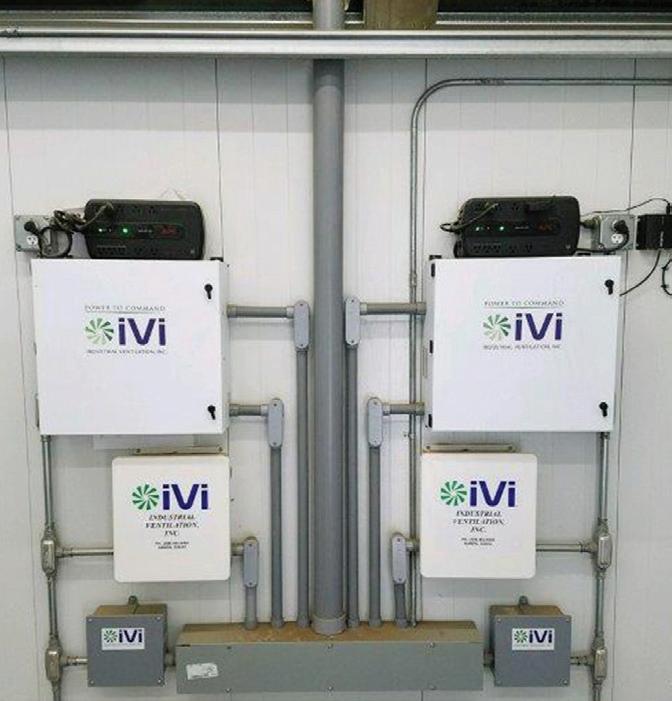

research-based, sustainable production programs on grower farms.
Starting in 2025, Walmart will be requiring 100% of their growers to be audited and provide documentation to verify that they are certified under one of the retailer’s accredited programs.
Walmart will require details by September 1 of each year to be eligible, and since Wisconsin has the certification system in place, more
Healthy
potatoes,
of the state’s growers should consider Healthy Grown for their IPM requirements.
This exciting news from Walmart provides an avenue for expanding Healthy Grown’s reach and increasing its national recognition.
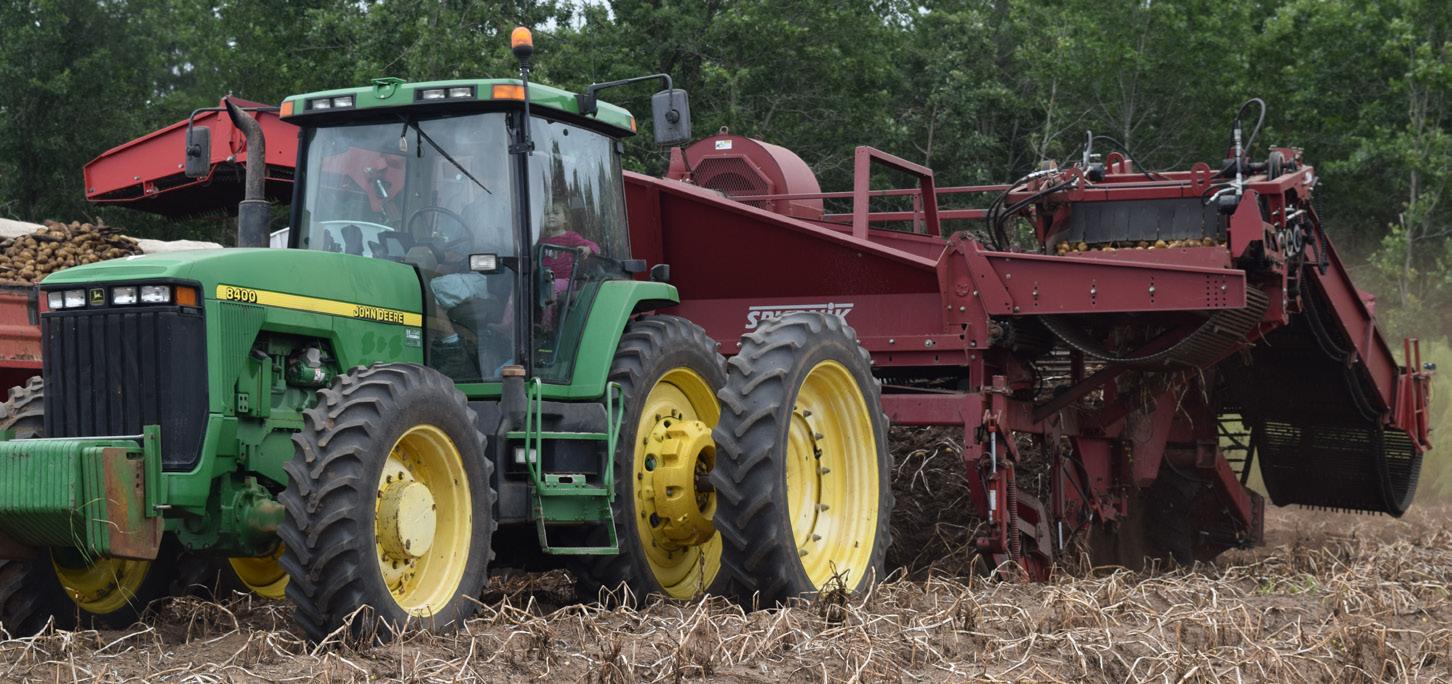

To be ready, new growers are encouraged to reach out now to learn about the process.
Current staff, growers, and suppliers are here to help, so anyone interested can get hands-on advice to start the program. From farm and production needs to paperwork details, and ultimately to sales and marketing, help is available.
For details and more information, contact Deana Knuteson (dknuteson @wisc.edu), Julie Braun (jbraun@ wisconsinpotatoes.com) or Dana Rady (drady@wisconsinpotatoes.com).
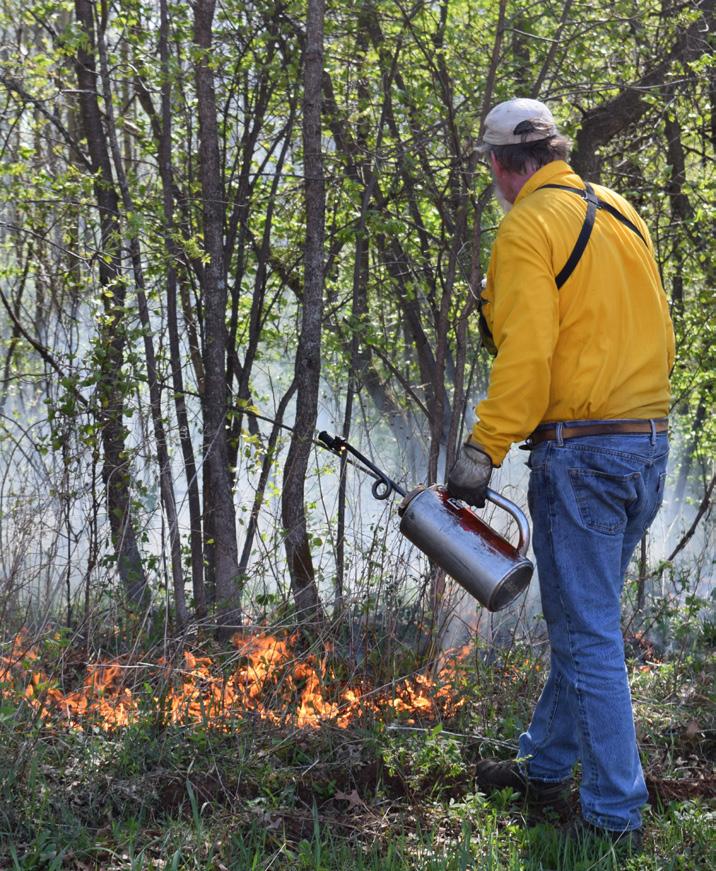
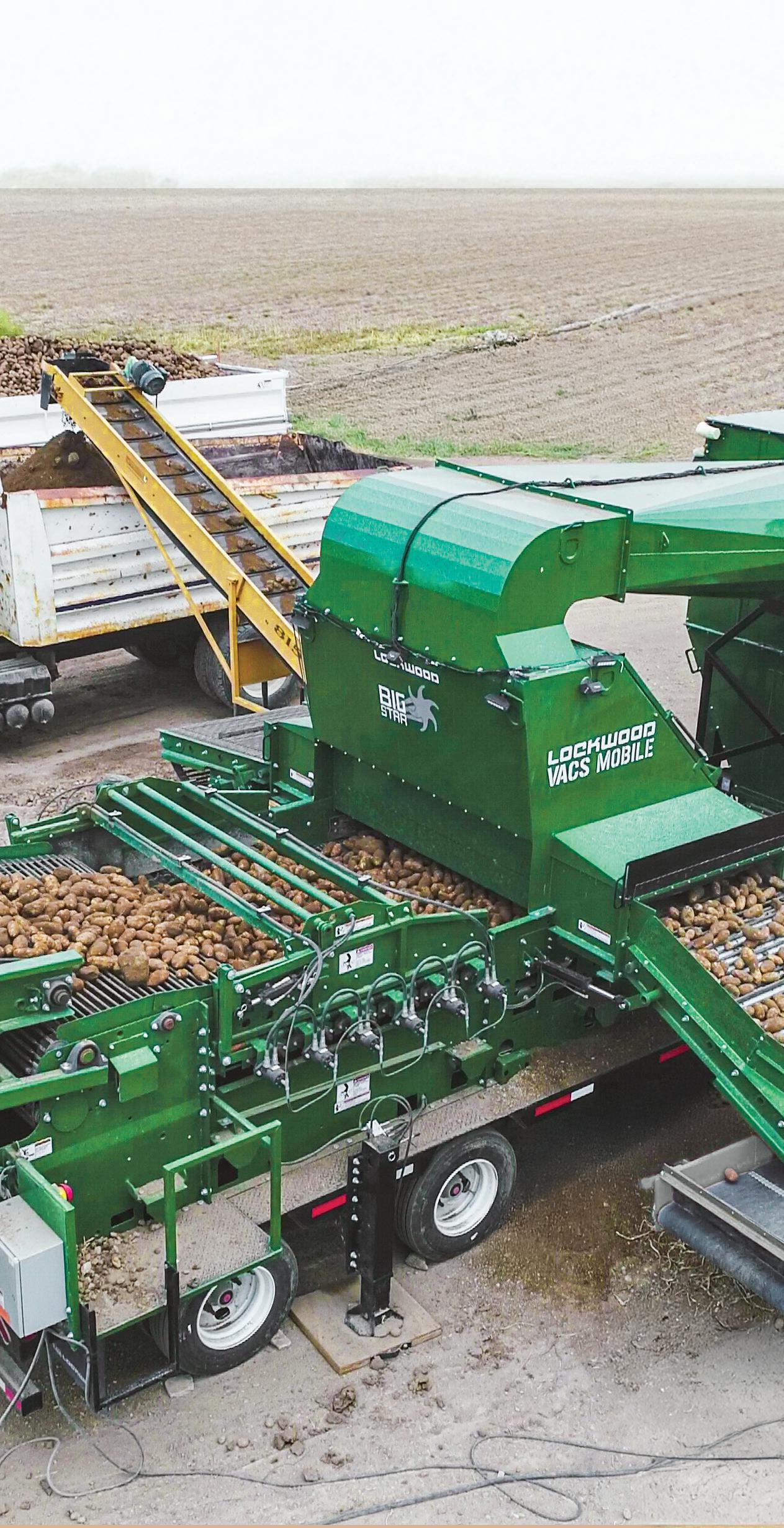

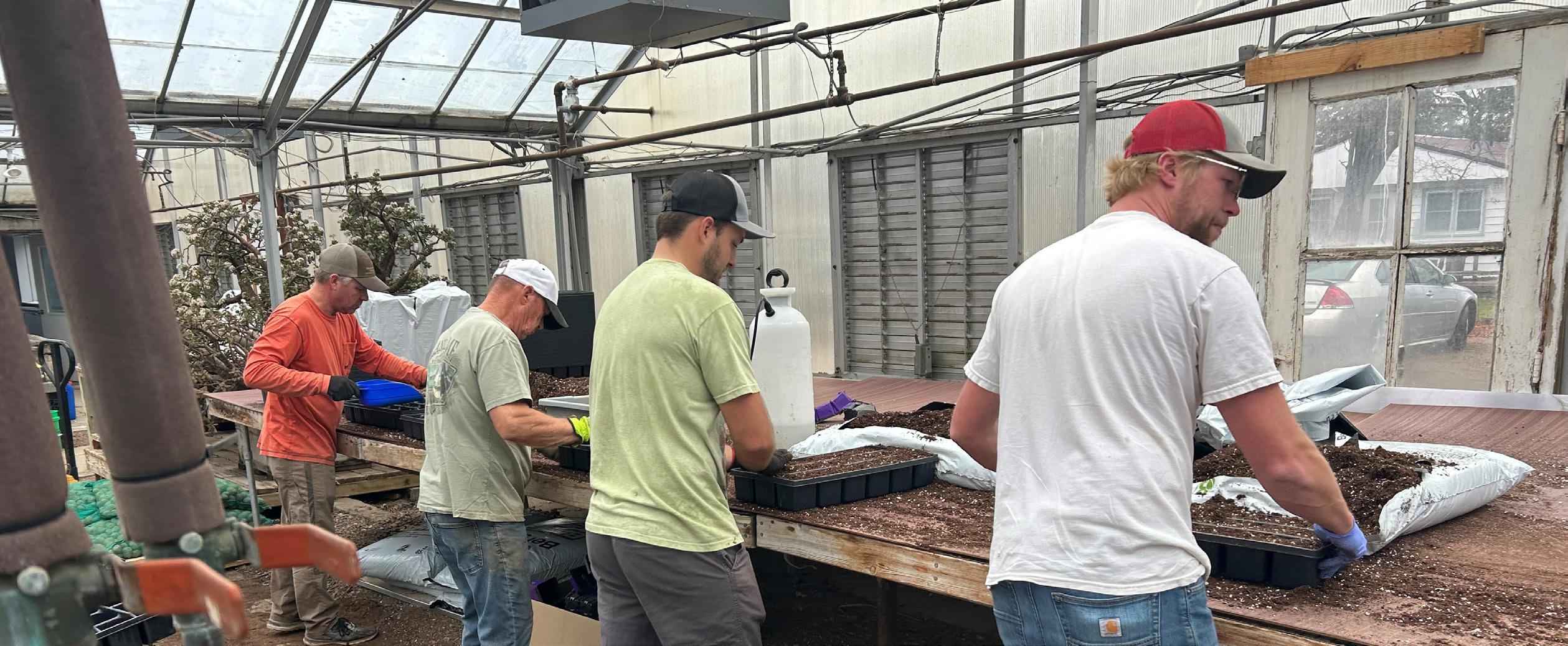
In recent years, the Wisconsin Seed Potato Certification Program (WSPCP) has been struggling to perform new responsibilities within the confines of its current office square footage in Antigo, Wisconsin.
A recent agreement between the WSPCP, the Wisconsin Seed Potato Improvement Association (WSPIA) and the Wisconsin Potato & Vegetable Growers Association (WPVGA) has resulted in the purchase of the Frisch Greenhouses
on 7th Street in Antigo.
“WSPCP is very appreciative of the support of our seed grower community and the grower-led programs, the WPVGA and WSPIA to acquire and utilize this property

Above: WSPCP staff plant tuber samples into trays as part of a large direct tuber testing (DTT) survey. Leaves will be collected after growing for 4-6 weeks and tested via ELISA for Potato Virus Y (PVY).
to meet the ever-changing needs of Wisconsin seed potato certification,” says Brooke Babler, WSPCP associate program director.
“Kevin Bula, a retired WSPCP field inspector, has graciously supported the program by offering his personal shop to staff as needed to perform tasks such as Potato Cyst Nematode [PCN] testing, and as of last year, to core tubers as part of a large direct tuber testing [DTT] survey,” Babler explains.
“However, this setup was challenging, as the WSPCP rapidly outgrew the space Kevin could provide,” she says. “Considering its continued collaborations with other U.S. certification programs to research, validate, and implement a highthroughput DTT diagnostic service for the state’s potato industry, we needed to find a permanent solution.”
“In addition, staff has been driving between various locations based
on daily needs, decreasing overall efficiency,” Babler adds. “We also offer additional diagnostic tests such as Bacterial Ring Rot, and blackleg tests, and space is needed to perform initial diagnostic processing steps.”
Due to increasing space constraints, the WSPCP had been actively looking for a facility that would fulfill current and future needs.
When Frisch Greenhouses was listed for sale, there was immediate interest by the WSPCP staff in acquiring the property, as it not only provides space to meet current program diagnostic demands, but also allows for future program expansion.
As its name suggests, the property came with a large square footage of greenhouse space that can be utilized by the program as alternative support or replacement of the current postharvest potatoes grow-out in Hawaii, should that location eventually
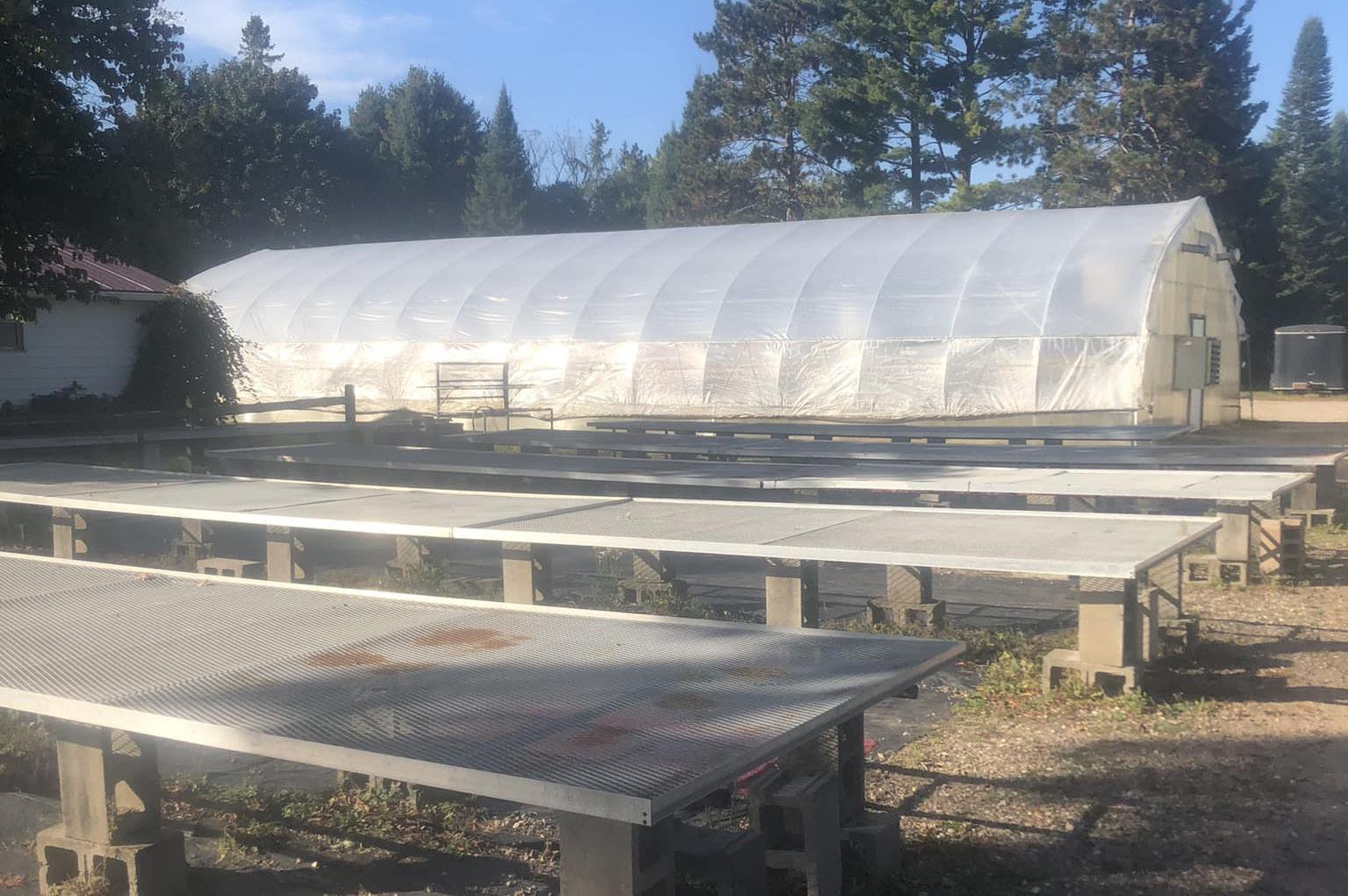
become limited or not available.
This space is also utilized by program staff as part of research projects. Currently, potatoes are planted in the greenhouse as part of the DTT survey being performed again this postharvest season.
“It is also a location to grow potato in on an as-needed basis at other
You want the best of both worlds. Speed to deliver maximum capacity and accurate defect detection to maintain consistent quality. Inspect the entire surface and look inside each potato to get the best out of every batch.
If you are attending this year's Potato Expo in Orlando please visit us at booth #1335! More info? Please contact:
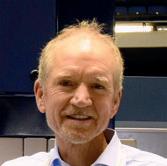

John Albert Rowan Parmenter john.albert@ellips.com r.parmenter@ellips.com (206)915-4962 (425)495-3378 www.ellips.com
points of the year,” Babler notes, “depending on seed grower needs. Lastly, the facility allows for staff

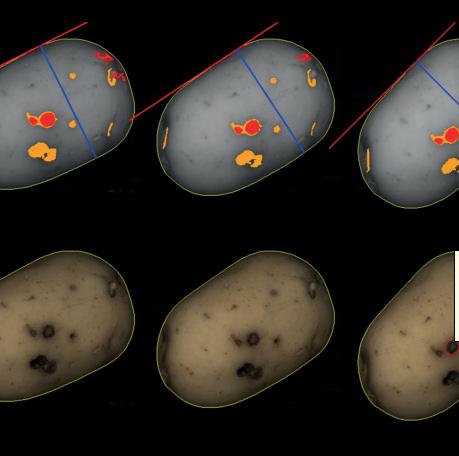
members to have individual office spaces along with an updated conference room and designated breakroom.”
“Recently, the WSPCP saw the largest amount of PCN samples to date,” she relates, “and were able to utilize space in the new facility to process samples.”
“The property also houses a small shed,” Babler notes, “that allows program staff to store building maintenance equipment along with our newly purchased four-wheeler and trailer acquired through a PCN grant to collect growers’ PCN soil samples.”
The new location offers office space for the DATCP shipping point inspectors. The DATCP shipping point inspectors are moving with WSPCP from the 807 5th Ave office space.

All certification staff—Josie Spurgeon, Cole Lubinski, Dianna Kessler, Niles Franc, and Kevin Gallenberg— are moving to the new location. Greenhouse staff will continue to reside at the Lelah Starks Elite

Foundation Seed Potato Farm, in Rhinelander, and tissue culture/ molecular diagnostic staff live in Madison.
Note that the WPVGA and WSPIA offices are not moving, but rather only the WSPCP office. The WSPIA and WPVGA offices remain where currently located.
The former WSPCP office (807 5th Ave., Antigo) officially closed on December 31, 2024.
“The seed potato certification staff is excited to have a large amount of space tailored to the needs of the program,” Babler concludes. “The property footprint allows staff to perform various tasks under one rooftop, increasing overall efficiency.”
“It is a resource that has been needed for a long time, but due to many factors, did not seem possible,” she says. “Without the support of WSPIA, WPVGA, and seed growers, this dream would not be possible. We as a program truly appreciate these partnerships and are excited to continue supporting our expanding potato industry.”




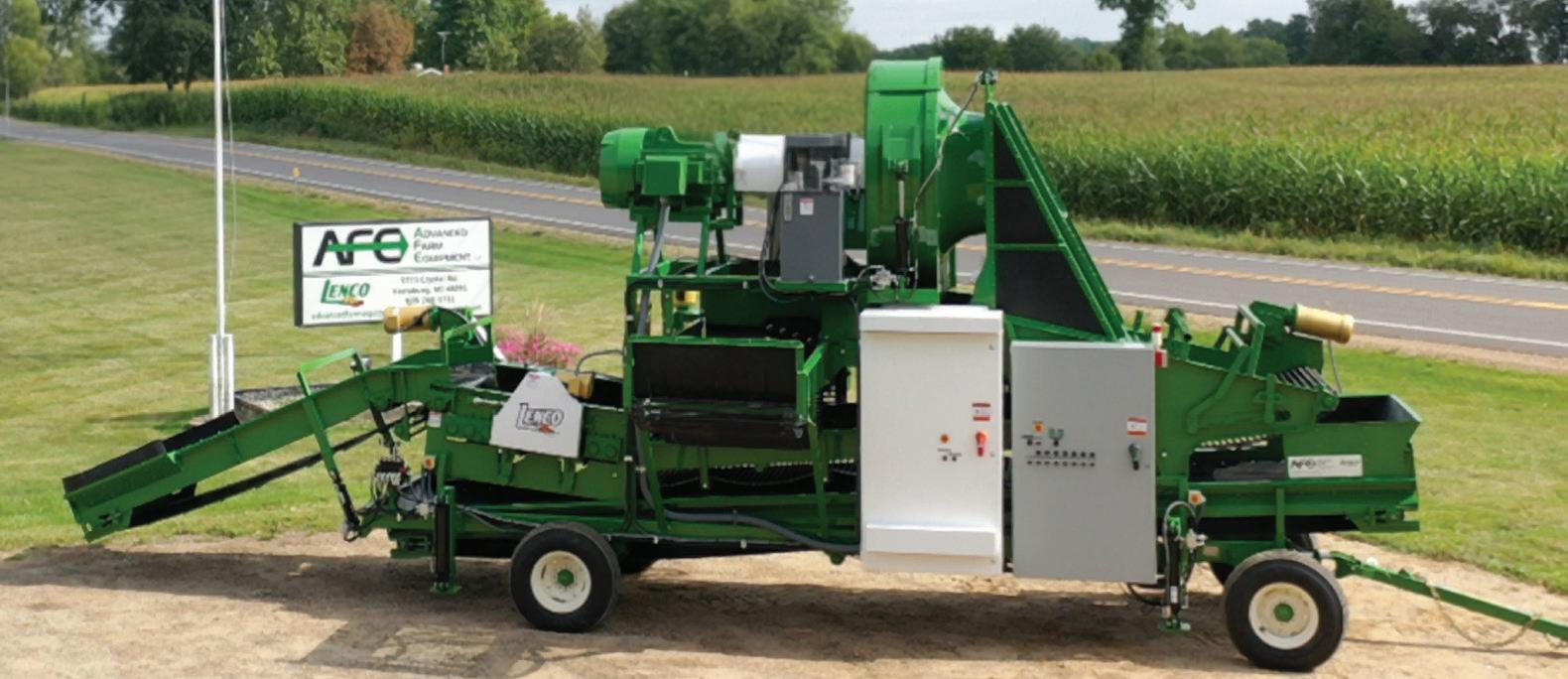

He was known for his unwavering support as a proud father and dance dad
Chad A. Mach of Port Washington, Wisconsin, passed away on Thursday, November 14, 2024, at Aurora Grafton due to medical complications. He was 50 years old.
Chad was born on December 16, 1973, in Antigo, Wisconsin, to Ronald and Ann (Frisch) Mach. He attended Antigo High School and graduated with the class of 1992. After high school, he attended Milwaukee School of Engineering and graduated with a bachelor’s degree in architectural engineering with the class of 1998.
Chad’s dad and uncle, Ron and Ken Mach, run Mach’s Sunny Acres farm, in Antigo, with Ron having served on the Wisconsin Potato & Vegetable Growers Association Board of Directors and as a member of the Wisconsin Seed Potato Improvement Association. He also served on the U.S. Potato Board (now Potatoes USA).
On July 4, 1998, Chad was united in
marriage to Tina Peterson, and they spent over 25 years together.
Chad was known for his unwavering support as a dance dad and proud father of two daughters, always lending a helping hand at Lakeshore Dance. He was proudly the Herr Drosselmeyer in The Nutcracker play for 14 years.
He possessed a remarkable skill for fixing various electronics and appliances and was always willing to lend a helping hand to friends and family. His presence was a comforting one, offering a listening ear to those in need.
Throughout his life, Chad was a familiar sight in town, often seen walking his two beloved huskies. His enthusiasm for life is something that many people will cherish and miss.
A man of many talents, Chad enjoyed creating his own beer recipe, called the Mach III IPA, that was featured



R & H Machine offers an extensive line of cultivator points and shovels to fi t a wide variety of equipment. The shovels maintain original width through the life of the part helping to keep uniform tillage. As a bonus, our parts pull more easily.
R & H Machine . 115 Roedel Ave . Caldwell, ID 1-800-321-6568




Chad A. Mach December 16, 1973 – November 14, 2024
at Inventors Brewpub. Chad was also involved in the Town of Port Washington Plan Commission.
Those left to cherish his memory are his wife, Tina; daughters, Ainsley and Emmy Mach; his siblings, Katie (Nick) Musolff and Michael (Melissa) Mach; parents, Ronald and Ann; his in-laws, Joseph and Cheryl (Bohm) Peterson; and sister-in-law, Sheri (Jeff) Roberson; along with many aunts, uncles, nieces, nephews, other relatives and many friends.
He is preceded in death by his maternal and paternal grandparents, along with his beloved huskies, Meka and Abigail.
A celebration of life took place at Inventors Brewpub in Port Washington, on Sunday, December 15, a time of food and fellowship. In lieu of flowers, donations in Chad’s name can be made to the American Legion Auxiliary Post 82 Project Bravo, or to the Ozaukee County Humane Society.
Role entails working closely with deans, faculty, researchers and industry partners
Matt Ruark, a professor and extension specialist in the University of Wisconsin (UW)Madison Department of Soil and Environmental Sciences, has been named faculty director of the Dairy Innovation Hub.
In this role, Ruark will work closely with deans, faculty and researchers at UW-Madison, UW-Platteville and UW-River Falls, as well as industry partners, to coordinate research, teaching and outreach efforts on behalf of the Hub.
The three deans agree that Ruark’s extensive research and extension experience will help translate the Hub’s important work to move the Wisconsin dairy community forward. Since it was established in 2019, the

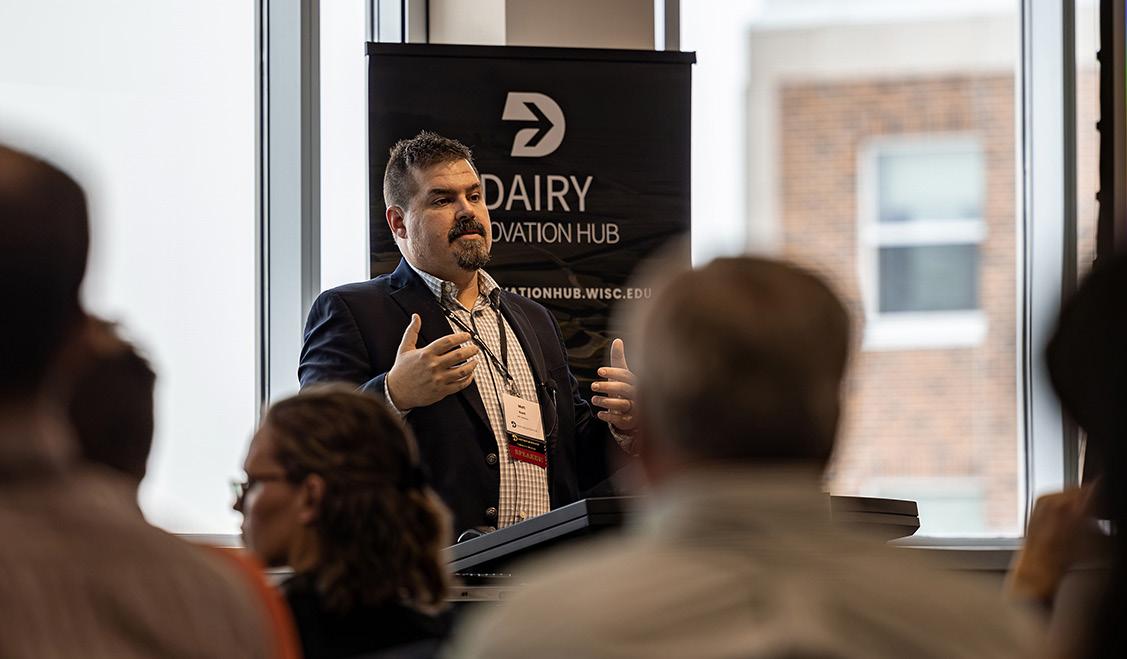
Hub has funded and coordinated 21 faculty hires and more than 230 research projects across the three campuses.




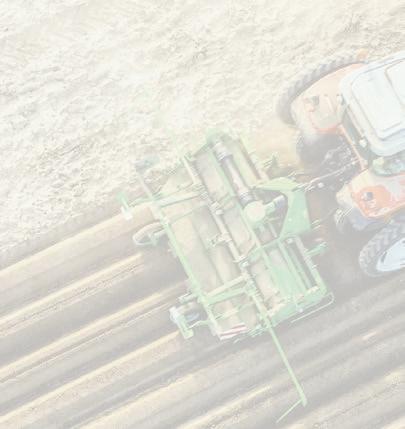



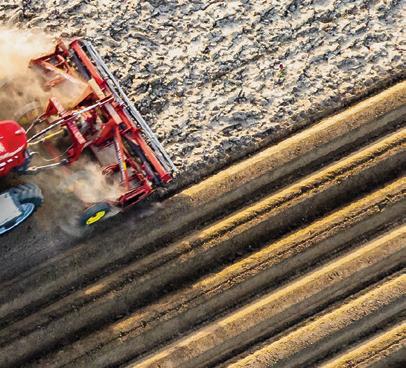









The Hub is supported by a $7.8 million annual state investment to drive research and development to ensure Wisconsin’s $45.6 billion dairy community remains a global pacesetter in producing nutritious dairy products, with a focus on implementing innovations in economic, environmental and social sustainability.
Ruark, who joined the soil and environmental sciences department in 2008, leads a research and extension program on soil fertility and nutrient management in dairy, grain, vegetable and biofuel production systems.
This includes evaluating the impact of fertilizer, manure and cover crop management on crop production, water quality, greenhouse gas emissions, and soil quality and health. His field-based research leverages private farms and UWMadison’s Agricultural Research Station network.
Ruark is a nationally recognized leader in soil science research, and in 2013, he led a $10 million U.S.
Department of Agriculture grant addressing climate change mitigation and adaptation in the Great Lakes region.
That project identified key areas within dairy production systems where reductions in greenhouse gas emissions could occur without affecting milk production.
Some of his more recent studies on cover crops and manure use in Wisconsin have been shared via the Professional Dairy Producers (PDP) webinar series, The Dairy Signal and at the 2024 PDP Business Conference.
Through various service and leadership roles, Ruark has built deep connections to Wisconsin dairy and agriculture. He has served as faculty advisor for UW-Madison Extension’s Discovery Farms program, advisor for the Wisconsin Agri-Business Association, and co-director of the Wisconsin Agribusiness Classic.
He has been an active member of the UW-Madison Dairy Innovation Hub steering committee since it began in 2019.

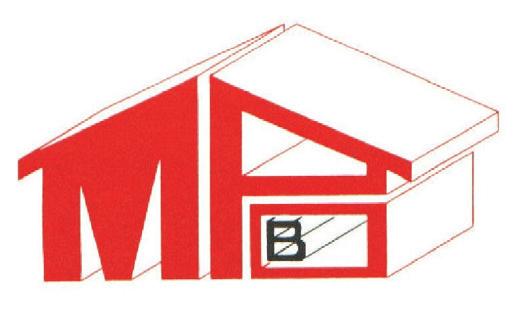
“I’ve seen first-hand the power and value of the Hub to farmers, the industry, the state, and the university,” Ruark says. “And I’m excited to guide the Hub during its next period of excellence.”
In 2023, Ruark was named the inaugural recipient of the Wisconsin Potato & Vegetable Growers Association BCS Chair at the UWMadison College of Agricultural and Life Sciences (CALS). This chair is designed to bolster the research program of a CALS faculty member working on potatoes and/or vegetables, and the environmental and economic impacts of these crops.
“It is always a significant milestone when a program or organization undergoes a leadership transition,” says Dave Daniels, chair of the Hub’s advisory council and owner of Mighty Grand Dairy in Union Grove, Wisconsin.
“We are lucky to have an Extension specialist with a proven track record in dairy, like Matt, assuming the important role of faculty director. Together with the council, I look forward to working with him on this important segment of the dairy community,” Daniels adds.
Before joining UW-Madison, Ruark was a postdoc in the Department of Plant Sciences at the University of California, Davis. He received a doctoral degree from the Department of Agronomy at Purdue University and master’s and bachelor’s degrees from the University of MinnesotaTwin Cities.

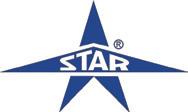
Ruark assumed the role of Dairy Innovation Hub faculty director on October 7, succeeding the inaugural faculty director, Heather White, who served since 2019 and was recently named associate dean for faculty affairs at UW-Madison CALS.
Mavis E. Bushman, 94, of Galloway, Wisconsin, died peacefully on Monday, November 18, 2024, at her home, surrounded by her loving family.
Mavis was born on February 4, 1930, in Elderon. The daughter of John and Frances (Wilde) Zwirchitz, she was a cheerleader and prom queen during her high school years at Wittenberg.
On May 21, 1949, Mavis was united in marriage to her one and only love, Ernest “Ernie” Bushman at St. Joseph’s in Galloway. The couple was so proud to be able to celebrate their 75th wedding anniversary. Ernie preceded her in death on September 17, 2024. There is no doubt that Ernie and Mavis are dancing to their favorite song, “In the Mood.”
Family was very important to Mavis and Ernie, and they cherished the time spent together. They were very proud of their six children and their families. The couple loved to travel and found themselves in many locations throughout the world. They spent many years in Arizona and Alabama to escape the cooler weather.
They enjoyed an old fashioned every night and always said, “When the mountains are pink, it’s time for a drink.”
Mavis found solace in her faith. She said the Rosary daily and instilled a sound foundation of faith in her children and grandchildren. Mavis was a member of St. Joseph’s Catholic Church, Galloway, the Rosary Society, Parish Council of Catholic Women, and choir.
Mavis was also a member of the Wisconsin Potato Growers Auxiliary and sold baked potatoes at the Wisconsin State Fair. She worked on the family potato farm until she was in her upper 80’s.
Mavis believed that staying active
kept her young, whether it was picking weeds and planting flowers or doing yard work. She loved feeding and watching her birds at the feeders and being outside.
She enjoyed golfing, bowling and dancing. It was always special to see Ernie and Mavis dancing. From the jitterbug to square dancing, they were always so graceful and moved as one.
Mavis loved her family! She had a way with always singing one liner songs such as “Grandma, poor old Grandma, why did they have to shoot poor old Grandma?” She also had her favorite treats such as ginger snap cookies, toffee bars, Chinese chews, lazy daisy cake and mini-ice cream Drumsticks.
Mavis was beautiful, kind and patient. She had the most beautiful blue eyes and would tell you exactly what she was thinking without saying a word. This was especially true after her stroke when words were hard to come by. She will be truly missed by her family.
Mavis is survived by her children, Shelly (Kevin) Korger, Joe (Wendy) Bushman, Brian (Trisha Grezenski) Bushman, Laurie (Bruce) Spranger and Angie (Kevin) Worzalla; and daughter-in-law, Connie Bushman.
She is also survived by her grandchildren, Amanda (Ian Street) Bushman, Luke Bushman, Leah “Julian” (Nicole Mayefske) Korger, Joe (Crystal) Bushman, Bethany (Kevin) Kersten, Jordan Bushman, Mallory (John) Schwalbach, Briana Hirsch, Ryan (Sammie Thomas) Bushman, Trevor (Lauren) Spranger, Haley (Kevin Borris) Spranger, Riley (Derek) Hoffman and Austin Worzalla.
Mavis is further survived by her great-grandchildren, Frankie, Aiden, Brennen, Jaxton, Drayden, Kiya, Mason, Micah, Mila, Malayna,

Monte, Natalie, Nolan, Brady, Jacob, Madeline, Emma and Addilyn, as well as many other relatives and friends.
Mavis was preceded in death by her parents; her husband; two sons, John Michael in infancy and Gregory; siblings and in-laws, LaVern (Joan) Zwirchitz, Violet (Raymond) Jones, Dorothy (Robert) Haupt, Gladys (Eldon) Fremming and Maynard (Elaine) Zwirchitz.
A Mass of Christian Burial was held on November 22, 2024, at St. Joseph’s Catholic Church, Galloway. Rev. Augustine Bentil and Monsignor Joseph Diermeier concelebrated. Burial took place in the Parish Cemetery.
The family would like to thank Mavis’ caregivers, Jenny from Inner Peace (who became her friend), Dustin from Interim Hospice for his daily visits with his “Mabel,” and the entire staff at Interim Hospice for their exceptional care. We would also like to thank Father Gus for his prayers and visits with Mom.
Mom, as you’ve always said, “I love you little, I love you big, I love you like a little fat pig.”
By Jed Colquhoun, professor and Extension specialist, University of Wisconsin (UW)-Madison Department of Horticulture
It was a tale of two seasons for potato and vegetable weed management in 2024. Crops sprayed during the nearly continuous earlyseason precipitation events suffered from rather poor control on sandy soils, where dilution wasn’t the solution and herbicides were likely pushed below the weed germination zone where they’re most useful.
In contrast, herbicides applied before or after the high rainfall performed adequately.
Fortunately, early season potato growth and canopy development was relatively fast and assisted with outcompeting many weeds.
In commercial field observations, it was noted that galinsoga and waterhemp continue to spread rapidly. Both are very concerning,

given that galinsoga can have five or more generations per growing season and waterhemp is almost certainly resistant to more than one herbicide site of action.
It was also an active season on the pesticide regulatory front, where the U.S. Environmental Protection Agency finalized the Herbicide Strategy to comply with Endangered Species Act requirements to protect threatened and endangered species and the habitats that support them.
Moving forward, as new herbicides are registered or current herbicide registrations reviewed, strategies may be required to mitigate risks of herbicide drift, runoff and/or erosion. A similar regulatory framework is being finalized for insecticides, with fungicides to follow.


From a field research standpoint, it was a very productive and busy season in potato and vegetable crops, with studies ranging from several projects exploring agronomic solutions to protect water quality from nitrate and pesticide leaching on coarse textured soils to preliminary efforts to grow winter camelina as a winter relay crop to suppress weeds.
The winter camelina seed would then be pressed to generate sustainable aviation fuel, which the military has already successfully tested in fighter jets, allowing for production of three cash crops in two years.
With great excitement, we also welcomed our first commercial laser weeders to the state and conducted studies to optimize their use in onions. The real-time sensing of small weeds in the cotyledon stage combined with sub-millimeter laser accuracy was amazing.
Importantly, when weed densities were moderate, we noted an onion growth advantage where the laser weeder was used to replace several herbicide applications that, in combination, result in sub-lethal injury that slows onion development. We look forward to expanding this line of research in the 2025 growing season.
By Yi Wang, UW-Madison Department of Plant and Agroecosystem Sciences
The state experienced more consistent rainfall than average years during the first half of the growing season (Figure at right). Central Wisconsin growers started planting in early April, which was about seven days ahead of schedule.
The Antigo seed growers experienced wet weather in May that caused flooding in some areas, and thus they had delayed planting. However, the second half of summer was almost optimal for potato growth.
The hot days and cool nights in July and August helped rapid tuber bulking and crop development. High temperatures (>80° Fahrenheit) in September caused growers to shut down harvest by noon on many days to avoid quality issues and tuber susceptibility to diseases.
Some drown-outs occurred in lowlying water-logged areas, but in general, Wisconsin’s potato crop
Some drown-outs occurred in low-lying water-logged areas, but in general, Wisconsin’s potato crop was in good condition this season. Potato quality is very good. No late blight and no frost damage were reported. Loss in planted acreage due to excessively wet conditions was estimated to be 5%.
reported. Loss in planted acreage due to excessively wet conditions was estimated to be 5%.
Wisconsin’s planted potato acreage is estimated at 65,225 acres, which is a decrease of about 1,000 acres in comparison to last year. Harvested acreage is estimated to be 62,000 acres, a reduction of 4,000 acres compared to 2023.
That puts Wisconsin’s production at
seeds, chipping, fry processing, and fresh is 14%, 28%, 21%, and 37%, respectively.
Yields for early fresh potatoes were close to average. Yields and quality for early processing varieties were also good. Overall, the size profile is smaller than expected, leading to average to slightly below average yields. The yield estimate for Wisconsin is 420 cwt. per acre, a decline of about 3.5% compared
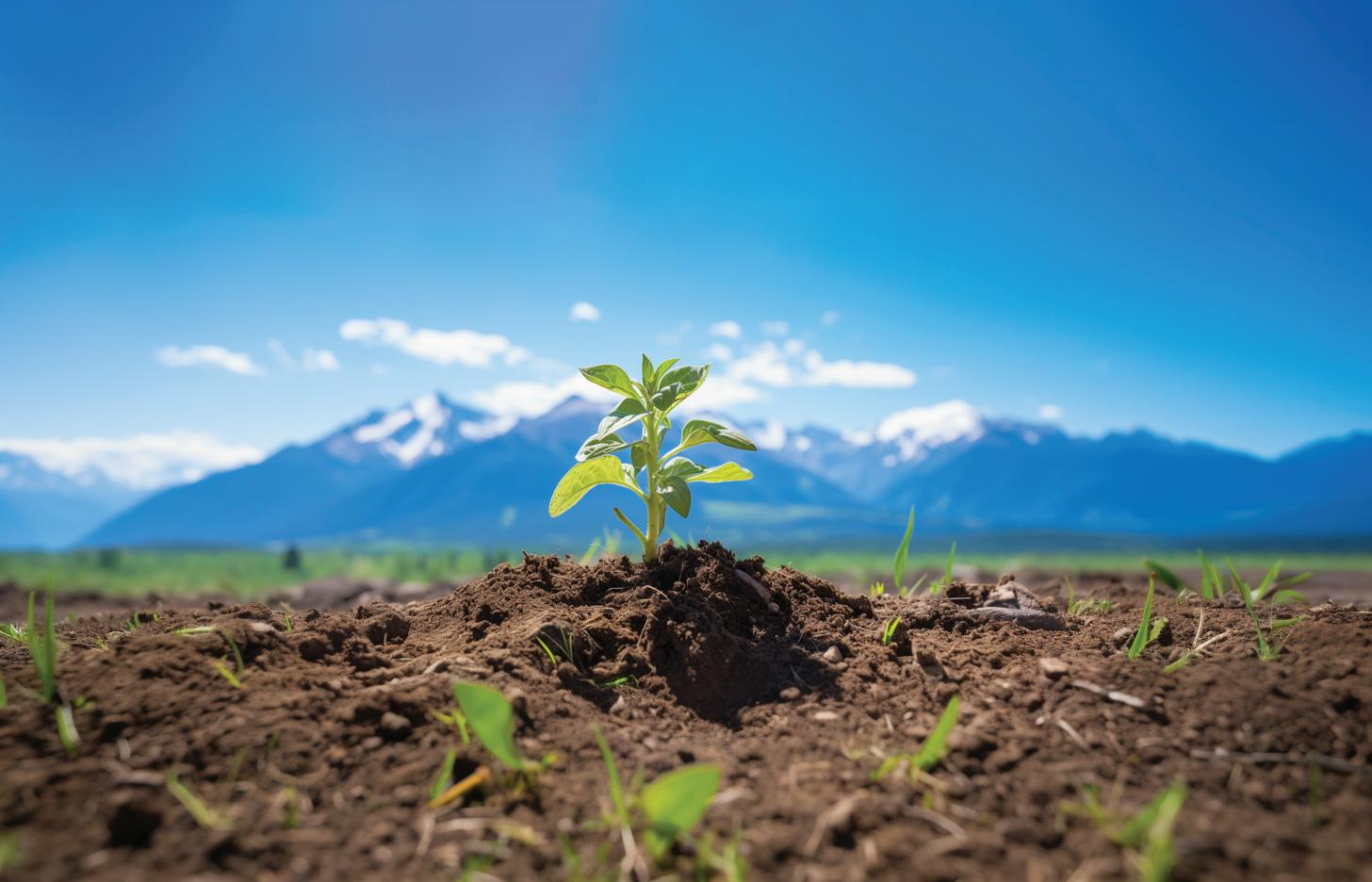
By Russell L. Groves, UW-Madison Department of Entomology
There are several insects regarded as “migratory” in Wisconsin. These are species that overwinter in southern latitudes and then make their way northward on weather systems that are permissive for their movement.
Weather patterns in the spring and early summer brought much needed precipitation, but also some unwanted insects that fly (migrate) in advance of the weather systems as moist air from the Gulf of Mexico is being drawn northward by low pressure centers that, in this instance, created the weather and needed precipitation.
While warm and wet conditions typified the spring conditions in 2024, which did alleviate drought conditions enduring from 2023, the winter of 2023-’24 was regarded as the warmest on record.
The state climatology office dubbed it as a “lost winter,” where warmth extended through the entire winter season, making it the warmest winter (December to February) since recordkeeping began in 1895. The statewide
average temperature for this past winter was just over 28 degrees Fahrenheit, surpassing the previous record mild winter by a full 2 degrees. Taken together, these weather phenomena created ideal conditions for overwintering insects that are often killed by the bitter cold of an average winter, plus spring storms transported many insects northward. While certain species may still be dormant in overwintering stages of development (e.g., eggs or pupa), other species that overwinter as adults were able to begin their activities due to the unusually warm temperatures.
The early activity of some species did signal problems for crops. One such insect was the seed corn maggot (SCM), which is regarded as a



perennial pest of the germinating seeds and young seedlings of a wide range of vegetable and agronomic crops.
In addition to corn, SCM has a large host range, including numerous common vegetable crops.
Adult flies began emerging in midspring this past April, and peak emergence for the first generation occurred in early May. These adult SCM swarmed over recently tilled fields, which are preferred egg deposition sites.
Injury to seeds and emerging plants was caused by the larval stages of SCM, and these larvae damaged cotyledons and below-ground hypocotyl (stem) tissue of seedling plants, resulting in a variety of damage symptoms.
In Wisconsin, there are typically 3-4 generations per year, but the early summer of 2024 combined with the warmth of the growing season meant we witnessed 5-6 generations in 2024. The extended warm periods certainly allowed insects such as SCM to squeeze in an additional reproductive cycle (or two).
The green peach aphid (GPA) was another insect that arrived exceedingly early in 2024. The life cycle varies, depending on the presence of cold winters. The lack of winter in 2023-’24 allowed for many local populations of the GPA to succeed in overwintering at latitudes in southern Wisconsin where this would rarely occur.
The early appearance and development of the insect resulted in as many as 20-25 annual generations in these mild climatic conditions. Populations of the GPA overwintered
as eggs on Prunus (e.g., black cherry, choke cherry) in local woodlands in southern Wisconsin.
In spring, the eggs hatch and the aphids migrate onto their summer host when it becomes available.
The female aphids then reproduce without mating and will hold the eggs in their bodies to give birth to
live young. By eliminating mating and egg laying, aphids have successfully shortened their life cycle and thereby increased their reproductive capability.
Adult GPAs were captured in the aphid suction trap network as early as May 25, 2024, which signaled an early arrival and presence of the insect. Throughout the summer,
wingless females predominate on a variety of host plants, with potato as a favored host. However, winged forms may arise when populations become too large for the available food source.
In late summer, we observed large populations of GPA at many locations within the state.
By Amanda Gevens, Professor, Extension Specialist, and Department Chair, University of Wisconsin (UW)-Madison Plant Pathology, and Administrative Director of the Wisconsin Seed Potato Certification Program
The variability of the weather during the shoulders of our growing season in 2024 made for some challenging conditions through planting and emergence, and again at harvest. Particularly, we had 40% greater rainfall than average of all recorded years during May, and a wetter than typical June.
Such conditions led to the activity of soil and seed-borne diseases, including Rhizoctonia, caused by Rhizoctonia solani, and soft rot,
caused by Pectobacterium and Dickeya species.
After that time, July and August were
generally normal, but for some rare tornadic activity in southern and western Wisconsin during May-July.
The Wisconsin State Climatology Office offers useful summaries and weather trend tools. Visit https:// climatology.nelson.wisc.edu/ wisconsin-climate-summaries/.

The addition of weather stations across the state through the Wisconsin Environmental Mesonet (Wisconet) program, https:// wisconet.wisc.edu/, has enabled improved monitoring of weather for enhanced agricultural and environmental management, and human safety benefits.
The stations are integrated into the weather data network that feeds into our UW-Madison Division of Extension Vegetable Disease and Insect Forecasting Network tool (https://agweather.cals.wisc.edu/ vdifn), which is managed by myself in Plant Pathology, and Dr. Russell Groves and Mr. Ben Bradford in Entomology.
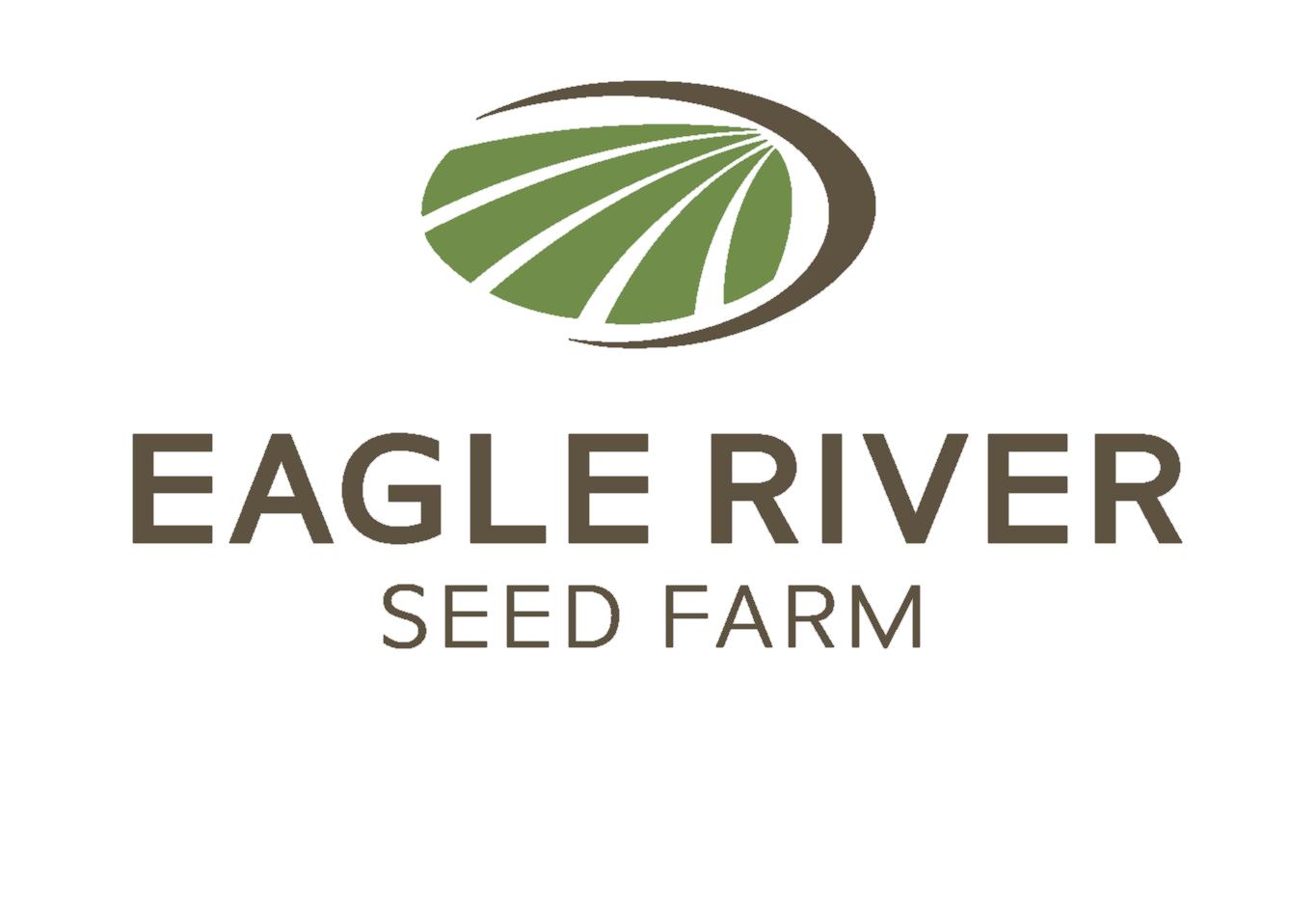
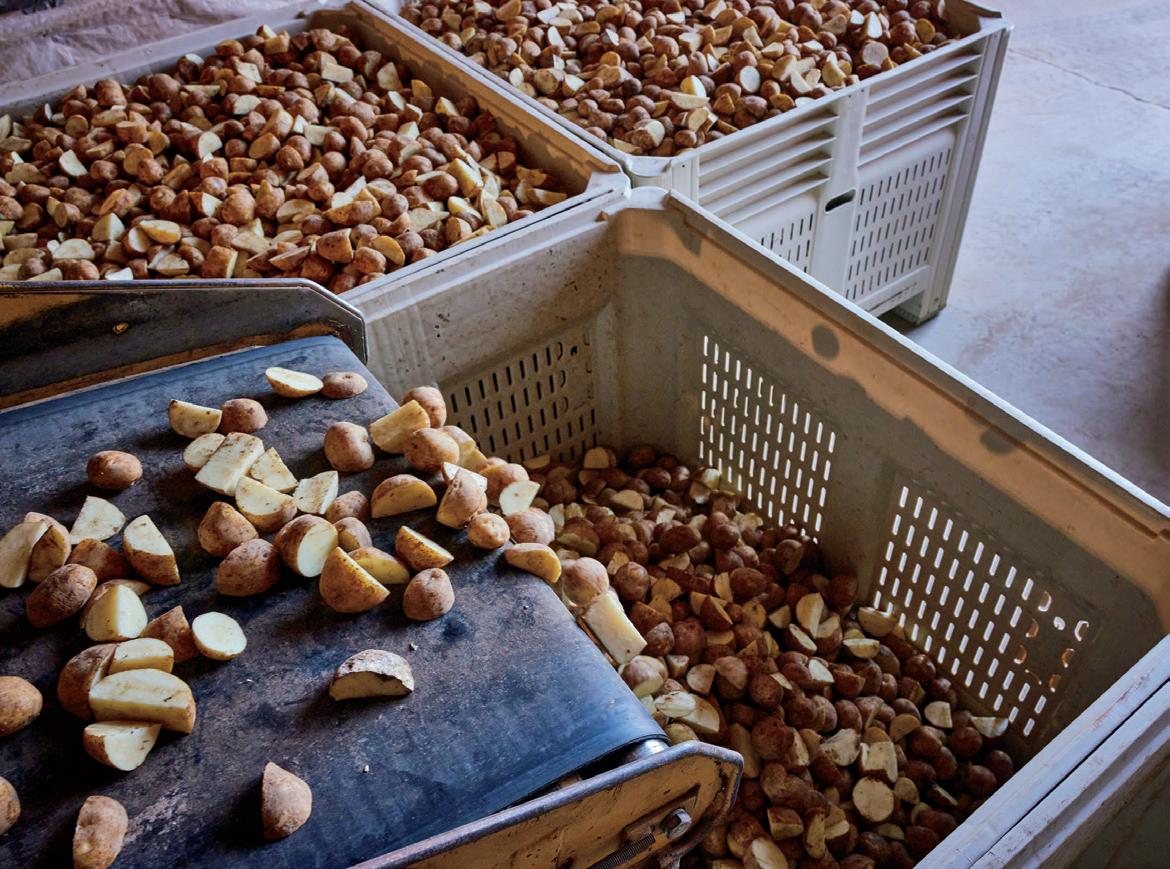

Wisconet is supported by the U.S. Department of Agriculture (USDA) Rural Partnerships Institute and the Wisconsin Alumni Research Foundation.
The normal July and August weather gave us a typical season of potato pathology. However, the later summer heat seemed to curb the activity of foliar fungal pathogens, including Alternaria solani, the causal agent of early blight.
Late blight caused by Phytophthora infestans was not identified in commercial potatoes in Wisconsin in 2024, making this the third consecutive year without the disease in the crop. However, late blight was confirmed on multiple tomato varieties in a home garden in western Dane County in late August.


Late blight did not spread from this one location as no additional home garden or commercial findings followed. August ended with a heat wave that carried over into an unusually hot and dry September
The timing of potato harvests was seemingly limited to early mornings and evenings to avoid bringing potentially destructive field heat into storage facilities. Overall, potato yields were strong and of good
Hot conditions later in the season and at harvest bring concerns for internal heat necrosis and periderm quality, which can give rise to diseases including Pythium leak, caused by Pythium ultimum, bacterial soft rot (Pectobacterium and Dickeya species), and Fusarium dry rot caused by Fusarium sambucinum
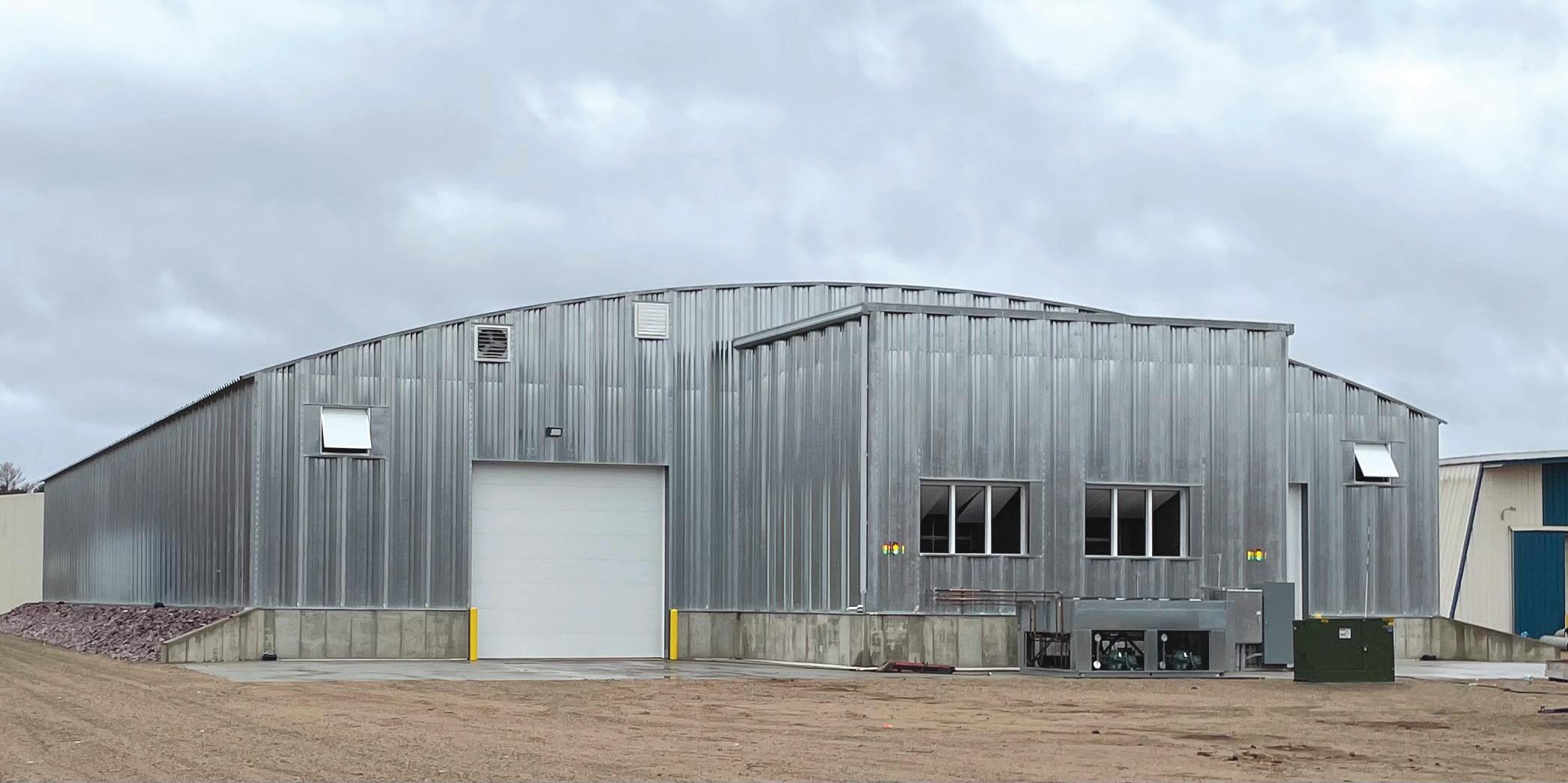
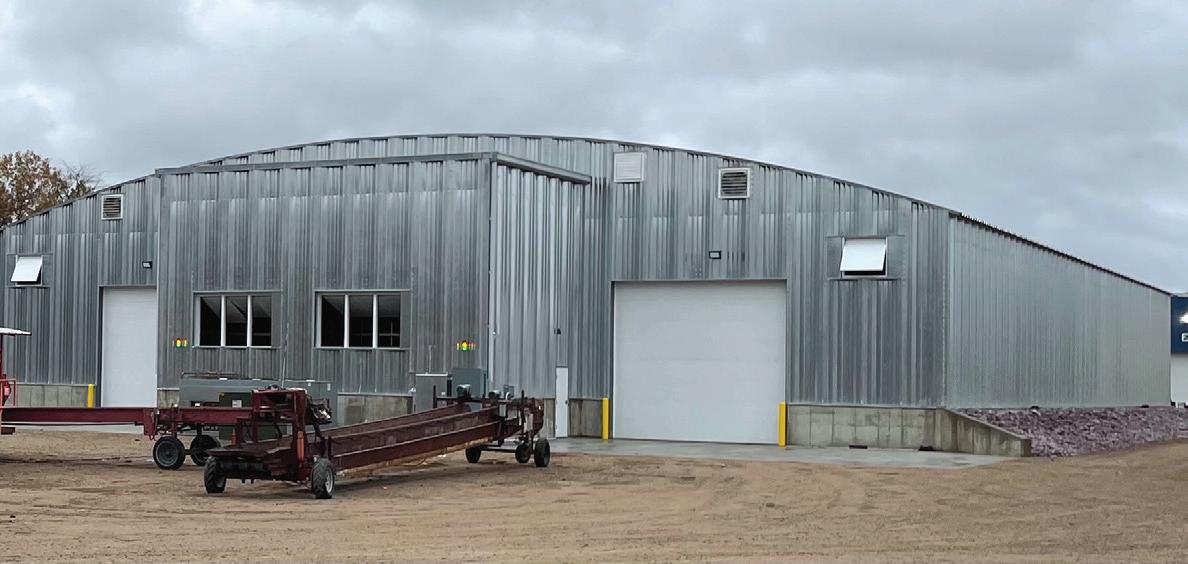




A collaborative effort between the University of Wisconsin (UW) Division of Extension and the Wisconsin Potato & Vegetable Growers Association (WPVGA), the 2025 Grower Education Conference & Industry Show promises to be another blockbuster event.
Recognized nationally and internationally as a premier potato and vegetable industry conference and show, much can be attributed to the lineup of renowned speakers and topics relevant to growers that Dr. Russell L. Groves, UW Department
of Entomology, and the Grower Education Conference Committee put together each year for the benefit of the agriculture industry.
Assembling top-tier researchers and timely subjects, as well as overall planning for the event,
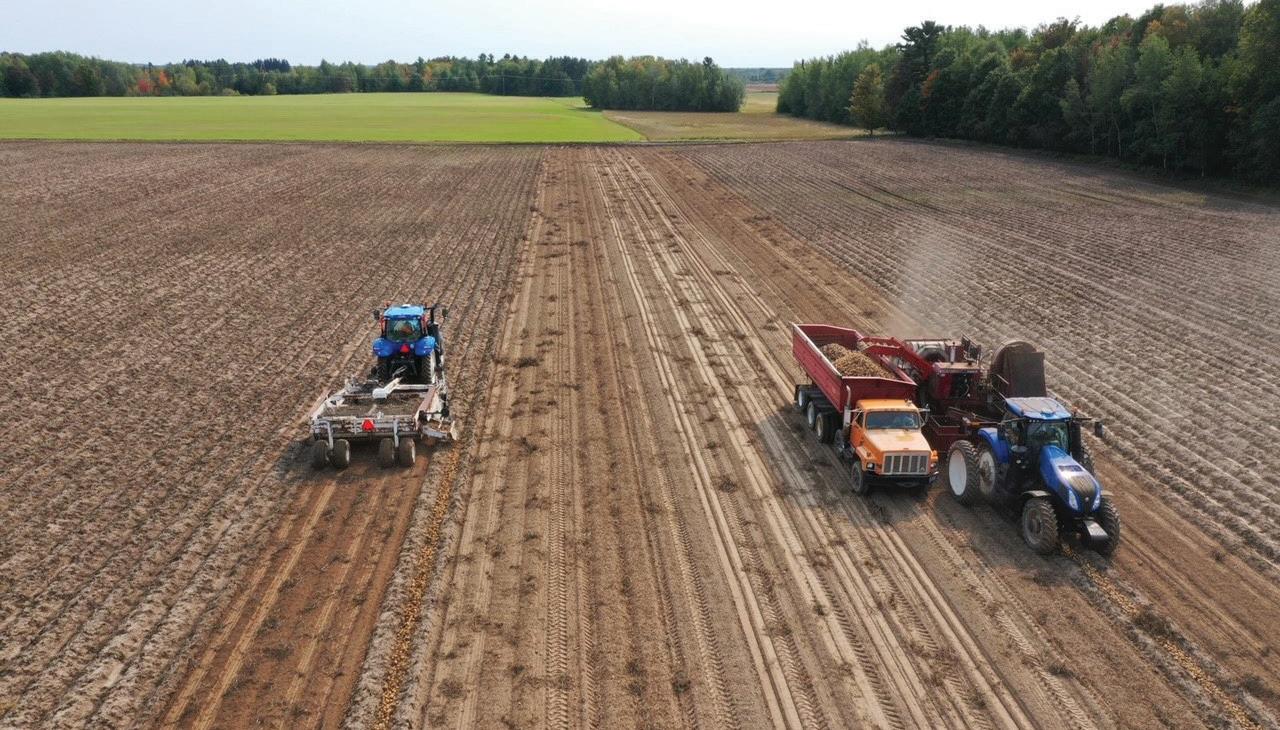
• AO8433-4STO • Caribou
• Lakeview Russet
• Reveille
• Silverton
• W13103-2Y
• Yukon Gold WHITES
• Lady Liberty (NY152)
•
•
Bula Potato Farms, Inc. • W11957 Highland Road • Antigo, WI 54409
Call Dennis or Adam: Work: (715) 275-3430 • FAX: (715) 275-5051 • www.certifiedseedpotatoes.com Email: bulaseed@frontiernet.net or dennis@certifiedseedpotatoes.com
begins months in advance for the Grower Education Conference that runs concurrently with Wisconsin’s Industry Show, February 4-6, 2025, at the Holiday Inn & Convention Center in Stevens Point.
The quality lineup of speakers and issues covered have proven beneficial to the industry over the years, and to the successful daily operations of potato and vegetable growers.
WPVGA grower members take advantage of the opportunity to talk business with Industry Show exhibitors and Associate Division company representatives, visiting booths to see the latest in everything agriculture.
The sold-out showroom features Industry Show exhibitors showcasing their products, implements, technologies, tools, devices, and services, while gaining insight into the potato and vegetable growing industry and a chance to network and build relationships.
Above: Agronomist Mike Copas discusses tuber storage and packability of fresh market cultivars, challenges, impediments and disease development at the 2024 Grower Education Conference & Industry Show.
Annually, the Grower Education Conference & Industry Show helps growers get a head start on the season with expert market analysis and outlooks, research reports, information on new technologies and agribusiness updates.
Scheduled researcher presentations cover such topics as water quality, agroecosystems, pest and disease management, potato marketing and varieties, and agronomics and breeding.
Topical subjects affecting growers are harvesting plant biomass to decrease nitrate leaching, integrated weed management in potatoes, fertility fundamentals, enhancing early season detection of early blight in potato crops, managing insecticide resistance in Colorado potato beetle, implications of the newly
Dr. Alex Karasev, University of Idaho Department of Entomology, Plant Pathology and Nematology, will breakdown the “Potato Virus Initiative: Managing Potato Tuber Necrotic Viruses,” and Dr. Matthew Maughan, Director of Agricultural Innovation and Sustainability at CSS Farms, is to address “Applied On-Farm Trials for Understanding & Minimizing Black Dot.”
Dr. Zsofia Szendrei, professor in the Michigan State University Department of Entomology, will discuss “Alternatives to Neonicotinoid Insecticides— Refinement of IPM Programs in Potato.”
In addition to Wisconsin’s own base-funded and competitive grant-awarded researchers, the 2025 lineup of professors, scientists and ag industry professionals come from
in Kearney, Nebraska; University of Idaho; and Michigan State university.
An overarching goal is for farmers and agribusiness professionals to gain the edge they need in today’s competitive business climate by attending the Grower Education Conference and engaging with wellinformed speakers.
For the second year, the WPVGA Associate Division is sponsoring registration and lunch for high school, technical college and university students who have been invited to attend the Grower Education Conference & Industry Show free of charge as part of the Student Recruitment Program.
As part of the program, students enjoy a brief introduction, attend research presentations and Bringing
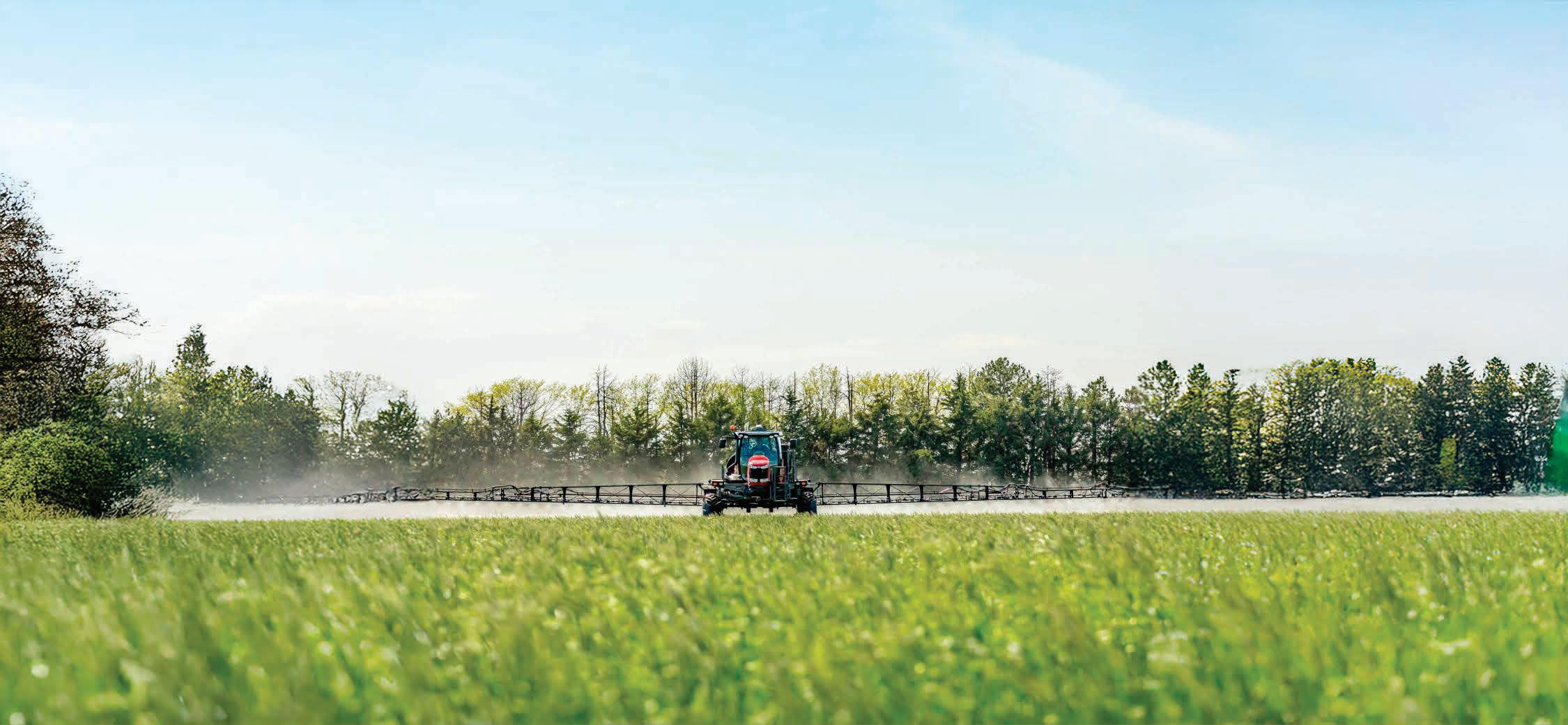

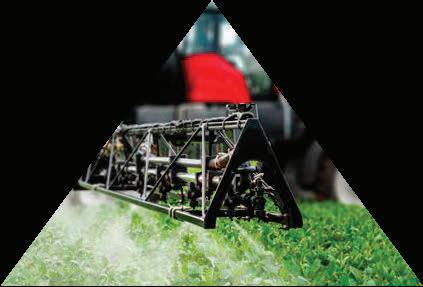
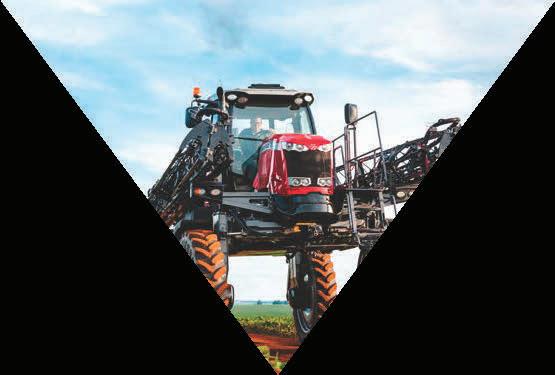







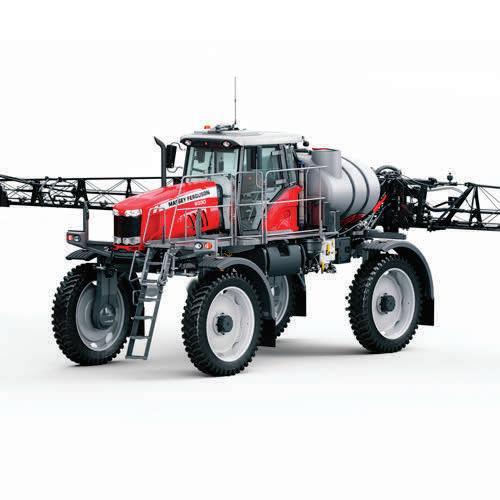
learn about the many business and career opportunities afforded through the Wisconsin potato and vegetable growing industry.
Each year, the WPVGA Associate Division and UW Division of Extension host a follow-up Spring Student Recruitment Planting Day, as well as a Fall Harvest Day to give participants a complete picture of the Wisconsin potato and vegetable growing industry.
The WPVGA Associate Division Banquet, Wednesday evening, is the premier social event in the Wisconsin potato industry, including a nice social hour, dinner, awards and entertainment.
In addition to the annual Industry Awards and WPVGA Hall of Fame induction, there will be cash drawings, with $1,500 given away, including more than 10 individual cash prizes and a $500 grand prize winner (must be present after the
awards banquet and during the evening’s entertainment to win).
Good friends, great food, awards, drawings and refreshments will be capped off by entertainment from Wisconsin’s very own New Dueling Pianos.
To register for the conference, please complete the Individual Registration Form by visiting: https:// wisconsinpotatoes.com/wp-content/ uploads/2024/10/Registration-FormIndividual.fillable.pdf and return it with payment to WPVGA, P.O. Box 327, Antigo, WI 54409.
If more than one person from the same company is attending, please use the Group Registration Form (https://wisconsinpotatoes.com/ wp-content/uploads/2024/10/ Registration-Form-Group.fillable.pdf). If you have questions, please contact the WPVGA Office at (715) 623-7683.
There is a block of rooms at the Holiday Inn Hotel & Convention Center reserved for conference and show attendees. The standard room rate is $117.99 for a single or double room.
To reserve your room and take advantage of this rate, visit https:// wisconsinpotatoes.com/events/2025grower-education-conferenceindustry-show/ and scroll down to the Holiday Inn Booking Link.
For those who prefer to make reservations over the phone, please call 715-344-0200, press #1 and reference the group name Wisconsin Potato & Vegetable Growers, or refer to group block code PVA. You must book under the block, and the room block will expire on January 26, 2025. Make plans now to attend this incredible event. Please note that conference registration rates will increase after January 19, so register today!
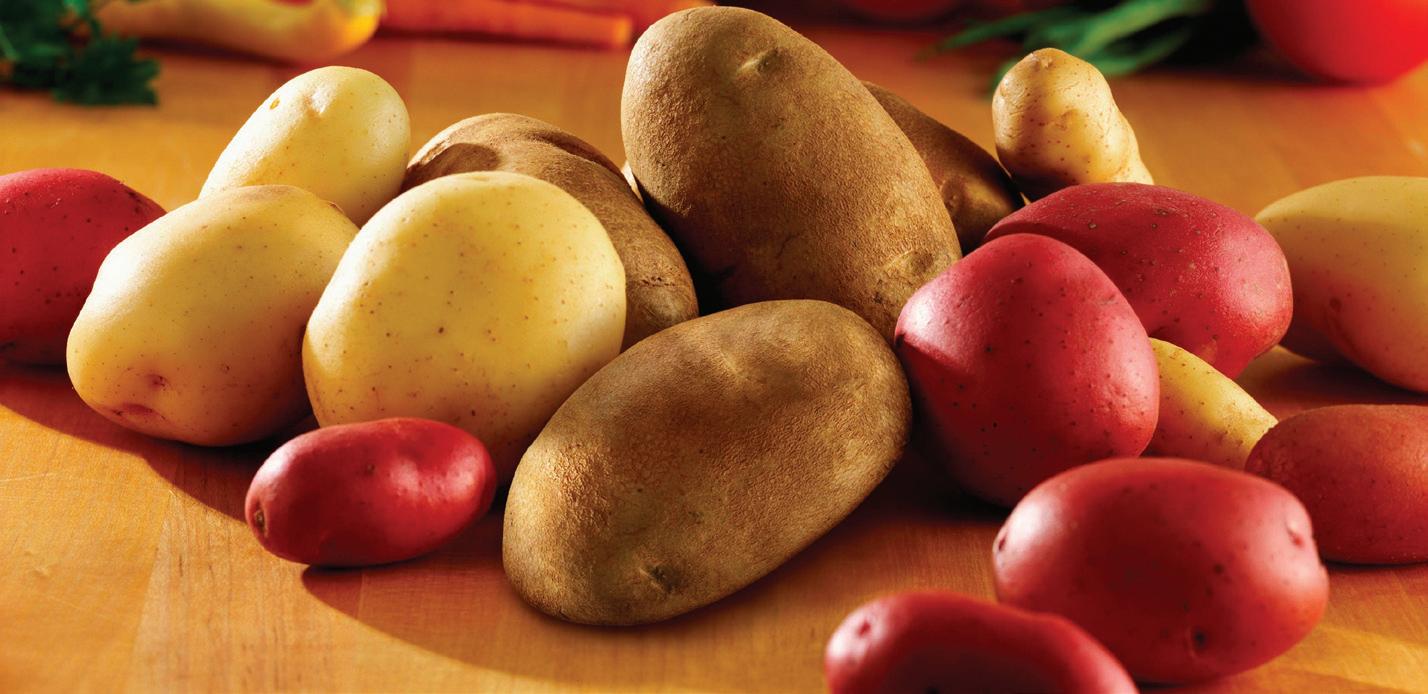

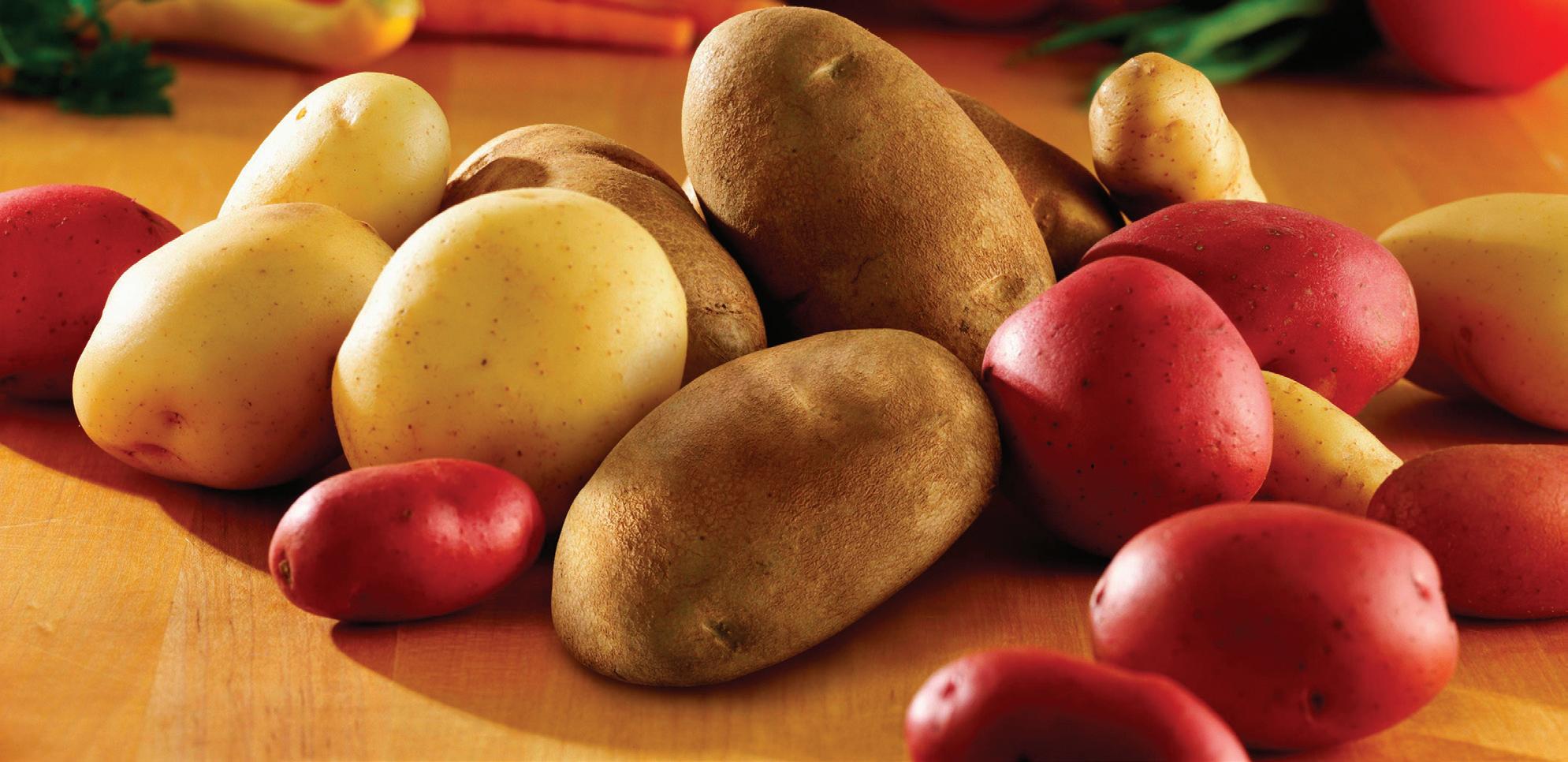
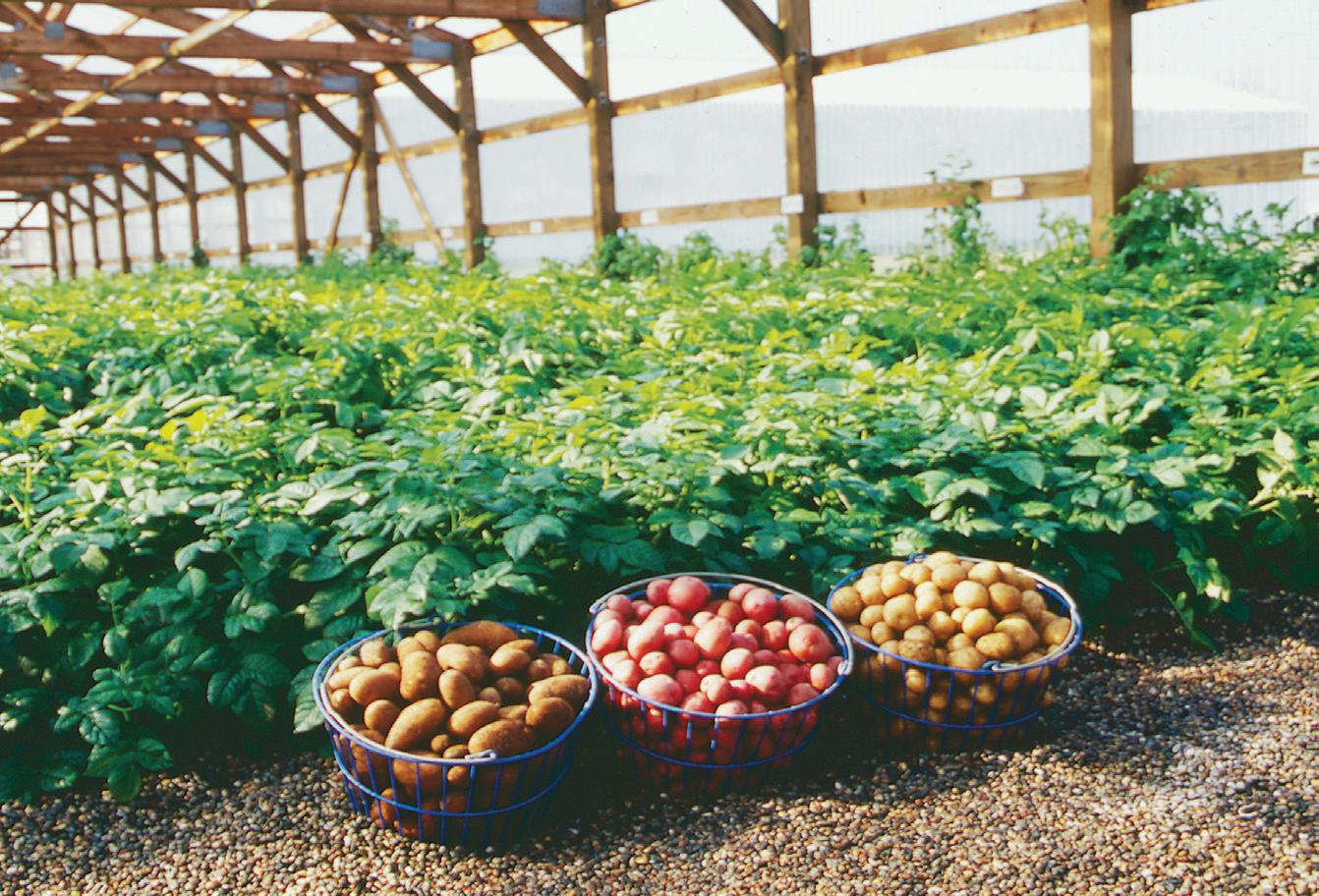



Time
2025 WPVGA & UW Division of Extension Grower Education Conference
Tuesday, February 4, 2025
Holiday Inn Hotel & Convention Center, Stevens Point, WI
General Session - Moderator Expo 1 and 2
7:30 - 8:20 Registration & Visit Associate Division Industry Show (Show opens at 8:00 a.m.)
8:20 - 8:30
8:30 - 9:00
9:00 - 9:30
Welcome and opening remarks - Tamas Houlihan, Executive Director, Wisconsin Potato and Vegetable Growers Association, Antigo, WI
The Ecosystem Elements of Potato Sustainability - John Mesko, Chief Executive Officer, Potato Sustainability Alliance, St. Croix Falls, Wisconsin
Alternatives to Neonicotinoid Insecticides-Refinement of IPM Programs in Potato - Dr. Zsofia Szendrei, Professor, Department of Entomology, Michigan State University, East Lansing, Michigan
9:30 - 10:30 Morning Break - Visit Exhibit Hall/Poster Session
10:30 - 11:00
Potato Virus Initiative: Managing the Potato Tuber Necrotic Viruses - Dr. Alex Karasev, Distinguished Professor, Department of Entomology, Plant Pathology and Nematology, University of Idaho, Moscow, ID
11:00-11:30 Applied On-Farm Trials for Understanding & Minimizing Black Dot - Dr. Matthew Maughan, Director of Agricultural Innovation and Sustainability, CSS Farms, Kearney, NE
11:30-12:00
12:00 - 1:15
Breakout
Sessions
1:30 - 1:50
1:50 - 2:10
2:10 - 2:30
2:30 - 3:30
Breakout
Innovating Agriculture through Research and Extension - A Land Grant University's Role - UW-Madison - Dr. Troy Runge, Associate Dean for Research and Extension, College of Agricultural and Life Sciences, University of Wisconsin, Madison
Lunch Break: National Potato Council Update - Kam Quarles, CEO, NPC | WPVGA Awards
Expo 1 Agricultural Fundamentals (101)
Dr. Jed Colquhoun - Integrated Weed Management in Potatoes
Dr. Jeff EndelmanPotato Breeding & Genetics
Dr. Russ GrovesInsect Pest Management
Sessions Expo 1 Agricultural Fundamentals (101)
3:30 - 3:50
3:50 - 4:10
Dr. Amanda GevensBasics of Potato Diseases
Dr. Matt RuarkFertility Fundamentals
4:10 - 4:30
Dr. Yi WangBasics of Potato Irrigation Management
Expo 2 Water Quality
Chuck Bolte - What Happens When the Rain Does Not Stop - The Story of 2024
Steven Hall - Harvesting Plant Biomass to Decrease Nitrate Leaching
Jeff Hadachek - Reducing Nitrate Losses: An Economic Perspective
Afternoon Break - Visit Exhibit Hall/Poster Session
2 Bringing Value to Ag
3:30 Sara Wieland, EarthScout, LLC - Benefits of Soil Moisture Sensors for Irrigation Management
3:42 Jeramy Williams, American Drone - How Drones Enhance Efficiency and Sustainability in Agriculture
3:54 Dr. Phyllis King & Bobbi Kubish, Food + Farm Exploration Center - A Place for Connecting Food and Those Who Grow It
4:06 Jeremy Nunes, HGS BioScience - Increasing Soil Water Holding Capacity and Nitrogen Use Efficiency with Humic Acid
4:18 Greg Downing, NuVia Technologies - The Difference Silicon Makes
Sands/Spruce Agroecosystems
Heather Gayton - "Farmers of the Roche-A-Cri" Producer-Led Watershed Group Update
Jackson Parr - Tools to Prepare Wisconsin's Rural Communities for Amplified Weather Extremes in a Changing Climate
Monica Schauer & Matt RuarkHighlights from Central Sands NOPP Trials
Sands/Spruce Pest/Disease Management
Zsofia Szendrei - Integrated Pest Management in Cole Crops
Olee Lam - Enhancing Early Season Detection of Early Blight (Alternaria solani) in Potato Crops Using Imaging Spectroscopy
Alex Karasev - Manure Resistance to Potato Virus Y, a Possible Tool for Management
4:30 - 8:00 Wisconsin Seed Potato Improvement Association and WPVGA Associate Division Reception
Wednesday, February 5, 2025
Holiday Inn Hotel & Convention Center, Stevens Point, WI
Time General Session - Expo 1 and 2
7:30 - 8:15
8:15 - 9:00
9:00 - 9:30
9:30 - 10:00
10:00 - 11:00
11:00 - 11:30
11:30 - 12:00
12:00 - 1:15
Registration & Visit Associate Division Industry Show (Show opens at 8:00 a.m.)
Potatoes USA Update and Outlook - Blair Richardson, President, Potatoes USA, Denver, CO
A New Way to Look at In-Season Testing for Verticillium and Lesion Nematodes - Mr. Rob Schaefer, Agronomist and Founder, Mid-Michigan Agronomy, Dewitt, MI
Lessons Learned from a Grower Supported Mail-Away PVY Test Project - Dr. Chakradhar Mattupalli, Assistant Professor, Department of Plant Pathology, Washington State University, Mount Vernon NWREC, WA
Morning Break - Visit Exhibit Hall/Poster Session
Managing Insecticide Resistance in Colorado Potato Beetle Through Collaboration with Our Neighbors - Mr. Karl Ritchie, Research Agronomist, Walther Farms, Three Rivers, MI
Advancing Nematology and Bridging Basic Science to Agricultural Innovations - Dr. Peter DiGennaro, Assistant Professor, Department of Plant Pathology, University of Wisconsin-Madison
Lunch Break
WPVGA/State Legislative Issues Update - Jordan Lamb, Attorney, The Welch Group
Breakout Sessions Expo 1 Potato Marketing and Varieties Expo 2 Water Quality
1:30 - 1:50
1:50 - 2:10
2:10 - 2:30
2:30 - 3:30
Paul Mitchell - Growing a New Fresh Potato Brand
Deana Knuteson - Healthy Grown - New Marketing Opportunities
Amber Walker - Update on Elite Potato Varieties Grown in Central Wisconsin and Associated Storage Success at the UW Storage Research Facility
Steve Elmore - Groundwater Standard Setting in Wisconsin
Guolong Liang - Rooting for Clean Water: Innovative Strategies to Reduce Nitrate Leaching
Kevin Hedinger & Erica BorgardtEvaluation of Nitrate Leaching and Groundwater Recharge: Work Completed and In-Progress
Afternoon Break - Visit Exhibit Hall/Poster Session
Sands/Spruce Wisconsin Muck Meeting
Brian Nault - Considerations for Control of Onion Maggot and Onion Thrips
Jed Colquhoun - Implications of the Newly Enacted Endangered Species Act
3:30 - 3:50
3:50 - 4:10
4:10 - 4:30
5:15 - 6:00
6:00 - 10:00
Rob Schaefer - Improving Gravity and Quality in a Chipping Potato
Matthew Maughan - Practical Approaches to Adopting More Sustainable Farm Practices
Dennis Halterman - Facilitating Use of Disease Resistant Wild Potato Species in Diploid Breeding
Sean Schoville - Abundance and Resistance Patterns of Colorado Potato Beetles in Wisconsin
Chakradhar Mattupalli - Effect of Location on the Development of Silver Scurf of Potato
Emma Terris - Characterizing the Genetic Mechanisms of Colorado Potato Beetle Insecticide Resistance
Social Hour
WPVGA Associate Division Banquet
Russ Groves - Asiatic Garden Beetle - An Emerging Below-Ground Pest
Jed Colquhoun - Precision Technologies in Laser Weeding
2025 WPVGA & UW Division of Extension Grower Education Conference
Thursday, February 6, 2025
Holiday Inn Hotel & Convention Center, Stevens Point, WI
Time General Session - Expo 1 and 2
8:00 - 8:30 Potato Breeding and Genetics
- Jeff Endelman, Professor, Department of Plant & Agroecosystem Sciences, University of Wisconsin-Madison
8:30 - 9:00 Using AI-Driven Technologies in Potato Nutrient Management
- Yi Wang, Associate Professor, Department of Plant and Agroecosystem Sciences, University of Wisconsin-Madison
9:00 - 9:30 Early Generation Seed Potato Advancement
- Brooke Babler, Associate Research Program Director, WSPCP Program, Department of Plant Pathology, University of Wisconsin-Madison
9:30 - 10:00 Managing the Risk for Resistance to New Biopesticides
- Russ Groves, Professor and Chairperson, Department of Entomology, University of Wisconsin-Madison
10:00 - 10:15 Morning Break
10:15 - 10:45 Can Non-Chemical Alternatives Overcome Herbicide Resistance and Regulation?
- Jed Colquhoun, Professor, Department of Horticulture, University of Wisconsin-Madison
10:45 - 11:15 Rethinking Potato Early Blight Control in Central Wisconsin
- Amanda Gevens, Professor and Chairperson, Department of Plant Pathology, University of Wisconsin-Madison
11:15 - 11:45 Crop Rotation, Nitrogen, and Soil Health
- Matt Ruark, Professor, BCS Chair and Dairy Innovation HUB Director, Department of Soil Science, University of Wisconsin-Madison
11:45 - 12:00 Thank You and Concluding Remarks
- Tamas Houlihan, Executive Director, Wisconsin Potato and Vegetable Growers Association
12:00 Adjourn - Thanks for your Attendance and Participation
12:30 WPVGA Annual Meeting
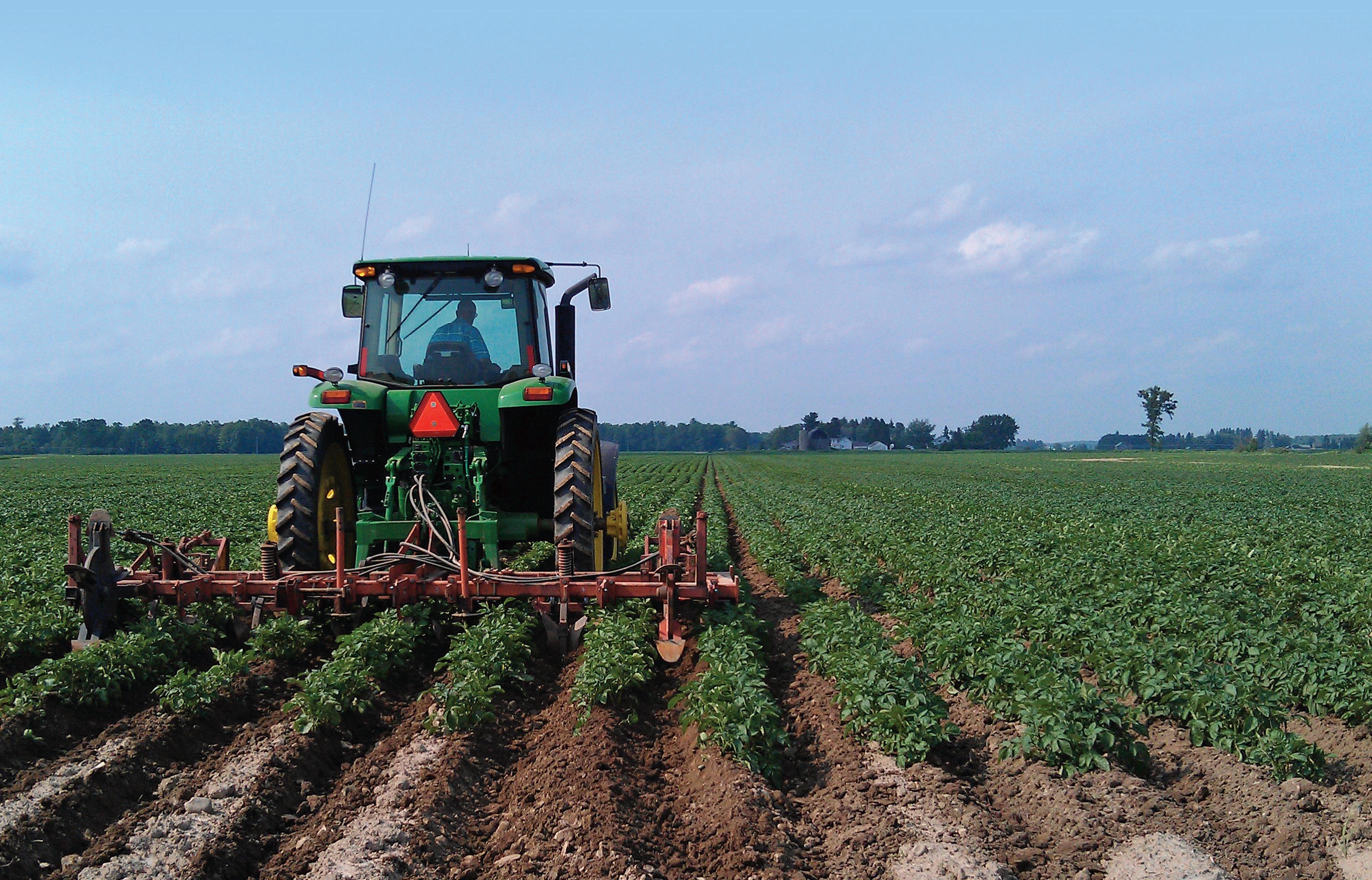

By Dakotah Smiley, Vice President, WPGA
Key achievements of the first decade include educational outreach and marketing
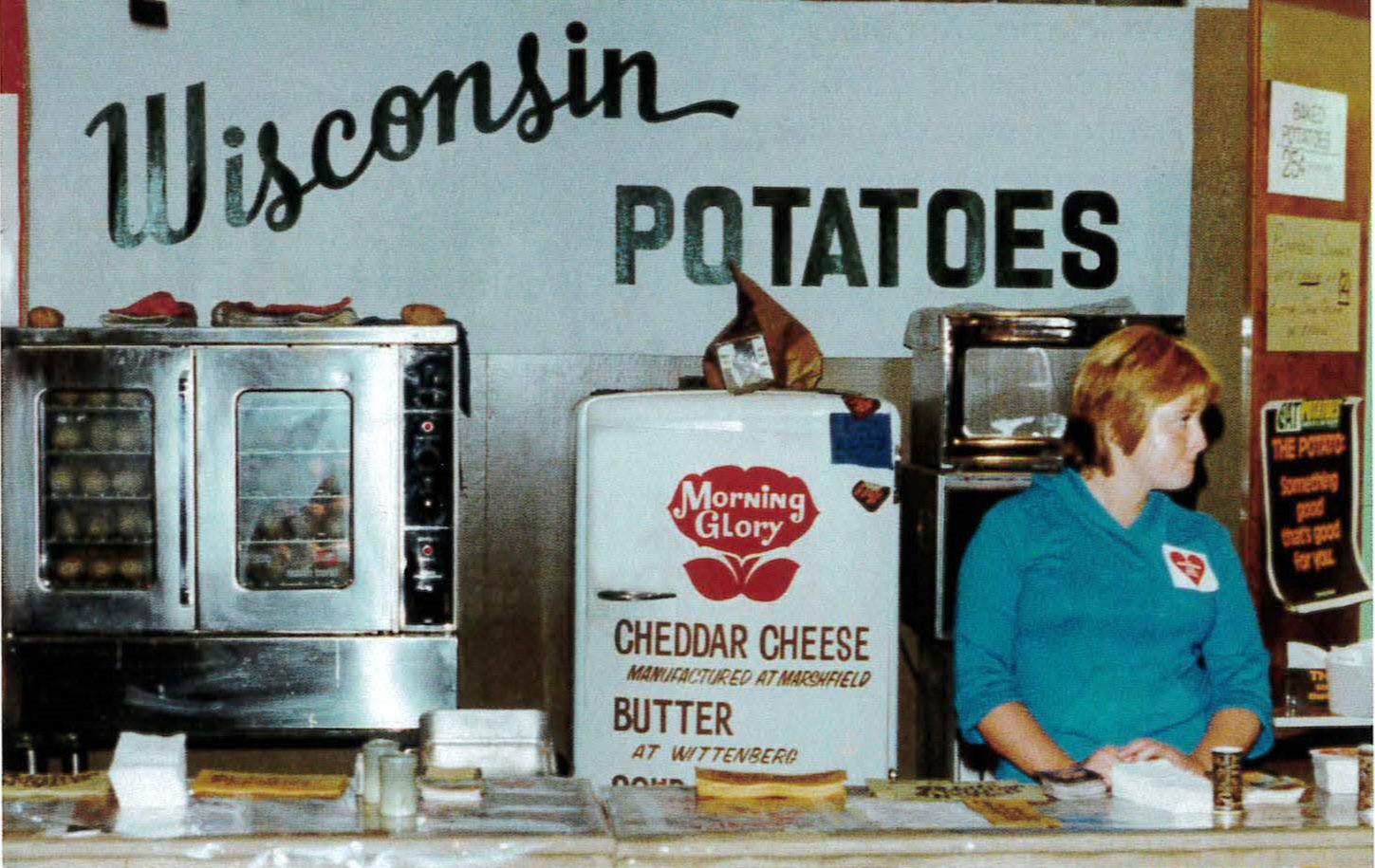
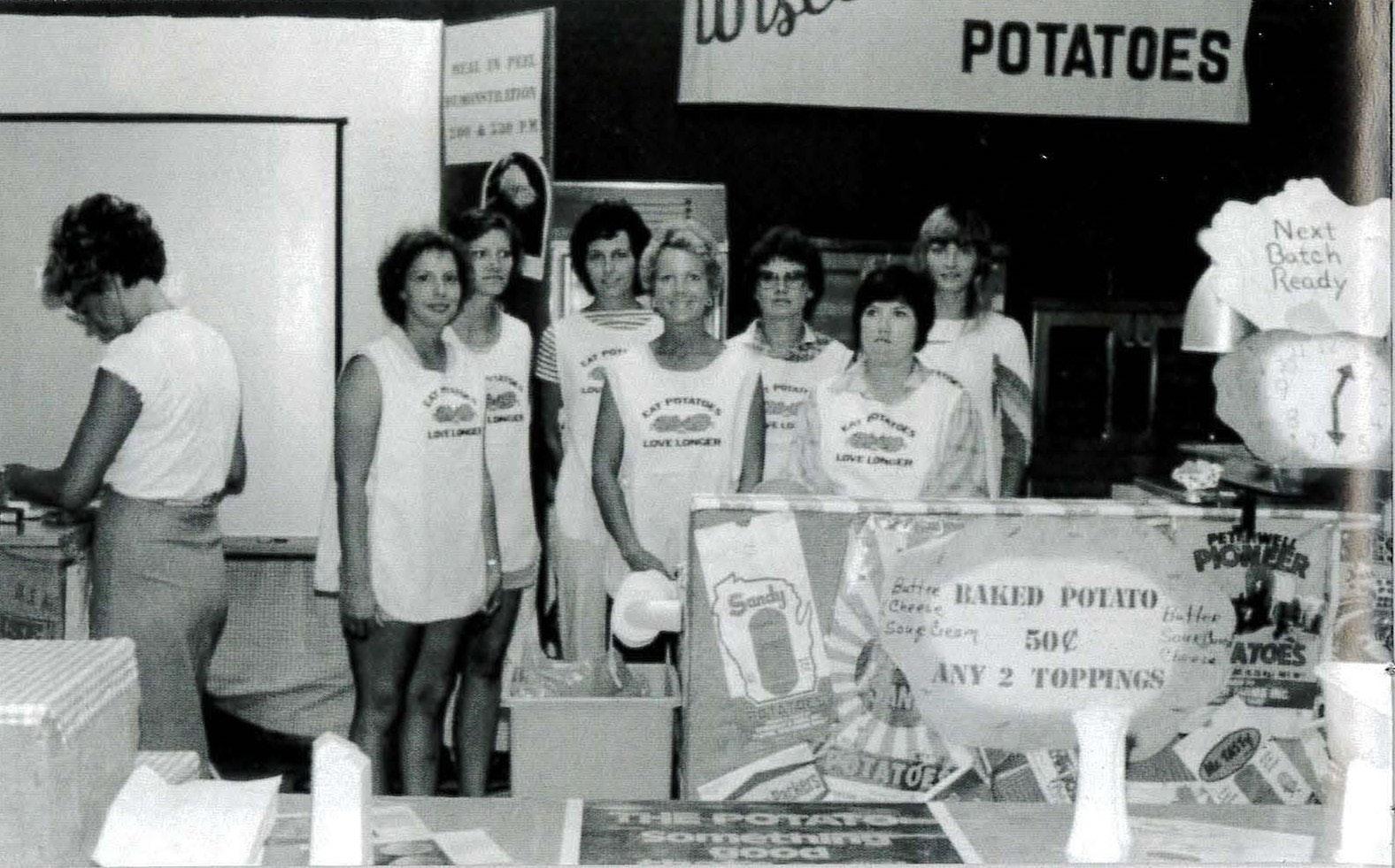
This year marks the 50th Anniversary of the Wisconsin Potato Growers Auxiliary (WPGA), a milestone in promoting agriculture, fostering community, and advocating for healthy lifestyles.
This month’s Auxiliary News column is the first in a five-part series in which we’ll explore the history and impact of the WPGA, decade by decade. This first installment dives into the formative years from 1975
to 1985, highlighting the group’s origins, creative initiatives, and the foundations of its legacy.
The First Decade: 1975–1985
The WPGA began in 1975, inspired by a statement from Governor




Patrick Lucey dismissing potatoes as unhealthy. A group of Wisconsin potato growers’ wives responded with a “potato feast,” showcasing low-calorie recipes.
The success of this event led to the establishment of the Auxiliary, with a mission to promote potatoes and support the agricultural industry.
Key achievements of the first decade include:
• Founding and Leadership: On March 17, 1975, the WPGA was officially formed, with its first officers and board members elected at the inaugural meeting in December.
Top Left: Year 1977 saw the advent of the WPGA’s first State Fair baked potato booth.
Top Right: This photo was taken back when the State Fair baked potatoes were only 50 cents. Harriet Wysocki is at far left, and Deb Wolter is the first person from the left facing the camera.

The leadership included President Dianne Somers, 1st Vice President Avis Wysocki, 2nd Vice President Sue Zalewski, Secretary/Treasurer Arlene Malek, and Board Members Mavis Bushman, Gerri Okray, Frances Gallenberg, Judy Bacon, and Member-at-Large Mary Lou Sargent.
• State Fair Booth Success: The

Auxiliary launched the baked potato booth at the Wisconsin State Fair in 1977, which quickly became a fan favorite, selling over 20,000 potatoes in its first year.
• Educational Outreach: Members engaged in local fairs, school programs, and media appearances, continued on pg. 50
Left: Harriet Wysocki (left) and Barb Pavelski wash and inspect potatoes at one of the early State Fair baked potato booths.
Right: A November 1982 article in the Stevens Point Journal touts the Auxiliary’s “All-American Potato Cookbook.” In the newspaper photo, Audrey Malek (left) butters a piece of babka, or Polish Easter bread, while Dianne Somers (right) arranges a plate of Potatoes Anna, two of the recipes featured in the cookbook published by the Auxiliary.



promoting the nutritional value of potatoes and countering misconceptions.
• Cookbooks: In 1978 and 1982, the Auxiliary published cookbooks featuring innovative potato recipes, including the glossy “All-American Potato Cookbook,” which became a hit.
• Policy Advocacy and Marketing: The group worked to influence agricultural policies, improve potato displays in stores, and encourage schools to include potatoes in their menus.
Through dedication and creativity, the WPGA’s first board members and volunteers laid a strong foundation for future decades, showcasing the importance of collaboration and innovation in agriculture.
Stay tuned for the next installment as we delve into the Auxiliary’s evolution in the 1980’s and beyond!
Until next time,
Left: Pictured at the 1983 WPVGA Industry Show, held at the Portage County Garage, are, from left to right, Pat Okray, Gerri Okray, Barbra Ward and Marge Finnessy. They had fun serving food from the Auxiliary booth and answering questions about the Auxiliary and potatoes overall.
Right: Pat Diercks transports a tray of potatoes at the Wisconsin State Fair. Since its first decade, the Auxiliary has sold thousands of potatoes every summer from its baked potato booth at the fair.
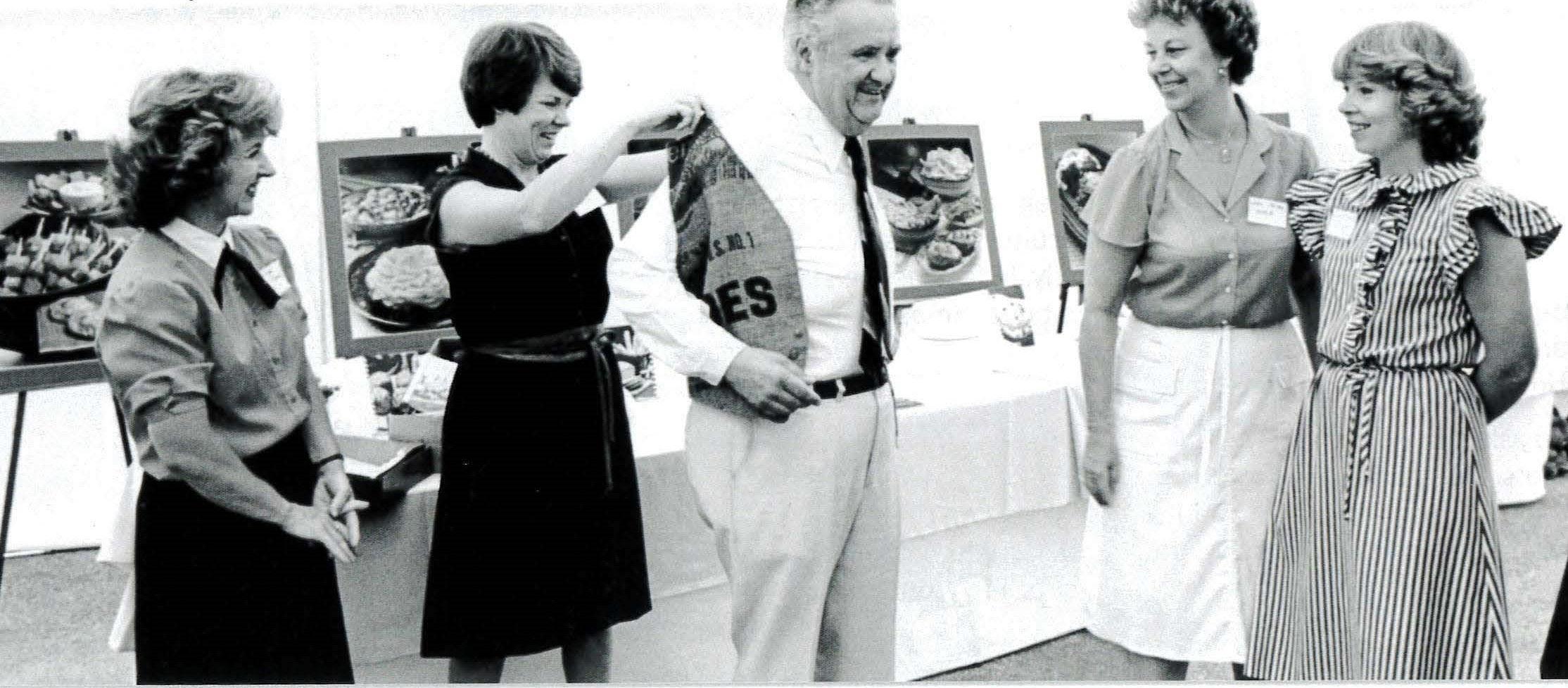
FEBRUARY 24-28, 2025
HILTON WASHINGTON, D.C. AT NATIONAL MALL AND THE WHARF, WASHINGTON, D.C.
NPC’s annual Washington Summit provides a forum for potato industry members to discuss, define, and advocate for the policy priorities impacting their businesses and protecting their ability to farm.
• Hear from the nation’s top political and policy experts
• Welcome NPC’s 2025 officers and grower leaders
• Meet with members of Congress representing potato-growing states and districts
• ...and unite as an industry in Standing Up for Potatoes on Capitol Hill!

BW Flexible Systems, a global leader in flexible packaging solutions, announces the launch of the SYMACH 3500S. This push-type palletizer combines the company’s focus on design, innovation and customer centricity with intuitive controls, delivering superior high-speed stacking and palletizing performance for bags, bales, crates and cases.
The SYMACH 3500S merges the original Thiele Master 3500 palletizer experience with the SYMACH palletizing platform, taking palletizing to the next level.
“We’re excited by the many opportunities this innovation offers to manufacturers looking for a more robust palletizing solution,” says JanPieter Grootendorst, global product line leader for Bag Filling & Palletizing at BW Flexible Systems.

“The 3500S was designed to solve specific palletizing challenges,” Grootendorst relates, “including the risk of rejected shipments,

manufacturing footprint constraints and ease of operation.”
One key differentiator of the 3500S is its superior stacking cage, which contains bags within the specified dimensions, reducing and preventing product overhang for a sturdier and more stable pallet. This ensures that pallets are square, making them easy to load and stack in the warehouse and truck.
“We understand that our customers’ customers demand perfect pallets and are known to reject shipments if any bag damage or overhang is detected,” Grootendorst says. “Our SYMACH stacking cage eliminates that risk, ensuring that customer relationships are in good standing, and out-of-scope costs related to product waste are minimized.”
The 3500S includes an operatorfriendly human-machine interface, which supports 12 languages and
facilitates communication with enterprise resource planning, warehouse management and manufacturing execution systems for seamless data exchange.
Easy stacking pattern creation and recovery make the human-machine interface intuitive. Occupying a more compact footprint than a robotic palletizer makes the 3500S an ideal choice for space-restricted environments.
“When laying out a palletizing line for manufacturers, we always consider
their upstream and downstream needs,” Grootendorst explains. “For this reason, we offer many optional add-ons for pallet and slip sheet dispensing, conveying, and pallet wrapping to provide a complete solution for their packaging line.”
Learn more about the new SYMACH 3500S by visiting https://www. bwflexiblesystems.com/machine/ bag-palletizing/3500s-palletizer.
BW Flexible Systems is one of four divisions comprising BW Packaging, Barry-Wehmiller’s packaging machinery group, distinguished by
its commitment to sustainability, performance, integration and lifetime support for every solution.
BW Flexible Systems creates flexible packaging solutions by bringing together some of the industry’s most trusted and innovative brands, including Hayssen, SYMACH and Thiele.
Its range of machinery options includes form-fill-seal packaging, horizontal flow-wrapping, bag filling, palletizing, and aftermarket parts and services for business-to-consumer and business-to-business markets.
Chemistry to deliver enhanced yield performance exclusively for potato growers
BASF Agricultural Solutions is introducing Endura® PRO fungicide, the newest broad-spectrum fungicide innovation for potato growers. Endura PRO fungicide provides longlasting protection against some of the toughest diseases in potatoes, including early blight and white mold, helping farmers improve yield performance.
“BASF is committed to helping farmers carry out the biggest job on earth—combining economic success with environmental protection and social responsibility—by setting a new standard in potato disease control with Endura PRO fungicide,” says Andrew Adams, BASF agricultural solutions product manager.
“Endura PRO fungicide combines the proven performance of Boscalid, the active ingredient found in Endura fungicide, with Revysol® fungicide,” Adams relates. “In addition to delivering enhanced yield performance, this combination gives growers an additional tool for resistance management.”
Growers continue to face challenges controlling early blight and white mold. Left unchecked, early blight
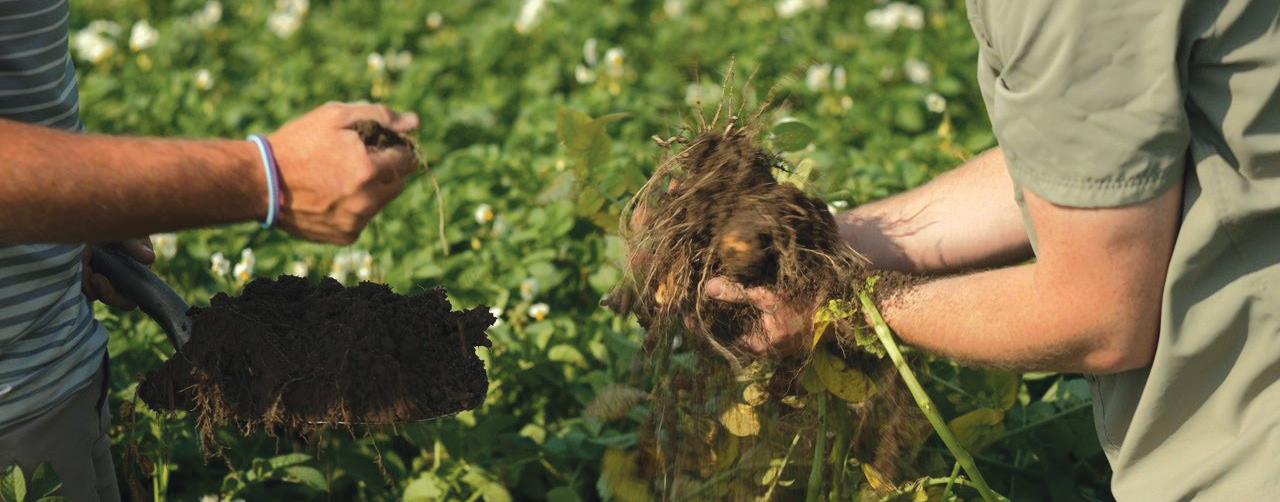
and white mold can cause significant yield loss upward of 20%1 and 50%2, respectively.
“What stands out about Endura PRO is its consistent performance across years of research,” says Curtis Rainbolt, BASF technical service representative. “The proof is in the numbers. In more than 70% of our trials, Endura PRO fungicide delivered enhanced yield performance versus the competition3.”
BASF’s multi-year field trials conducted across six sites in Idaho and Washington from 2022 to 2023 show Endura PRO fungicide delivered greater performance on early blight and white mold versus competitors’ products, resulting in a measurable yield advantage.
Endura PRO fungicide is now available for purchase for the 2025 crop year. To learn more, visit https:// agriculture.basf.us/crop-protection/ products/fungicides/endura-pro. html, or contact your local BASF representative.
Always read and follow label directions. Endura and Revysol are registered trademarks of BASF. © 2024, BASF Corporation. All Rights Reserved.
1 Wharton, Phillip and Wood, Elisabeth (2013). Early blight biology and control in potatoes. University of Idaho Extension.
2 Wharton, Phillip and Wood, Elisabeth (2013). White mold of potatoes. University of Idaho Extension.
3 BASF Sponsored Trials from six site locations ID (4), WA (2) over 2 years (2022–2023).
53 BC�T January
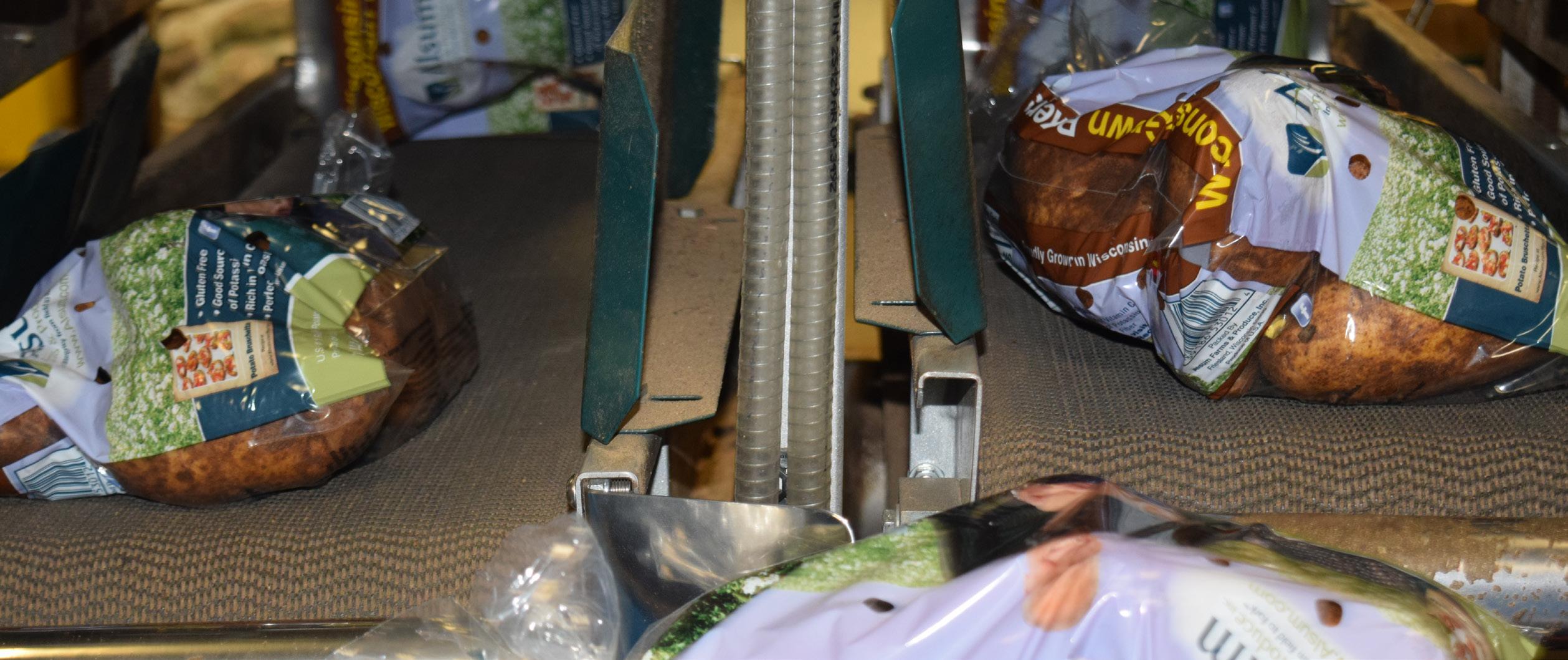
Companies access robust metrics to improve overall productivity and profitability
The Potato Sustainability Alliance (PSA) has welcomed seven new members to its organization since the first quarter of 2024. RPE, LLC becomes the third member of the Fresh Marketer Sector to join PSA and will be offering access to PSA’s annual
on-farm self-assessment.
PoLoPo joins the Allied Industry Sector. RD Offutt Company, Reed Farms, BKR Farms LLC, Sklarczyk Seed Farm, and Alsum Farms & Produce join as Grower Associates.

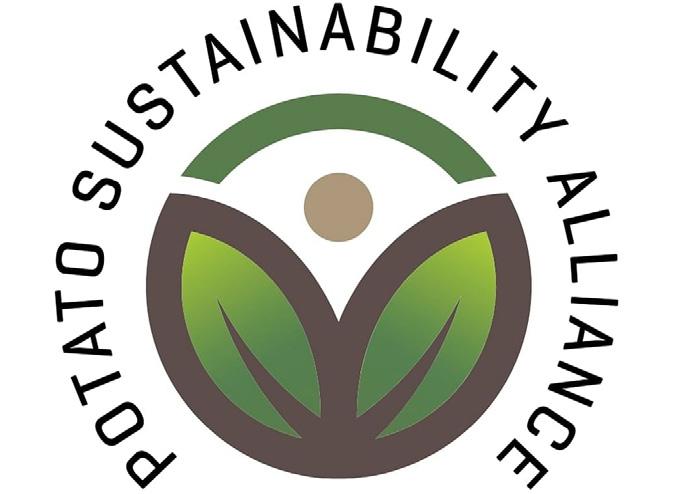
PSA is an inclusive, pre-competitive collaboration of all players in the potato value chain. PSA and its members work to define, measure, and advance potato sustainability by using robust metrics to drive improvements in productivity and profitability.
Efforts are focused on protecting the environment and streamlining how farm-level data is collected and made available to end users.
A new Grower Associate category was added this year to address the unique needs and important contributions from potato growers. For growers that see value in demonstrating their sustainability commitment to their customers, PSA offers an opportunity to connect with an international organization focused on potato sustainability.
“At every stage of the value chain, from growers to retailers, sustainability issues continue to
grow in importance. Our job at PSA is to help the potato industry work together, across business lines, to develop comprehensive sustainability guidelines,” says John Mesko, PSA chief executive officer.
“Every time we get to welcome a new member company or grower, our organizational reach extends further, and we are able to be even more effective in our mission to advance potato sustainability,” Mesko relates. Companies interested in learning more about the benefits of PSA membership are invited to contact John Mesko at mesko@ potatosustainability.org or visit https://potatosustainability.org/ join-us for more information.
About PSA’s Newest Members: RPE LLC – RPE was established in 1971 and is the fresh potato industry leader with reliable year-round russet, red and yellow commodity and baby potato supplies. RPE maintains a presence in all major potato producing regions and controls upwards of 18% of the United States fresh potato market.
RPE offers strategic nationwide sourcing, including a presence in Canada, which makes us the most diverse grower/shipper in the marketplace. RPE is built to provide strategic support to our customers and growers within sourcing, quality, pricing, food safety, category management and sustainability. https://www.rpespud.com/
PoLoPo – A molecular farming pioneer, PoLoPo uses proprietary metabolic engineering techniques to turn potato plants into micro-bio factories that manufacture animalbased proteins, starting with egg protein.
After accomplishing all milestones set for the first two years, PoLoPo seeks partners in the potato industry, especially in the United States, to grow and process the company’s transgenic potato plants.

The company was founded in 2022 by Dr. Maya Sapir-Mir and her longtime research partner, Dr. Raya LibermanAloni, both specialists in metabolic engineering of plants.
RD Offutt Company – For 60 years, R.D. Offutt Company has been responsibly farming potatoes, using
science-driven, sustainable practices to meet our customers’ needs to ensure our farm’s productivity today and into the future.
We are committed to investing in soil health, conserving water and keeping the food supply safe and stable.
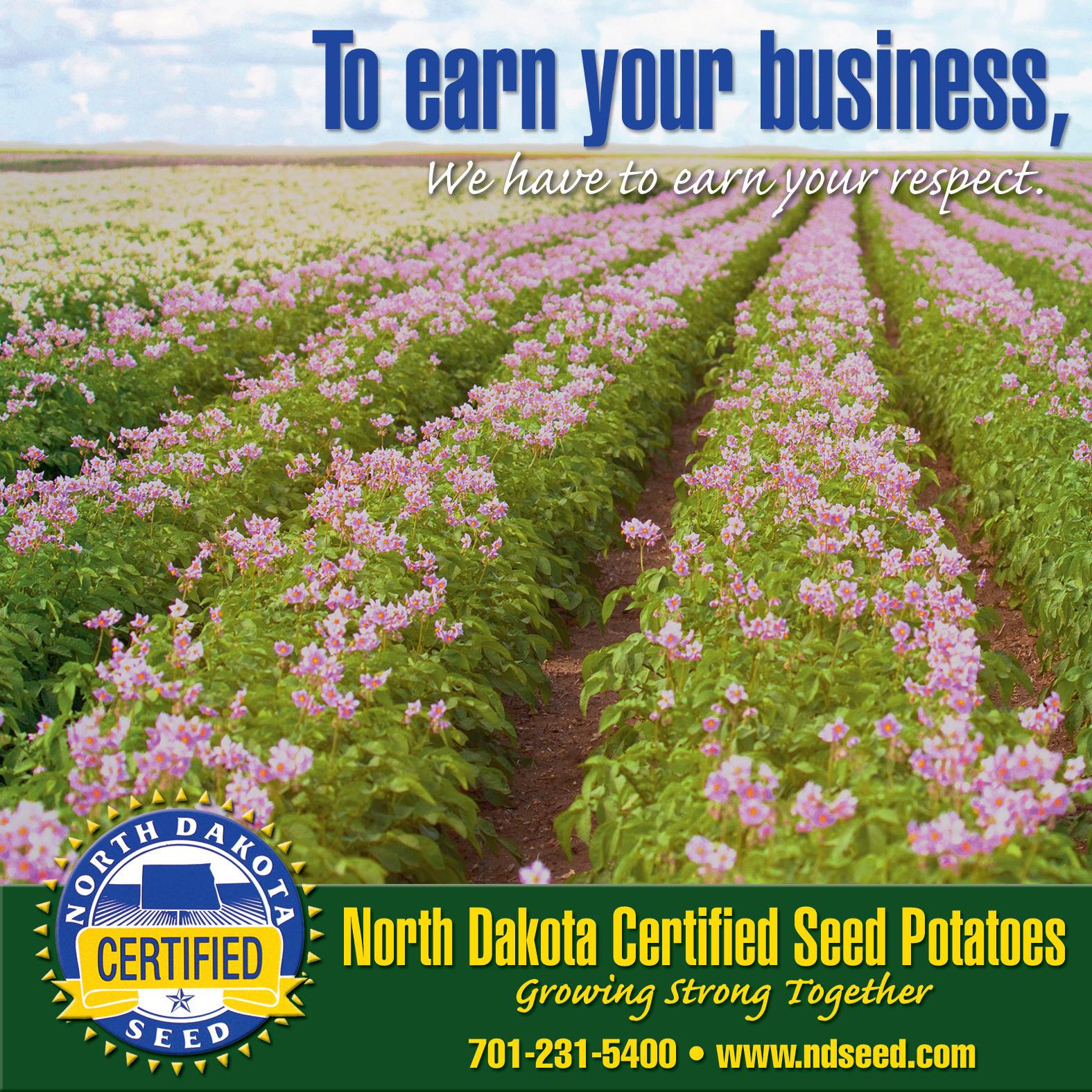
Together with our partners, R.D. Offutt Company operates more than 15 potato farms across four states in the Midwest as R.D. Offutt Farms, and five farms across two states in the Pacific Northwest as Threemile Canyon Farms.
We provide potatoes to processing
facilities across the country, which are turned into a variety of fresh and frozen products.
Reed Farms – Reed Farms is in Filer, south central Idaho. Alexander and his wife, Leah, represent the fourth generation at Reed farms, which began in 1916.
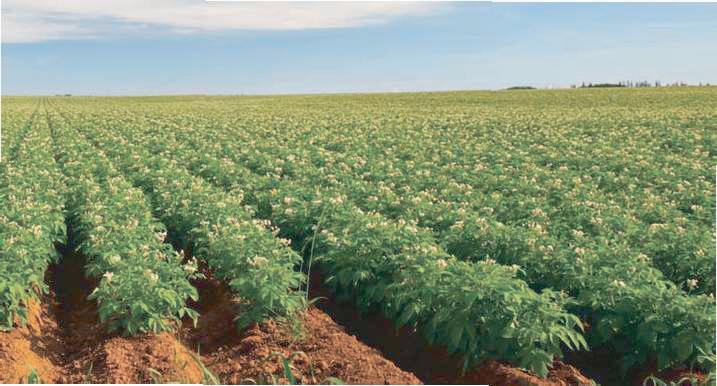

Alexander has been farming a variety of crops, including malt barley, sugar beets, corn and hay, for 12 years, and in 2024, he is a first-time potato grower. He has 500 acres of Clearwater Russets for processing.
Sklarczyk Seed Farm is a thirdgeneration farm located in Johannesburg, Michigan. The hydroponic seed potato greenhouse operation is the focus of the diversified farm, producing over 10 million seed potatoes of more than 100 different varieties annually.
The on-site tissue culture lab produces plantlets for the greenhouse and a handful of growers. All mini tubers produced by Sklarczyk Seed Farm are certified to be virus and disease free by the Michigan Seed Potato Association.
Sklarczyk Seed Farm is dedicated to pursuing long-term sustainability goals through increased diversification, practical research and regenerative practices. The farm’s mission is to provide good, clean, consistent seed to its customers across the world.

Alsum Farms & Produce Inc. is a leading fresh market grower, packer and shipper of Wisconsin potatoes and onions, and a provider of fresh, quality produce. Established more than five decades ago and headquartered in Friesland, Wis., Alsum Farms & Produce is a vertically integrated family-owned farm, packing facility and logistics company.
Committed to sustainability and stewardship of the soil, Alsum Farms grows 3,000 acres of certified Wisconsin Healthy Grown® potatoes along with pumpkins. To learn more, visit: www.alsum.com.

Participants earn badges while learning about agriculture, robotics, cooking & more
The Food + Farm Exploration Center, in Plover, Wisconsin, is excited to announce a new partnership with the Girl Scouts of the Northwestern Great Lakes. Through this partnership, the center will offer Girl Scouts the opportunity to earn certain badges while learning more about agriculture.
The center will offer badges for most levels of girl scouts in life skills/ cooking and in STEM/robotics. In addition to the badge program, the center will also offer a patch program. The patch is something girls can earn for doing fun activities.
The patch program will allow girls the opportunity to receive a guided tour of the center, an ageappropriate workshop in which they learn about plants, cooking, or precision agriculture, and time for fun exploration.
The education staff is looking forward to welcoming Girl Scouts to the center. Please contact Jenn Scott at jscott@fftf.us or education@fftf.us for more information.
BADGES
Brownies Badges:
• Robotics Badge 1: Programming Robots ($7)
• Robotics Badge 2: Designing Robots ($7)
• Cooking: Snacks Badge ($10)
Junior Badges:
• Robotics Badge 1: Programming Robots ($7)
• Cooking: Simple Meals Badge ($10)
Cadette Badges:
• Robotics Badge 1: Programming Robots ($7)
• Cooking:
New Cuisine Badge ($10)
Senior Badge:
• Cooking Badge: Locavore ($10)
PATCH PROGRAM
To earn your patch at the Food + Farm Exploration Center, you will start off with a guided tour of the exhibits, participate in a workshop, and have time for open exploration and play. There is a five-girl minimum, and the cost is $10 per girl. (Programs begin mid-October.)

Patch Workshop Options:
Daisy-Brownie:
• How Does It Grow? (Learn about plants, their lifecycles, and the crops we grow in Wisconsin)
Daisy-Ambassador:
• Cooking With Commodities (Learn about the crops we grow in Wisconsin with this kitchen-based cooking class. Choose one of the programs below.)
o Cranberry Muffins
o Chocolate Pea Cookies
o Potato Gnocchi
Junior-Ambassador:
• Precision Agriculture— Corn Cultivator Challenge
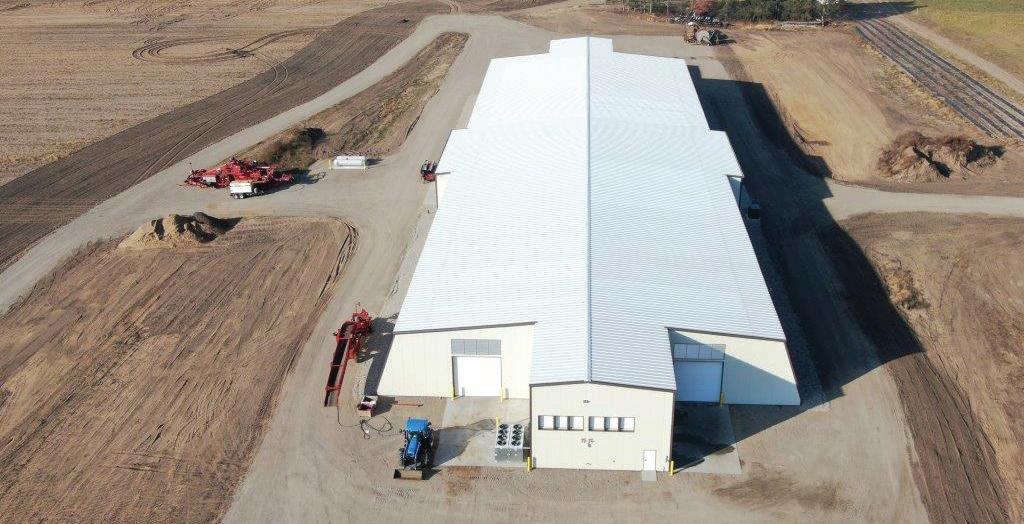



In partnership with the U.S. Department of Agriculture’s (USDA) Risk Management Agency (RMA), the Wisconsin Department of Agriculture, Trade and Consumer Protection (DATCP) opened the application period for crop insurance premium rebates for planting cover crops on December 2, 2024.
There is $800,000, or 160,000 acres of coverage, to be awarded on a firstcome, first-served basis. Recipients will receive a $5 per acre rebate on their summer 2025 crop insurance premium for acres planted with cover crops in 2024, then planted to an insurable crop the following year.
Producers who received state or federal cost-sharing to plant cover crops in 2024 are not eligible for this year’s program. Applicants will need to use their FSA-578 form to complete the application, and there is no limit on acres an applicant can apply for. Applicants should keep
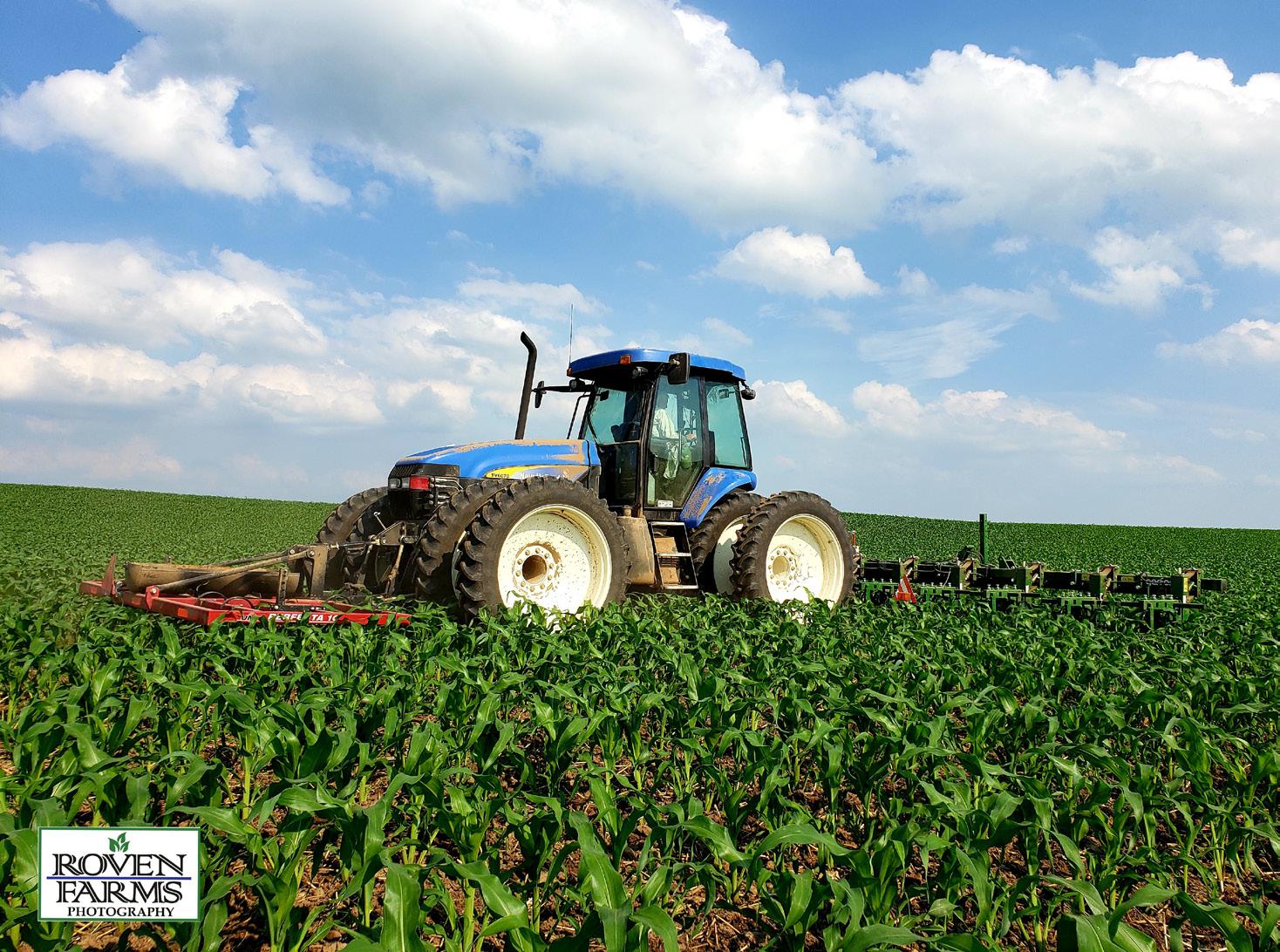
seed receipts and planting records as DATCP will conduct audits to ensure cover crops were planted.
The web-based rebate application,

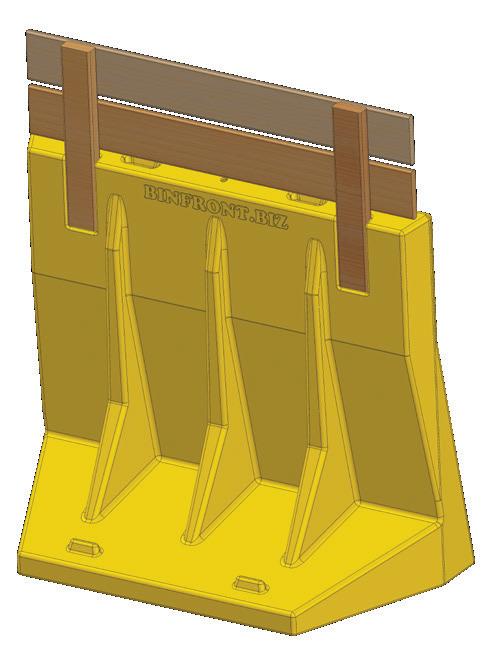
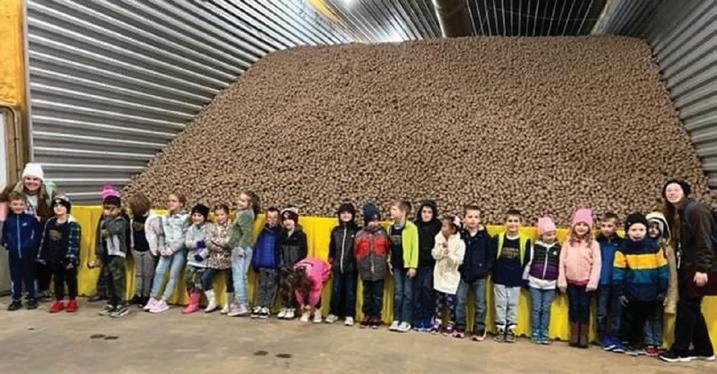
information about eligibility, and FAQs are available by visiting https:// datcp.wi.gov/Pages/Programs_ ServicesCropInsuranceRebates forPlantingCoverCrops.aspx.
The application will remain open until 12 p.m. on January 31, 2025, or until program funding is exhausted.
A copy of the application questions and instructions is currently available for reference on DATCP’s website. Questions should be directed to DATCPCC@wisconsin.gov.
For more information on conservation programming, visit https://datcp.wi.gov or sign up for email updates.
The International Fresh Produce Association (IFPA) donated 226,735 pounds of produce and 8,575 pounds of floral after the 2024 Global Produce & Floral Show, hosted in Atlanta, Georgia.
The rescue and distribution of this donation is in partnership with the Atlanta Community Food Bank, a member of the Feeding America network, which serves 29 counties in the Atlanta and northern Georgia region.
“We want to ensure our show is as sustainable as possible, and being good stewards of our fresh product, both produce and floral, is a critical
continued on pg. 60
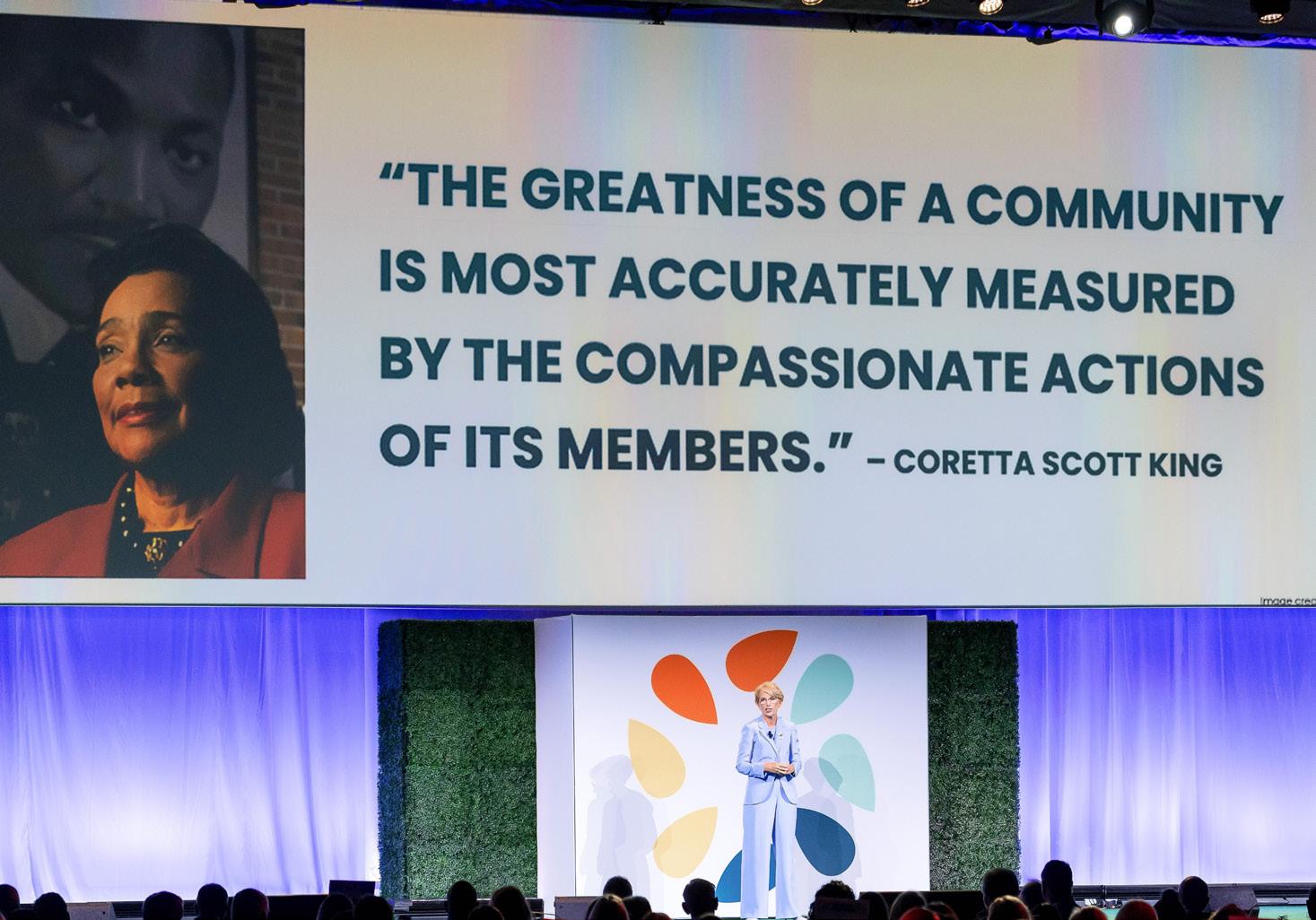





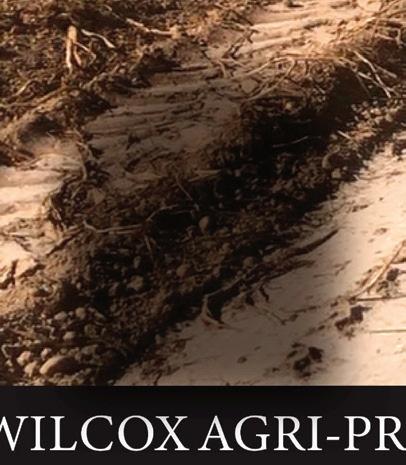





part of those efforts,” says IFPA Chief Executive Officer (CEO) Cathy Burns. "We have been working with the Feeding America network of food banks, since 1983, to help rescue and distribute product from the Expo.”
“We celebrate the industry’s generosity in donating their product,” Burns adds, “and we cannot thank the Atlanta Community Food Bank and their volunteers enough for helping us to ensure that all rescuable produce and floral are able to reach the families in the Atlanta community.”
Over the past 20 years, the industry has donated more than 5 million pounds of produce to food banks in the cities that have hosted the Global Produce & Floral Show. Each year, as the show closes, volunteers organized by the partner food banks enter the show floor to rescue and pack the produce and floral donations for transportation.
This year, rescued produce was distributed across the 29 counties served by the Atlanta Community Food Bank, and fruit and other shelfstable items were also distributed to the Augusta Food Bank, which
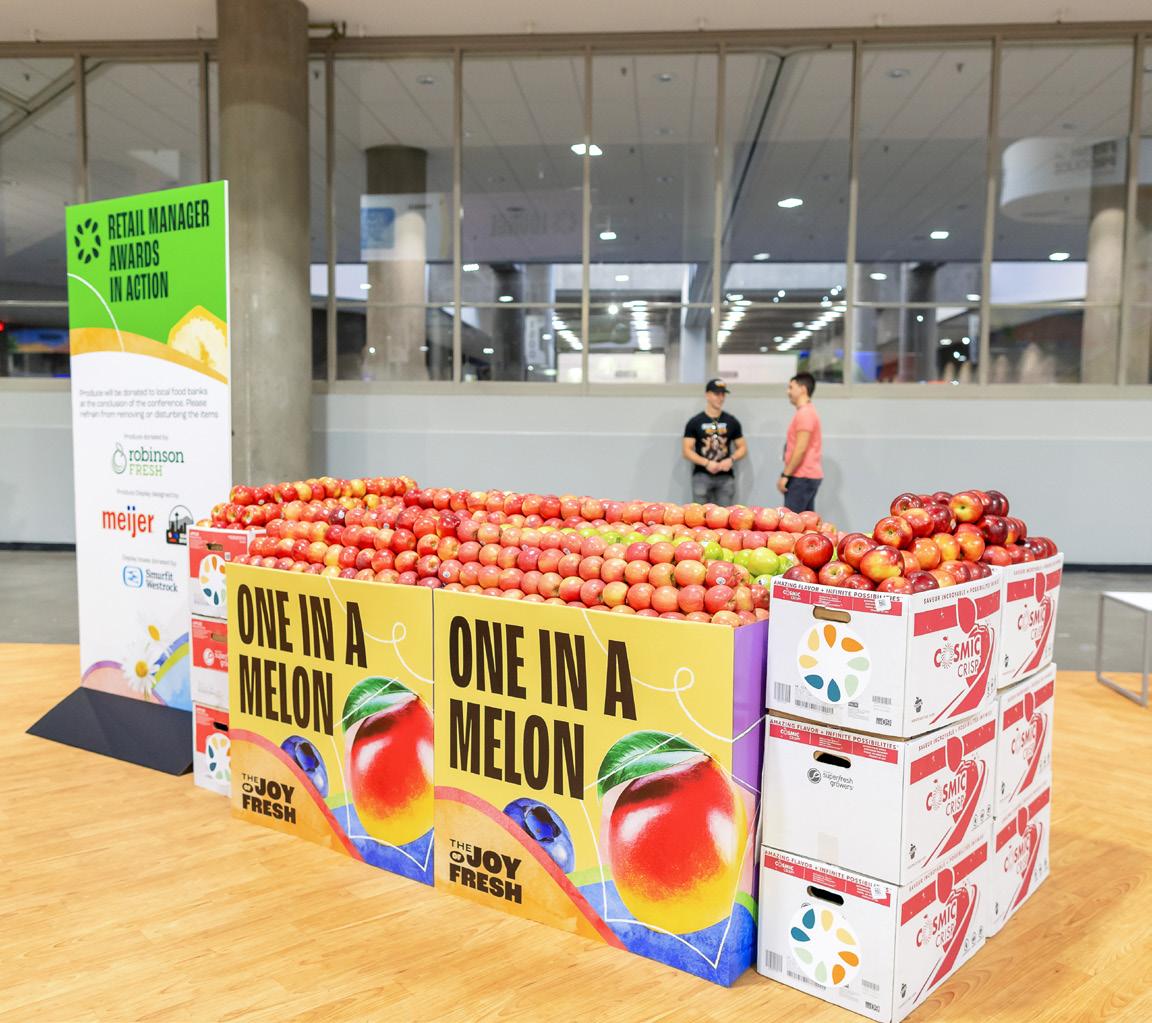
suffered damage during the recent hurricanes.
“We are deeply grateful to IFPA for their generous donation to the Atlanta Community Food Bank. Our region is experiencing heightened demand for food assistance, and we are relying on our partners to help us distribute more food than ever to those in need,” says Kyle Waide, president and CEO of the Atlanta Community Food Bank.
“IFPA’s contributions to local food banks across the nation play a crucial role in ensuring that individuals and families have access to nutritious produce options,” Waide stresses.
In addition to produce, floral, furnishings, and green waste are all donated to community partners. This year’s floral donations were received by The Little Flower Group, Meals on Wheels Atlanta, more than 25 local nursing homes, religious institutions, Georgia Tech, non-profits supporting single mothers, Girl Scouts troops, Nourish Botanica, and more.
Bouquets, plants, loose cut flowers
and more went out to organizations supporting members across the entire community as a way of sharing joy and appreciation with their communities. Floral exhibitors also donated 4 tons of green waste, which went to composting for neighborhood gardens.
“There are not a lot of organizations ready to receive over 8,000 pounds of floral donations,” says IFPA Director of Trade Shows, Kyle McMillan. “This year, we were absolutely blown away by the generosity of our floral exhibitors, but also the enthusiasm from our local partners who helped us be more sustainable than ever before by extending the life and use of our show’s floral and produce.”
“The work our partners do for their communities is so important,” McMillan relates, “and we’re thrilled to help them celebrate and appreciate their neighbors and members.”
IFPA will return to Anaheim, California, for the Global Produce & Floral Show in 2025, and to Atlanta in 2027.

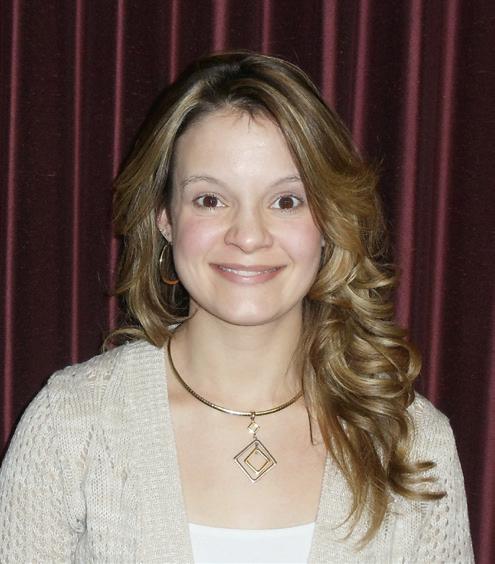
By Dana Rady, WPVGA Director of Promotions and Consumer Education
November is one of those “iffy” months when it comes to weather in Wisconsin. Like March and April, I find myself wondering if Mother Nature will be generous with rain, snow or sleet late in the year.
It´s also a holiday month focused on all the food “fixings,” as well as travel and early Christmas decorations,
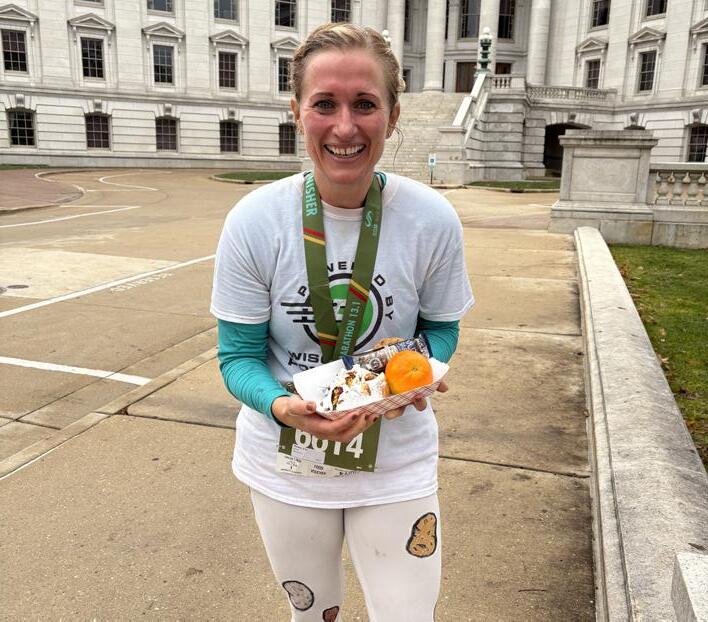
Erin Meister of Reabe Spraying Service, in Plover, Wisconsin, sports her awesome potato leggings and loaded baked potato after running 13.1 miles in the Madison Marathon on November 10. Thank you, Erin, for being Powered by Wisconsin Potatoes! Madison Marathon provided the bird’s-eye photo (top) of runners participating in the event as it kicked off on Capitol Square.
rather than exercise.
Or so I thought.
“Turkey Trots” have become increasingly popular throughout the years on Thanksgiving Day in various communities.
Running hasn’t ever exactly been on my “to-do” list for Thanksgiving Day, but admittedly, I appreciate the idea
of holding a holiday run.
Rather than sitting, getting up, moving around and seeing what your body can do allows one to stay active and healthy, even during the “iffy” weather months.
A couple of weeks before Thanksgiving Day 2024, nearly 7,000


people participated in the Madison Marathon. With a full marathon, half marathon, or a 10k to choose from, Sunday, November 10, was a day filled with people, fun, and Wisconsin potatoes!
Each race started and ended in Capitol Square after winding around the Capitol and through city streets. The half-marathon route took some runners around Lake Wingra, and the adventurous ones who signed up for the full marathon did that same route and then continued around Lake Monona before crossing the finish line.
The weather was neither freezing and snowy, nor warm and sunny. Cloudy with a slight rain best describes Mother Nature’s plan for November’s event. However, it was the perfect temperature for participants to warm up with a loaded baked potato after their run.
The Madison Marathon sourced potatoes from Alsum Farms & Produce, in Friesland, to nourish participants after their event. Though toppings included bacon and cheese, the potatoes were intended to be more than a warm comfort food.
Such a post-race nourishment was offered because of the health benefits that potatoes naturally provide. Classified as a whole food, the starchy vegetables are loaded with vitamins, minerals and complex carbohydrates.
Furthermore, they’re the perfect food to eat after exercise. If you put your body through an intense workout of any kind, then you need to refuel it in a healthy way. Protein, quality carbohydrates, and even healthy fats are good to incorporate into your post-exercise meal to restore energy levels and maintain muscle health.

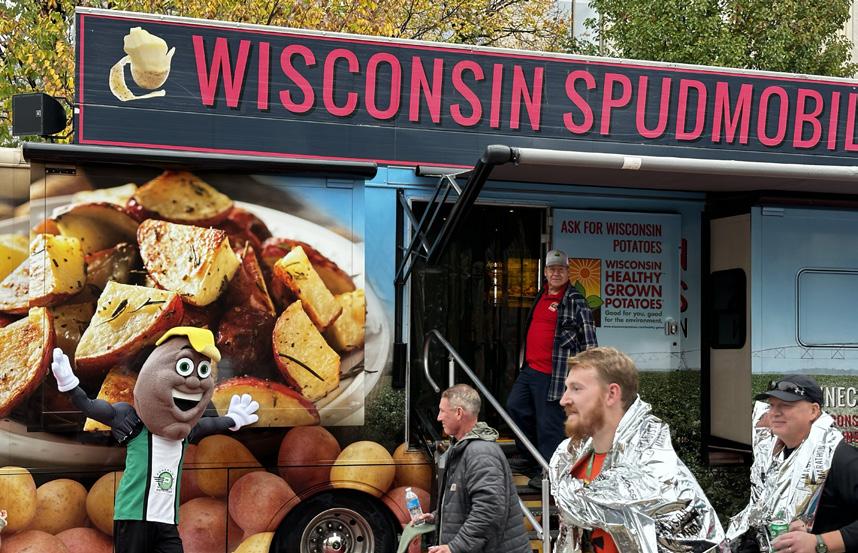
Left: The Spudmobile sits front and center in Capitol Square during the Madison Marathon, November 10, welcoming racers and their cheering squads. Photo courtesy of Busy Sunday Promotions
RIght: Spudly tells Madison Marathon passersby all the reasons they should be eating Wisconsin potatoes as WPVGA Spudmobile Education and Outreach Administrator George Neuber (top) looks on. Photo courtesy of Busy Sunday Promotions
Thankfully, each potato offers 3 grams of plant-based protein, complex carbohydrates, and pairs well with healthy fats such as those in avocados, coconut oil, salmon and tuna.
More than 5,000 potatoes were served, and there was no shortage of smiles as the runners dug in! Each runner had to pass through a tunnel after crossing the finish line. That’s when they got their baked

Spudly always seems to be a hit with the ladies! Photo courtesy of Busy Sunday Promotions
Left: Spudly tries his big white hands at giving away Wisconsin potatoes to Madison Marathon runners. Photo courtesy of Busy Sunday Promotions

potato and toppings and were able to meet up with their families. It was in this area that the Wisconsin Spudmobile as well as Spudly himself greeted them.
The runners, along with their families and cheering squads, had the opportunity to go inside the vehicle and learn about the origins of the potatoes they were enjoying. It was a great way to bring the “field to fork” story full circle while also providing
education to people in more urban areas, a direct goal of the Promotions Committee’s strategic framework.
Besides Madison, participants came from Chicago, Verona, Milwaukee, Minneapolis, and points between, so it was a great event at which to showcase why America’s favorite vegetable should be front and center on everyone’s Thanksgiving plates.

Ross
takes a selfie with Spudly in front of the State Capitol in Madison during the marathon. Mollet helped promote Wisconsin Potatoes at the event on behalf of the WPVGA. Photo courtesy of Busy Sunday Promotions
Left: Spudly casually sits next to two Madison Marathon participants as they eat their loaded Wisconsin baked potatoes. Photo courtesy of Busy Sunday Promotions

USDA recognizes ongoing pressures to impacted family farms
The National Potato Council (NPC) welcomes U.S. Department of Agriculture (USDA) Secretary Tom Vilsack’s announcement of a new Marketing Assistance for Specialty Crops initiative, which, according to a USDA press release, will “provide $2 billion to assist specialty crop growers maintain a strong domestic supply as they are faced with increased production costs and competition that limits their ability to charge higher prices.”
“The U.S. specialty crop sector, including potatoes, has faced a series of unforeseen challenges
over the last four years,” says NPC President and Colorado potato grower Bob Mattive. “Today’s USDA announcement recognizes these ongoing pressures and offers the opportunity for economic relief to impacted family farms.”
“In making these farms eligible,” he adds, “USDA’s action also acknowledges the importance of the potato industry to the U.S. economy, including the more than 700,000 domestic workers supported throughout the potato supply chain.”
“The relief also highlights the need
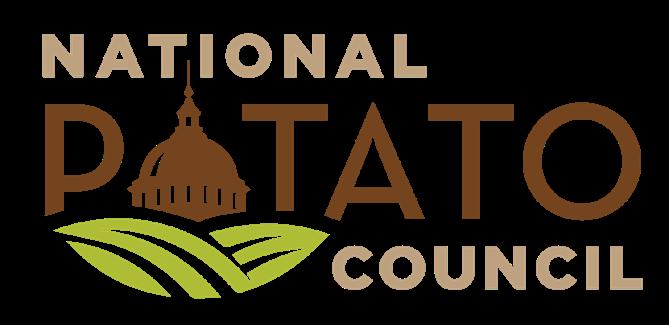
for certainty offered through a fully reauthorized five-year Farm Bill,” Mattive continues, “providing longterm investments in research, trade, pest and disease exclusion, crop insurance and other vital programs.”
NPC also welcomes the allocation of $72.9 million in grant funding through the Specialty Crop Block Grant Program to fund innovative projects designed to bolster the competitiveness of the specialty crop sector. Specialty crop exports totaled $24.6 billion in fiscal year 2023, representing 13.8 percent of total U.S. agricultural exports.
The Specialty Crop Farm Bill Alliance (SCFBA) issued the following statement in response to the USDA’s Marketing Assistance for Specialty Crops initiative.
“The last four years have been turbulent for the specialty crop industry due to skyrocketing costs of production inputs, especially labor, as well as competition from imports with lower input costs.
“This week’s USDA announcement is in direct response to these challenges that have roiled producers and is a step in the right direction. This vital assistance will help growers recover from some of this economic battering, and we are encouraged to see USDA recognizing the unique needs of the specialty crop industry and its role in American agriculture.
“While this new initiative is welcome news, we also encourage Congress to

enact supplemental relief for growers devastated by the effects of natural disasters and continue to urge the passage of a bipartisan five-year Farm Bill that includes key, long-term investments for specialty crops.
“The status quo is not sustainable, and the comparatively modest investments we’ve requested for the Farm Bill would be transformational to the specialty crop industry.”
SCFBA is a national coalition of more than 200 specialty crop organizations representing growers of fruits, vegetables, dried fruit, tree nuts, nursery plants and other products. In early 2023, the alliance released
a set of key policy priorities as part of its Farm Bill recommendations. Specialty crop production, including fruits, vegetables, tree nuts, nursery and greenhouse commodities, contributes significantly to the U.S economy, accounting for $64.7 billion in farm gate value and 30 percent of farm cash receipts for crops.
The SCFBA is co-chaired by Cathy Burns, chief executive officer (CEO) of the International Fresh Produce Association; Mike Joyner, president of the Florida Fruit & Vegetable Association; Dave Puglia, president and CEO of Western Growers; and Kam Quarles, CEO of the National Potato Council.

Harvard and University of Toronto study impact of potatoes on Type 2 diabetes, blood sugar and satiety
You might have heard misconceptions that eating starchy foods like potatoes can increase the risk of Type 2 diabetes (T2D) and cause challenges in managing blood sugar.
However, two new studies from Harvard and the University of Toronto may help clear the air on the potential impact of potatoes on T2D,
blood sugar, and satiety.
Study 1: Potato Consumption and Risk of Type 2 Diabetes1
This study assessed the relationship between potato consumption and T2D risk. The sample included 105,531 generally healthy adults aged 25-72, with 65% identifying as female. A subset of participants had a
history of cardiovascular disease.
Key findings:
• Total potato consumption, whether baked, boiled, fried, or mashed potatoes, showed no association with increased T2D risk regardless of consumption level.

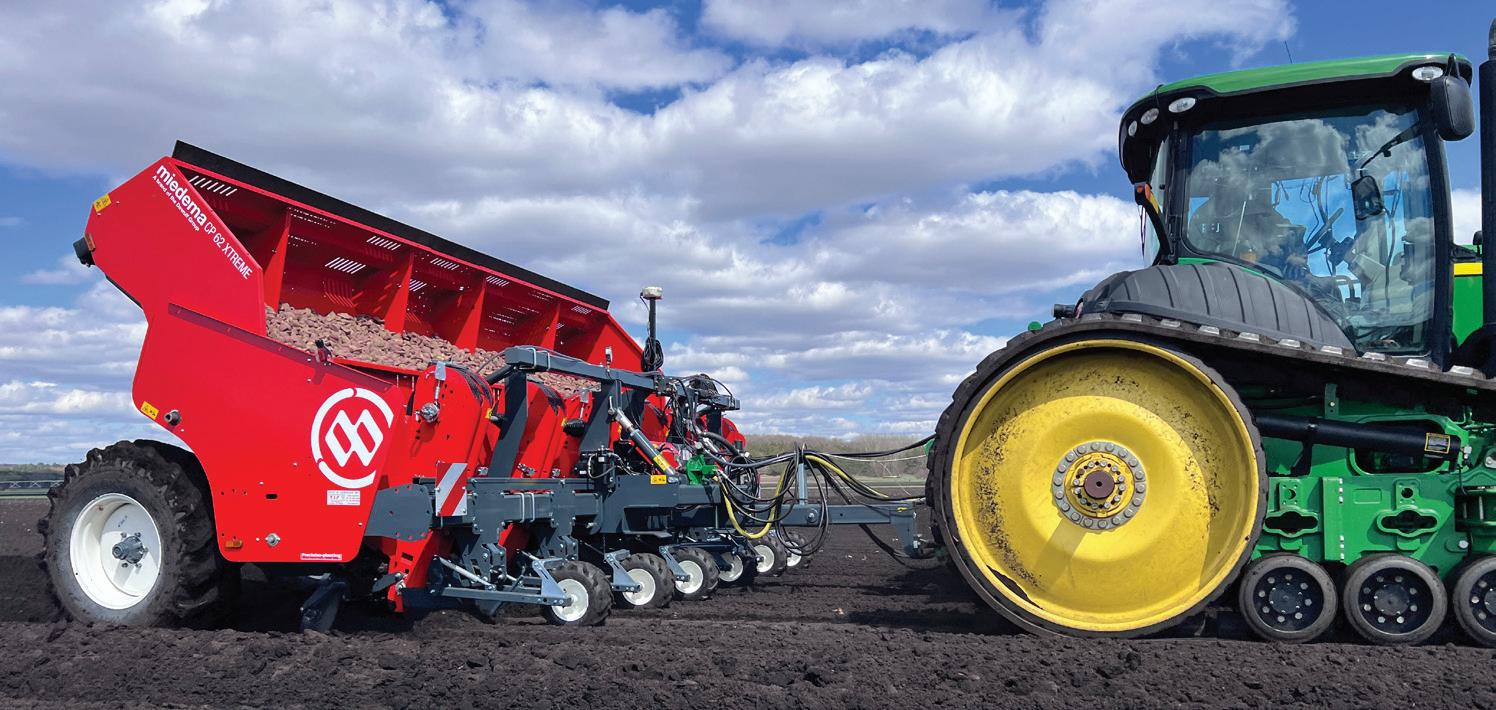





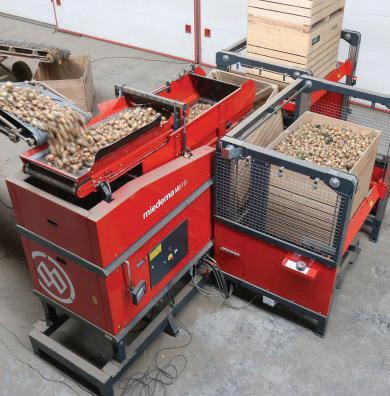

• Baked, boiled, and mashed potatoes as a combined category were also not associated with T2D risk, regardless of weekly intake.
• Only fried potatoes were linked to a slight increase in T2D risk (12% increase with more than one serving per week). However, serving sizes varied widely, ranging from 2.5 to 6 ounces in different studies.
Study 2: Comparing Potatoes and Rice for Glycemic Impact and Satiety2 This study compared how potatoes and rice influence calorie intake, blood sugar and satiety when paired with either animal or plant protein. The sample included 26 healthy, normal weight adults (13 males/13 females) aged 18-45 years.
Key findings:
• Participants consumed 23-25% fewer calories in meals containing
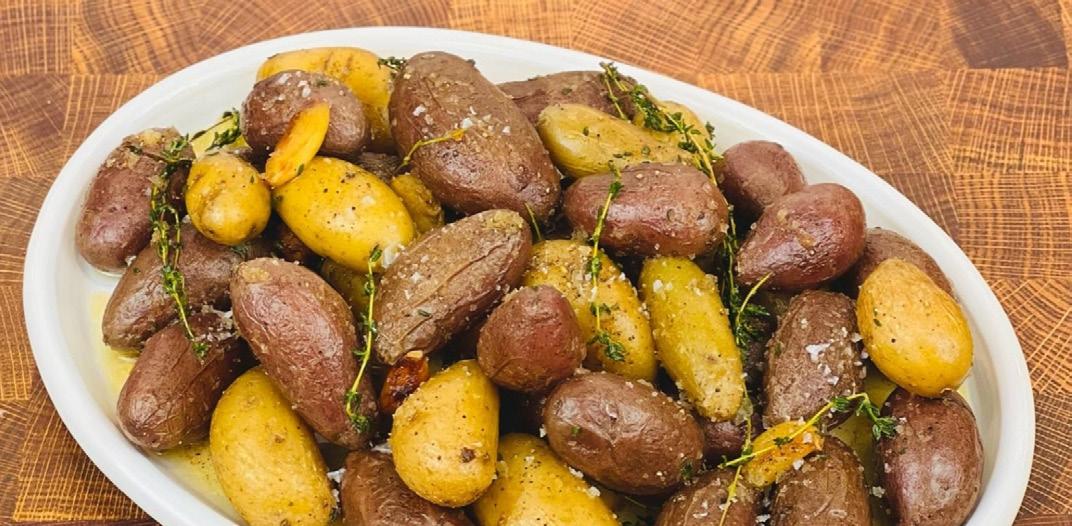
white potatoes compared to those with rice, regardless of protein type.
• Daily calorie intake was reduced by 13% when either baked fries or instant mashed potatoes were paired with animal protein versus rice.
• Daily calorie intake was reduced by 14-19% with instant mashed potatoes and fries, respectively, paired with plant protein versus rice.
• Blood sugar responses varied by meal timing:
- Baked fries resulted in a slightly higher blood sugar peak after the first meal but had the lowest blood sugar rise after the second meal.
- Instant mashed potatoes
led to blood sugar responses comparable to rice after the first meal and lower changes than rice after the second meal.
Both studies received funding from the Alliance for Potato Research and Education (APRE). For more details, please visit https://apre.org.
[1] Djousse L, Zhou X, Lim J, Kim E, Sesso HD, Lee IM, Buring JE, McClelland RL, Gaziano JM, Steffen LM, Manson JE. Potato Consumption and Risk of Type 2 Diabetes Mellitus: A Harmonized Analysis of 7 Prospective Cohorts. J Nutr. 2024 Aug 16:S0022-3166(24)00401-2. doi: 10.1016/j.tjnut.2024.07.020.
[2] Amr AM, Anderson GH, Vien S, Fabek H. Potatoes Compared with Rice in Meals with either Animal or Plant Protein Reduce Postprandial Glycemia and Increase Satiety in Healthy Adults: A Randomized Crossover Study. The Journal of Nutrition. 2024 Aug 23:S0022-3166(24)00468-1. doi: 10.1016/j. tjnut.2024.08.017. Epub ahead of print.


By WPVGA Associate Div. President Matt Selenske, Allied Coop’s Pest Pros Division
Hello, everyone. I hope you had a merry Christmas and happy New Year, spending time with the people who you care about.
Next month is the annual University of Wisconsin Division of Extension and WPVGA Grower Education Conference & Industry Show. I encourage everyone to attend. It is always a great chance to catch up with members of our industry and learn a thing or two.
I would also like to highlight the Tuesday afternoon Bringing Value to Agriculture breakout session, during which we will spotlight five WPVGA Associate Division member companies that have new and exciting things to offer the industry. A representative from each company will give a 10-minute presentation and save time for discussion afterward.
Earth Scout, LLC will list the benefits of moisture sensors for irrigation management. American Drone will talk about how drones enhance efficiency and sustainability in agriculture. The Food + Farm Exploration Center will expound on its mission to connect food and those who grow it to consumers.
HGS Biosciences will explain how to increase soil water-holding capacity and nitrogen use efficiency with humic acids, and NuVia Technologies will enlighten us on the difference silicon makes for plant health.
I also want to remind all Associate Division members that we will hold our Annual Meeting on Wednesday morning, February 5, at the Holiday Inn & Convention Center, in Stevens Point, before the show opens. Breakfast will be served at 7:30 a.m., after which we’ll conduct our yearly business. All WPVGA Associate

Division members are welcome to attend.
After two days of intense learning, don’t forget to have some fun by attending the WPVGA Associate Division Awards Banquet on Wednesday evening. Good friends, great food, and some liquid refreshments will be capped off by entertainment from Wisconsin’s very own New Dueling Pianos.
Those in attendance will be eligible to win one of several cash drawings, totaling $1,500 in prizes, including one $500 grand prize winner (must be present after the Awards Banquet and during the evening’s entertainment to win).
I hope to see everyone there! Have a good month.
WPVGA Associate Division President
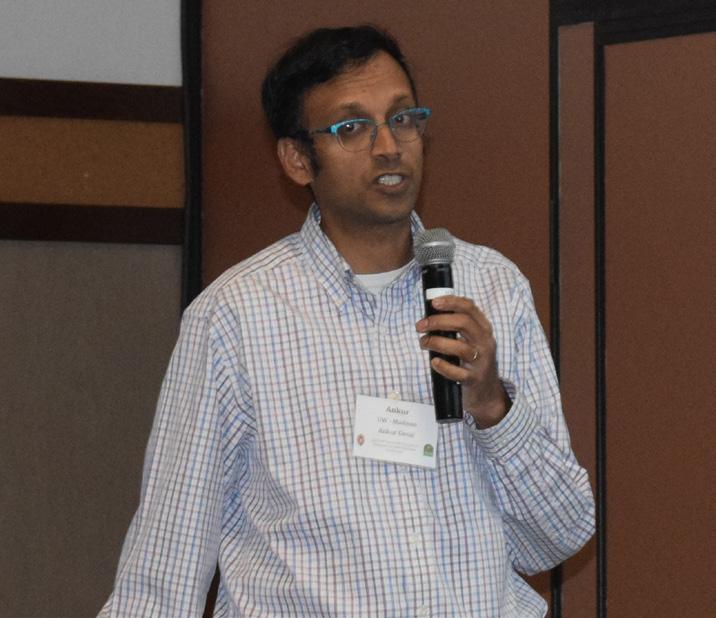
Dr. Ankur Desai, UW-Madison Department of Atmospheric and Oceanic Sciences, discusses “Water Use by Crops and Forests in the Central Sands” as part of his Grower Education Conference presentation on Tuesday, February 7, 2023.

Spuds continue to rank as the top seller in fresh vegetable pounds sold at retail
Fresh potatoes remain a staple in the kitchens of U.S. consumers, with 85.2% of households purchasing the versatile vegetable at nearly 11 times per year.
Recent sales data show that potatoes are not only a beloved choice, but also a top performer in the produce section, boasting the highest household penetration of any vegetable.
As a powerhouse in produce sales, potatoes account for 9.7% of total produce pounds and 21.1% of all
vegetable pounds, making them the top seller in fresh vegetables by volume. Potatoes continue to be a top seller and play a major role in retail success.
“Potato dollar sales remain strong, generating $4.4 billion over the past year,” says Nick Bartelme, global marketing manager of retail for Potatoes USA. “Their consistent ranking in the top five fresh produce categories, among 130 such categories, in dollar sales, demonstrates remarkable resilience


in the face of challenging market conditions.”
From July 2023 through June 2024, potato sales contributed an additional $1.3 billion when compared to sales in 2018-2019 prior to the pandemic. In addition, those same 12 months represent the second highest potato volume sales in six years, with an additional 322 million pounds moved compared to pre-pandemic (2019).
This upward trend in sales and volume growth is a testament to strong consumer demand and the value that potatoes bring to retailers’ bottom lines.
“As we’ve shared with retailers before, one of the most promising insights from this year’s study is the potential for further growth,” Bartelme says.
“If just half of the households that currently purchase potatoes were to make one additional purchase per year,” he adds, “it could drive a potential $218 million in sales and 231 million extra pounds, significantly impacting the market. Retailers could see major gains from this simple shift in consumer behavior.”
With 85% of households already buying potatoes, this increase in purchasing frequency could yield considerable growth for both growers and retailers.
“Potatoes continue to be a reliable, year-round sales powerhouse for produce departments, contributing significantly to retail success,” Bartelme states.
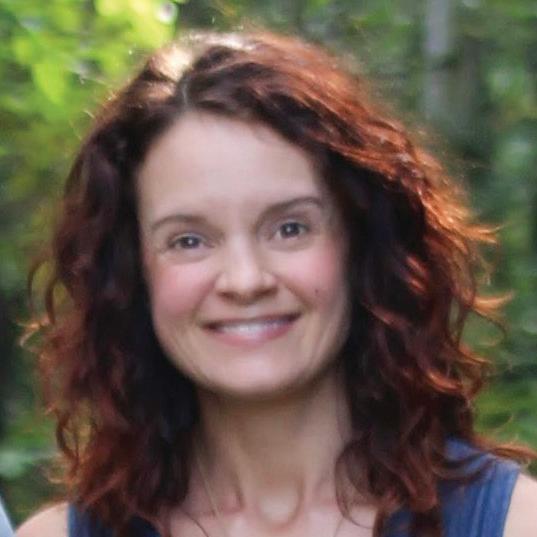
Fresh garlic confit fills the mouth with flavor and kitchen with a pleasant, pungent aroma
Column and photos by Dana Rady, Wisconsin Potato & Vegetable Growers Association
There is something about a particular food being crunchy on the outside and chewy on the inside that gets me every time, especially when it’s warm and packed with flavor.
If you are like me in that regard, cutting Hasselback potatoes is one preparation method you won’t want to miss trying in your own kitchen. To Hasselback means cutting thin slices into a fruit or vegetable, but only slicing three-quarters of the way through the produce as opposed to all the way. The result is a fruit or vegetable remaining whole at the bottom while it fans out at the top.
This allows for getting any added flavor into the middle of the food as well as on the outside.
Besides the combination of crunchy and chewy, I also happen to love garlic. Fresh garlic has some amazing health benefits that include lowering blood pressure, improving cholesterol as well as heart, liver and kidney health, and helping to prevent cognitive decline.
Garlic is also good for the immune system and has anti-inflammatory, antimicrobial, and anti-tumor properties.
That’s why “Hasselback Potatoes & Garlic Confit” is a fantastic dish! It combines crunchy and chewy with a fresh garlic flavor and the healthy fats of America’s favorite
vegetable. This is also a great dish to prepare for any occasion. Does it get much better?
The term confit (pronounced conefee) refers to cooking food slowly in fat and at a low temperature. This cooking technique comes from the French verb that means “to preserve.” So, confit can also be applied to preserving meats by cooking them in their own fat.
One important note about this recipe is to place whole garlic cloves in the oil and butter mixture. The slow cooking of garlic in the mixture helps to infuse it with garlicy flavor while the cloves soften. It smells so good when cooking that I might be making this garlic confit and using it in other recipes besides my potatoes!
Also, if you don’t trust yourself to not cut all the way through the potato, a good tip is to use two
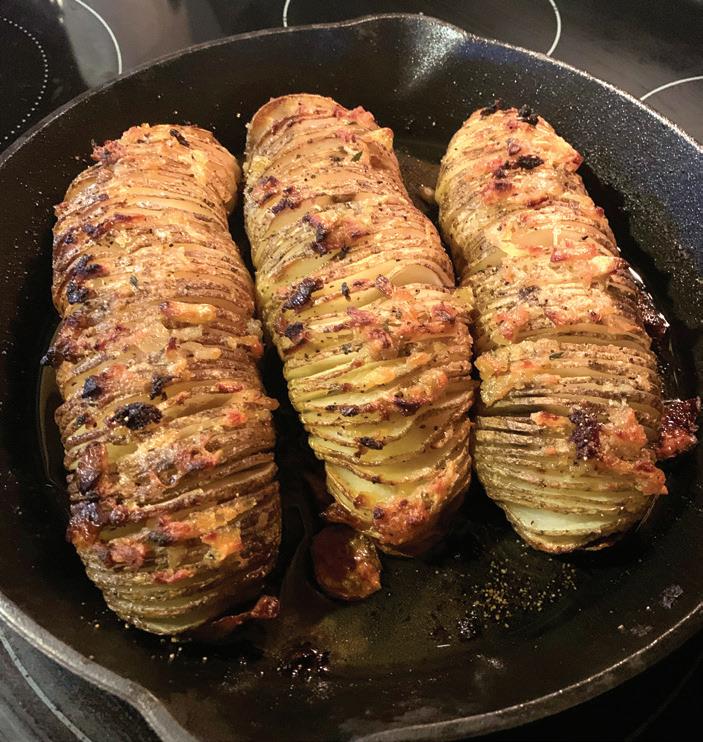

narrow-handled wooden spoons or chopsticks, placing them down flat on either side of the potato and stopping each slice as soon as your knife edge touches the utensils.
Once the slices are made and confit is prepared, the rest is just a matter of setting a timer on the oven and filling the slices with a healthy fat and garlic confit mixture after various cooking intervals.
I don’t see this as tedious, but as an opportunity to get more things done in the process, whether it’s house duties or preparing other food items for a meal.
continued on pg. 70
4-6 medium potatoes (yellow or russet)
Coarse kosher salt
Freshly-ground black pepper
½ cup light olive oil or neutral oil
4 Tbsp unsalted butter
½ cup garlic cloves, peeled but left whole
few sprigs of thyme
I also love the fresh thyme in this recipe. It’s so pungent and offers a nice pop of color, especially if preparing the dish over the holidays!
DIRECTIONS
Heat the oven to 425° Fahrenheit / 220º C with a rack in the lowermiddle position.
Make the garlic confit: Heat the oil and unsalted butter in a saucepan over medium-low heat until it reaches 220 degrees.
Reduce the heat to low, add the thyme sprigs and garlic, and cook until they are soft and lightly golden brown, 20-25 minutes. It should be lightly bubbling away but not spitting oil or smoking.
Take the thyme out after 15 minutes or so (it will have given up all its flavor and just gotten dark).
Make sure to keep the temperature below 260 degrees or the confit can burn.
Stir the garlic occasionally to make sure the cloves brown evenly. Set aside to cool.
Scrub the potatoes clean and pat them dry with a paper towel.
HASSELBACK POTATOES
Cut slits 1/8- to 1/4-inch apart in the potato, stopping just above
the bottom so that the slices stay connected (see tip in the copy, on previous page, about using chopsticks or wooden spoons to aid in this procedure).
Arrange the potatoes cut side up in a baking dish or cast-iron skillet. Brush the potatoes all over with the garlic oil, including the bottoms (don’t try to get oil in the slits yet). Sprinkle the potatoes generously with salt and pepper. Bake the potatoes for 30 minutes.
At this point, the layers will begin to separate. Remove the pan from the oven and brush the potatoes again with the garlic oil. You can gently open the layers slightly if they’re still sticking together. Make sure to get the oil down into the space between the slices.
Bake for another 20-30 minutes until the potatoes start to crisp on the edges.
Remove the pan from the oven once more and tuck four or five roasted garlic cloves between the slits of each potato (every few leaves should get a clove).
Return to the oven and bake another 10-20 minutes until the edges are crisp and brown and the center can be easily pierced with a paring knife. Serve immediately while hot and crispy!
